





 |
 |
 |
 |
 |
 |
|---|---|---|---|---|---|
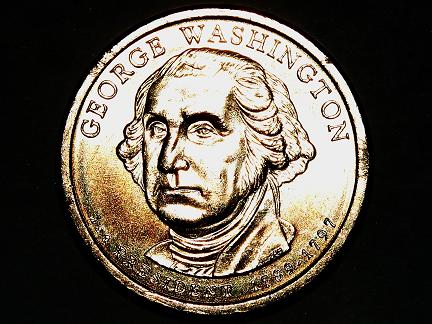 |
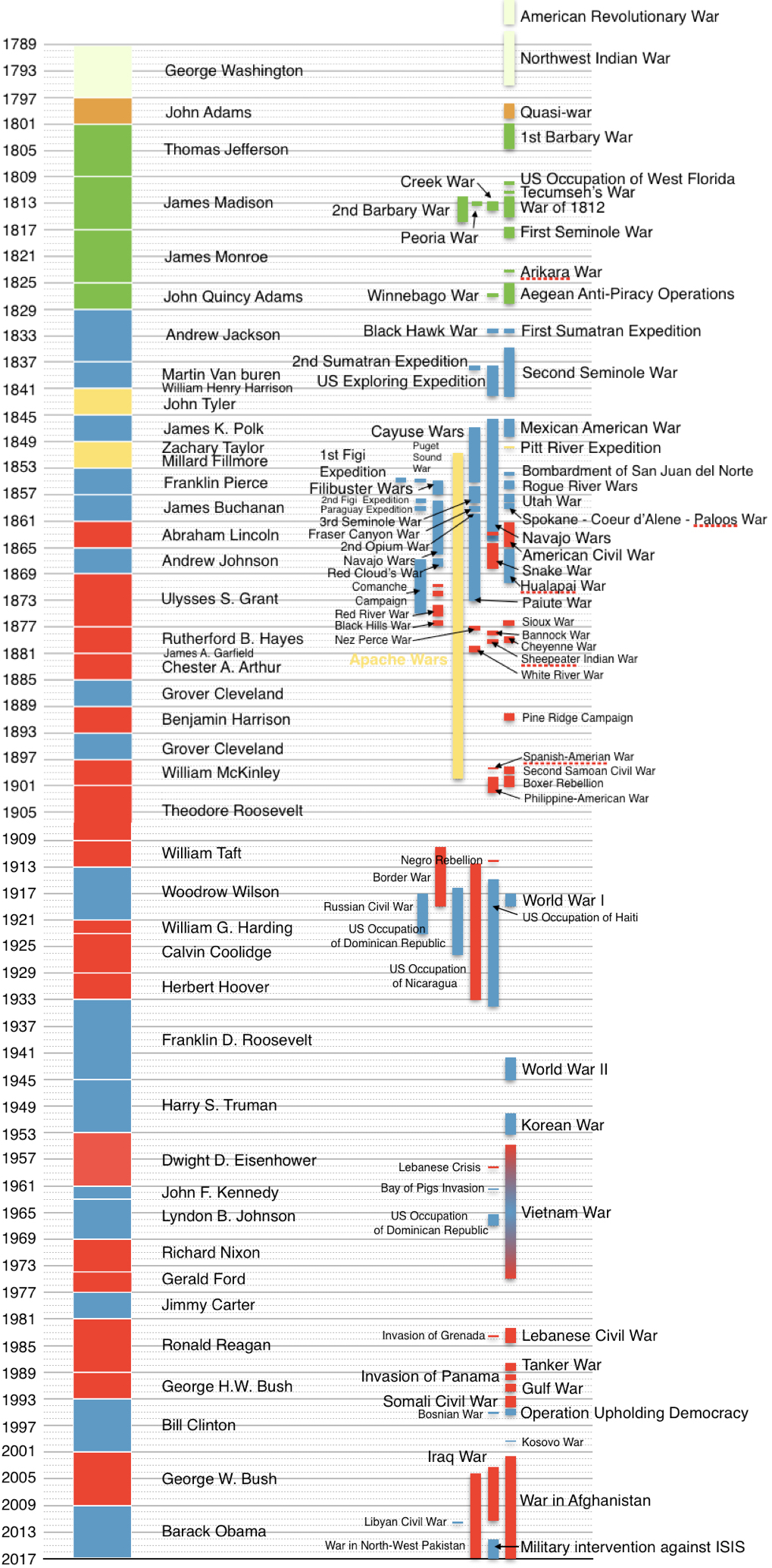 |
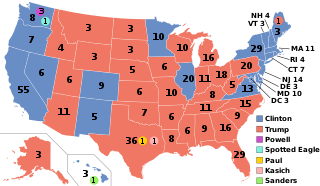 |
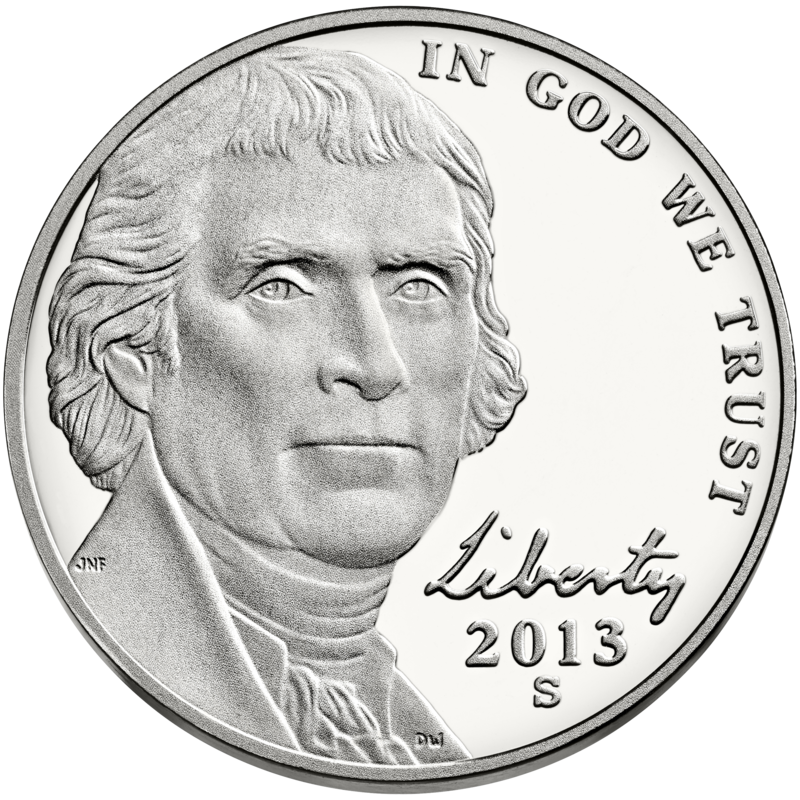 |
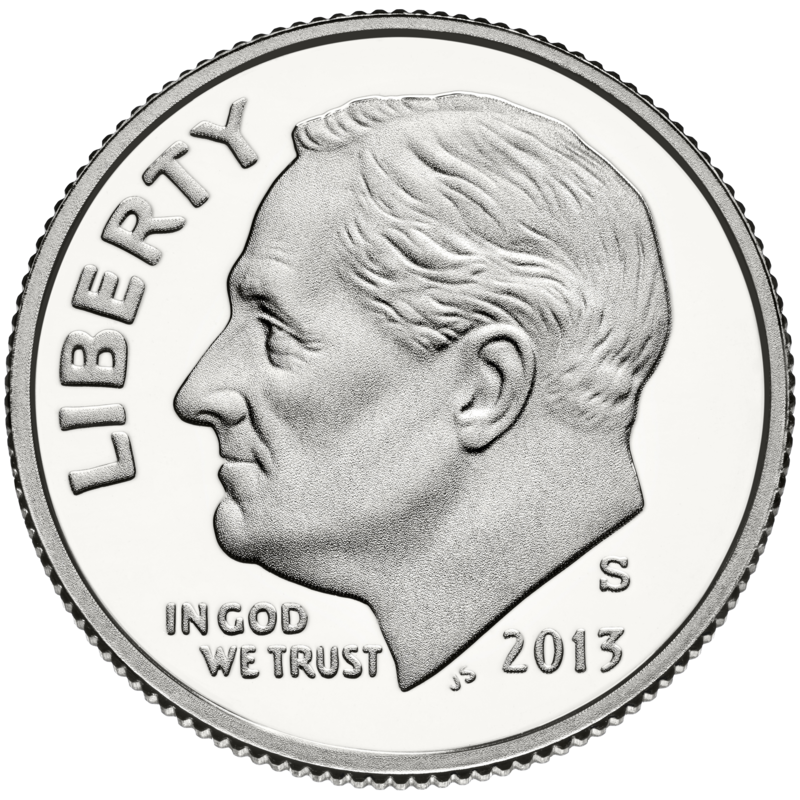 |
 |
|---|---|---|---|---|---|
 |
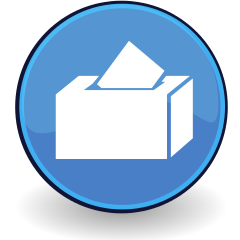 |
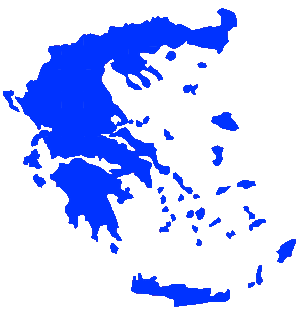 |
|---|---|---|
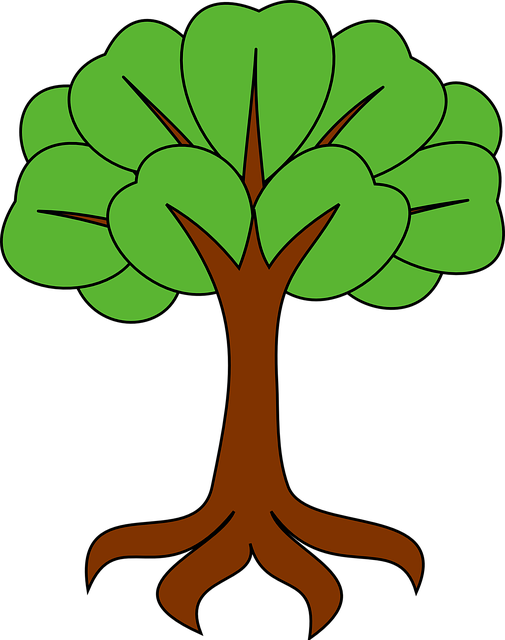 |
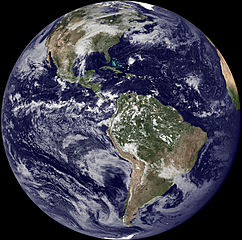 |
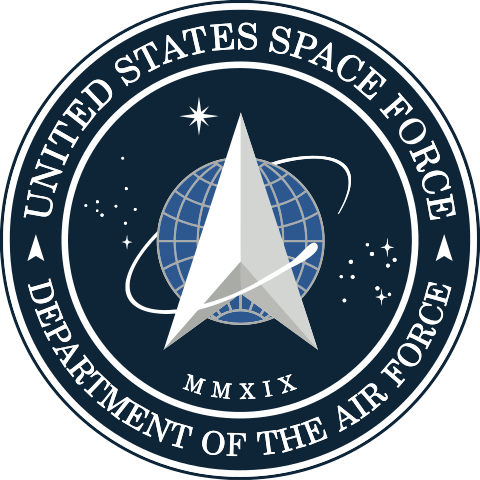 |
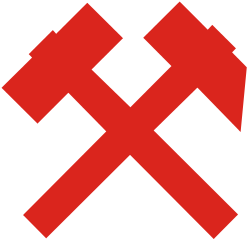 |
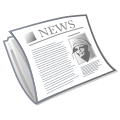 |
 |
|---|---|---|---|---|---|
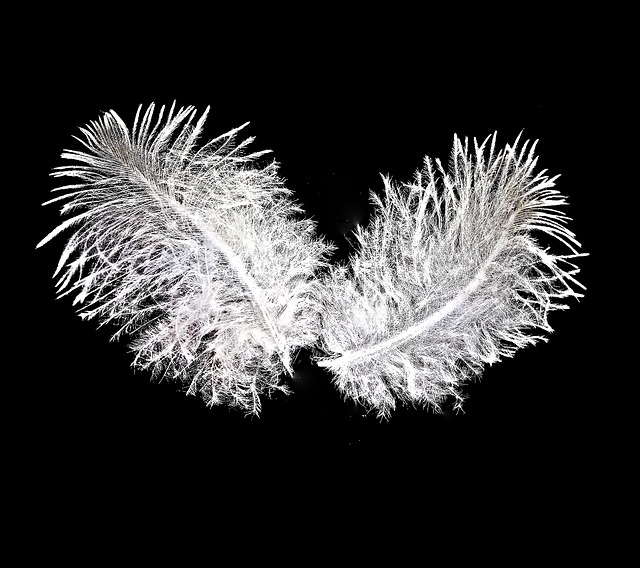 |
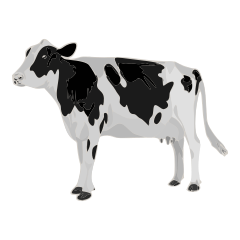 |
 |
|---|---|---|
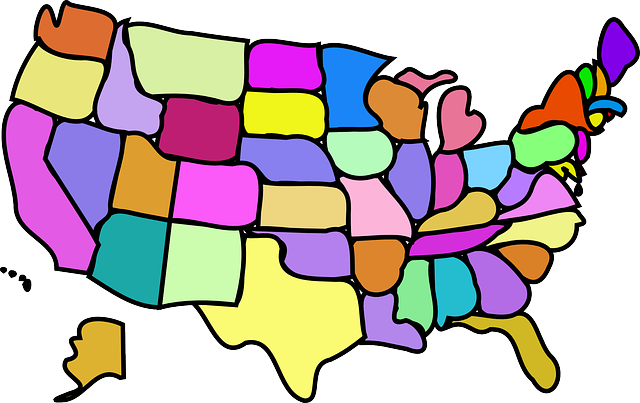 |
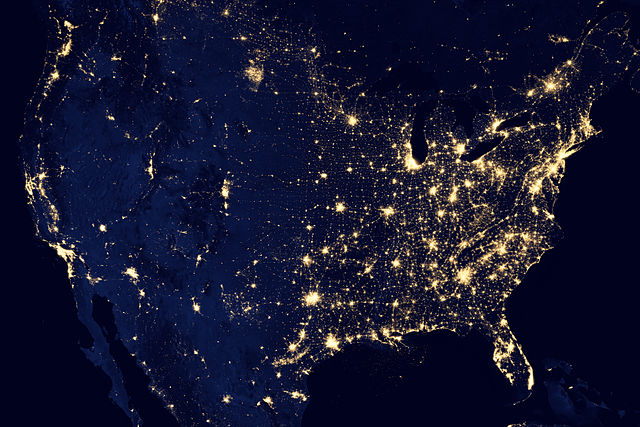 |
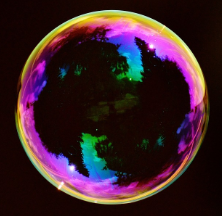 |
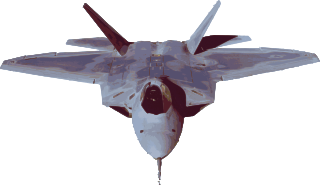 |
||
|---|---|---|---|---|---|
 |
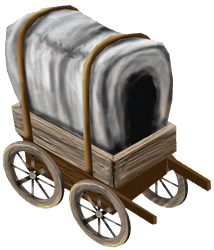 |
 |
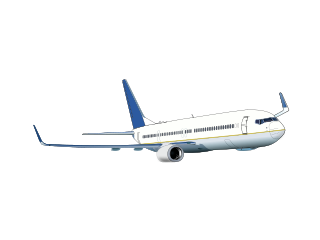 |
|||
|---|---|---|---|---|---|---|
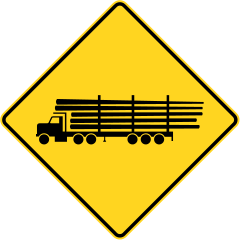 |
 |
 |
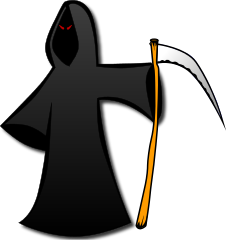 |
 |
|
|---|---|---|---|---|---|
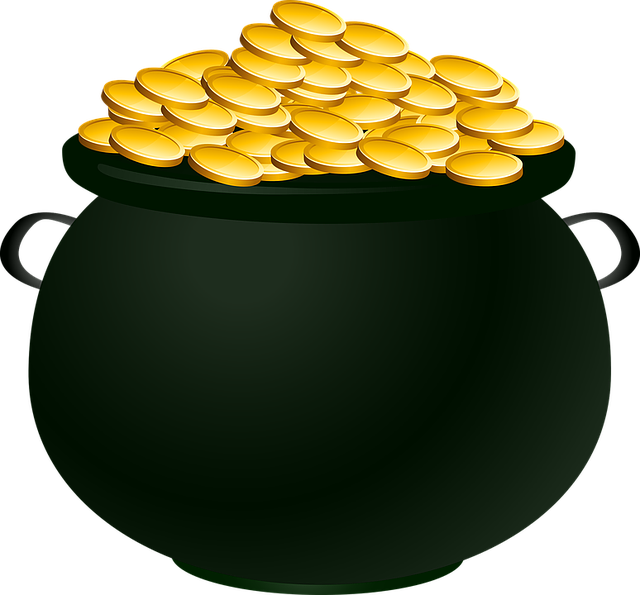 |
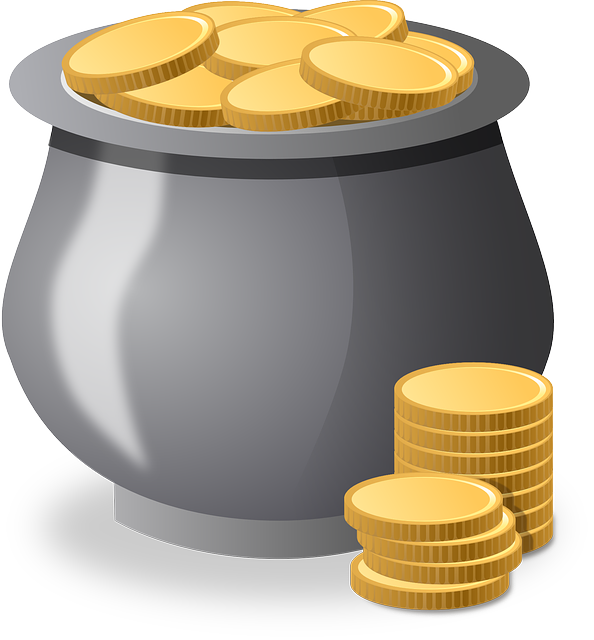 |
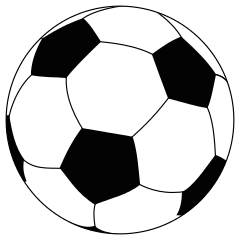 |
|---|---|---|
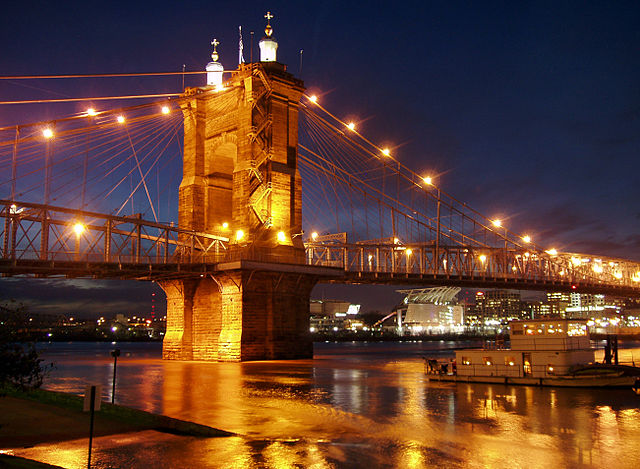 |
_under_the_Verrazano_Narrows_Bridge.jpg) |
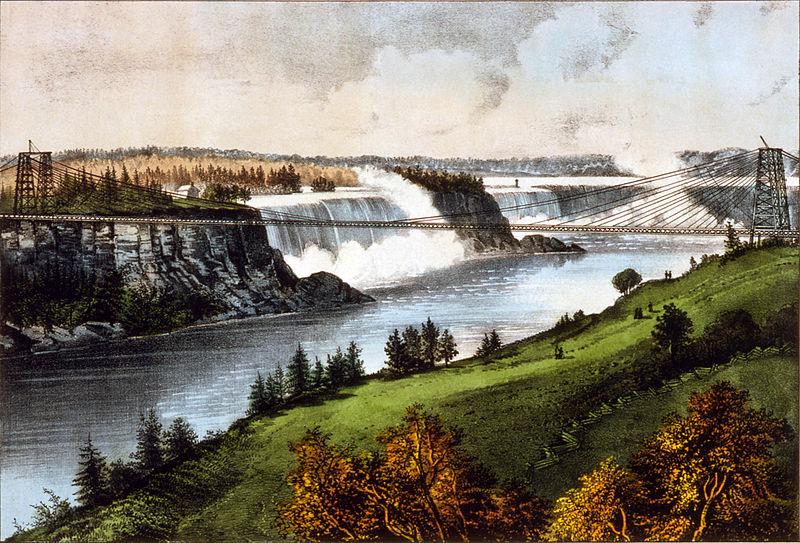 |
|
|---|---|---|---|
American suspension bridges have held the world record for length from 1849 to 1981.
In 1939 the world's 9 longest suspension bridges were American.
Year Length World record
Wheeling 1849 308 * West Virginia
Queenston-Lewiston 1851 317 * Niagara
John A. Roebling 1866 322 * Kentucky, Ohio
Niagara Clifton 1869 384 * Niagara
Brooklyn 1883 486 * New York City
Williamsburg 1903 488 * New York City
Bear Mountain 1924 497 * New York, Hudson River
Benjamin Franklin 1926 534 * Pennsylvania, New Jersey
Ambassador 1929 564 * Detroit, Ontario
George Washington 1931 1067 * New York City
Oakland Bay 1936 704 San Francisco Bay
Triborough Bridge 1936 421 Queens and Wards Island
Golden Gate 1937 1280 San Francisco Bay
Bronx-Whitestone 1939 701 New York City
Tacoma Narrows II 1950 853 New York City
Delaware Memorial 1951 656 Delaware River
Mackinac 1957 1158 Michigan, Upper and Lower Penninsula
Walt Whitman 1957 610 Delaware River
Throggs Neck 1961 549 New York City
Verrazano-Narrows 1964 1298 * New York City
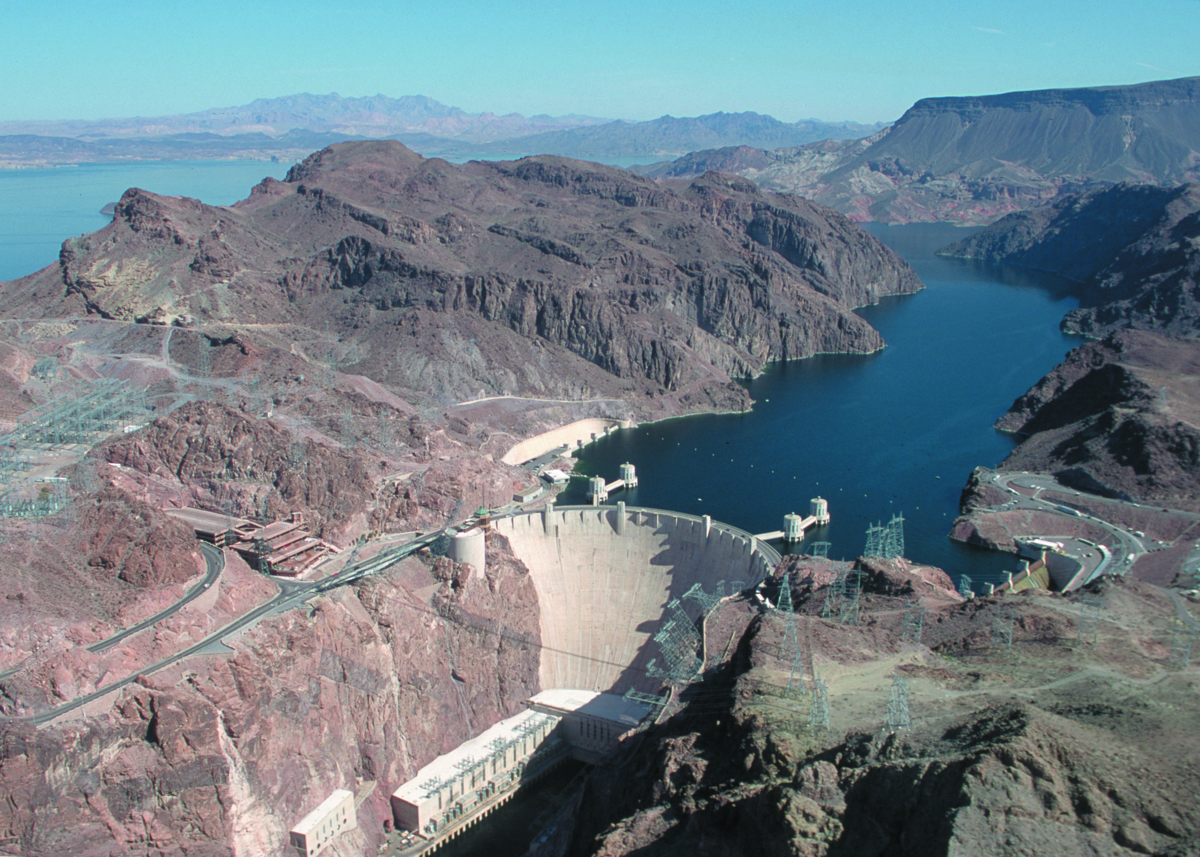 |
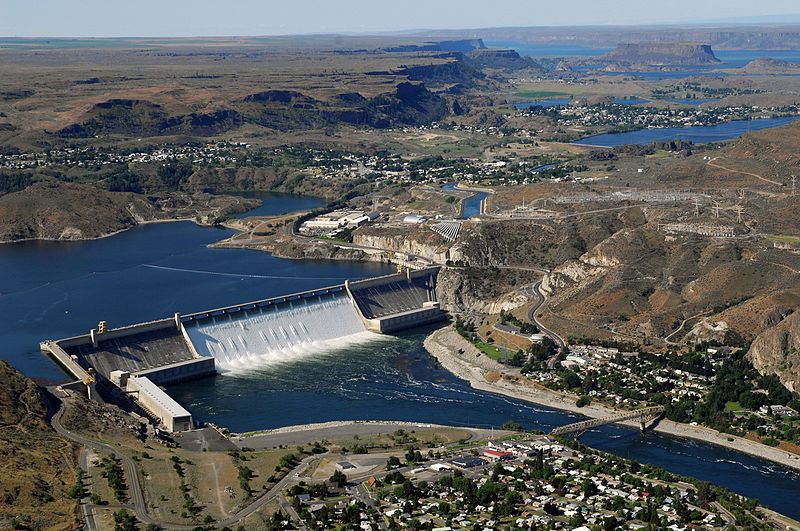 |
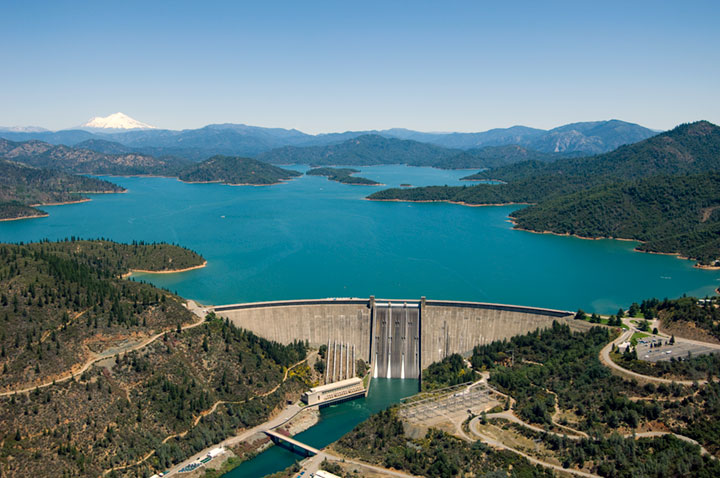 |
|---|---|---|
America was the first to harness large-scale hydroelectric power when Westinghouse and Tesla built a 37 MWatt plant at Niagara falls in 1895. They also solved the problem of long-distance transfer of electricity, inventing the alternating current method.
By 1930 America had built 10 dams with a height of at least 90 meters.
In 1945 America had the three highest dams in the world, the Hoover Dam, the Shasta Dam, and the Grand Couleee Dam.
Height Year Power
(m) completed (MW)
Niagara Adams 1895 37
Buffalo Bill 110 1910
Roosevelt 109 1911
Arrowrock 110 1915
Elephant Butte 92 1916
O'Shaughnessy 130 1923
Gorge 91 1924
Horse Mesa 93 1927 15
Canyon 109 1927 18
Pacoima 111 1929
Diablo 119 1930
Owyhee 127 1932
Hoover 221 1936 480
Grand Coulee 170 1942
Shasta 184 1945
Oroville Dam 187 1968 170
New Bullards 197 1969 150
Dworshak Dam 219 1973
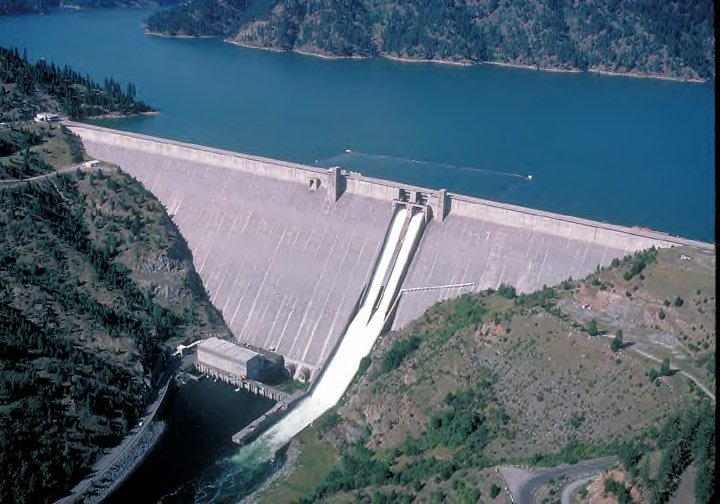 |
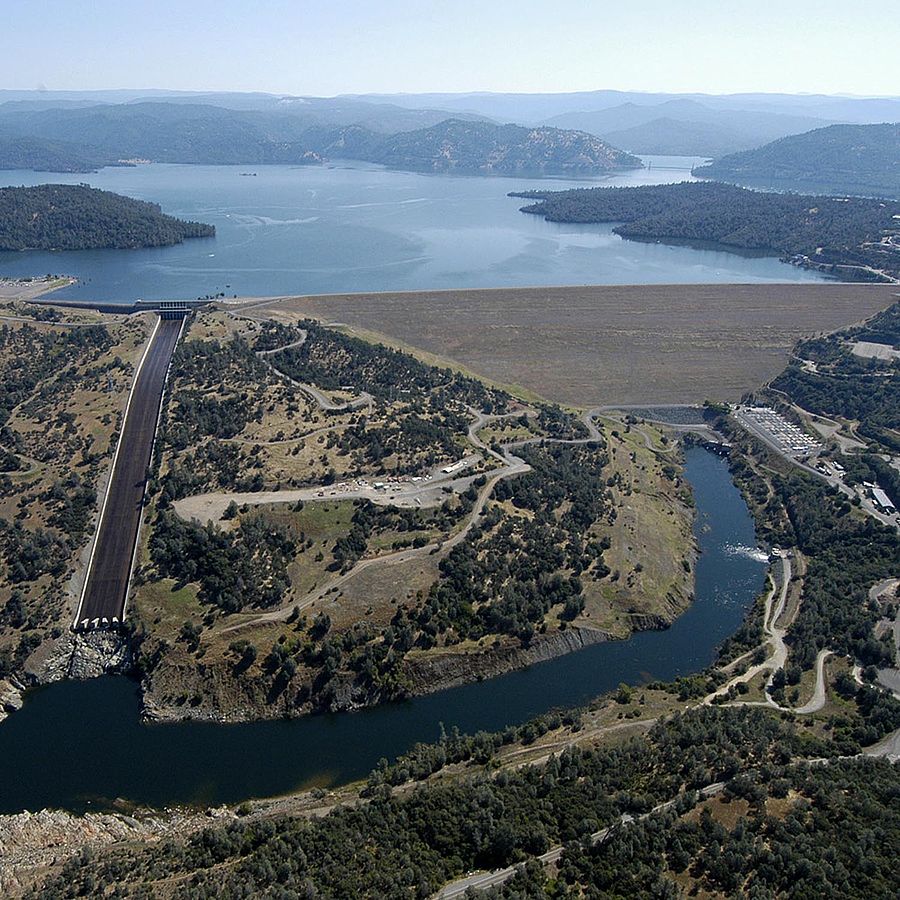 |
|---|---|
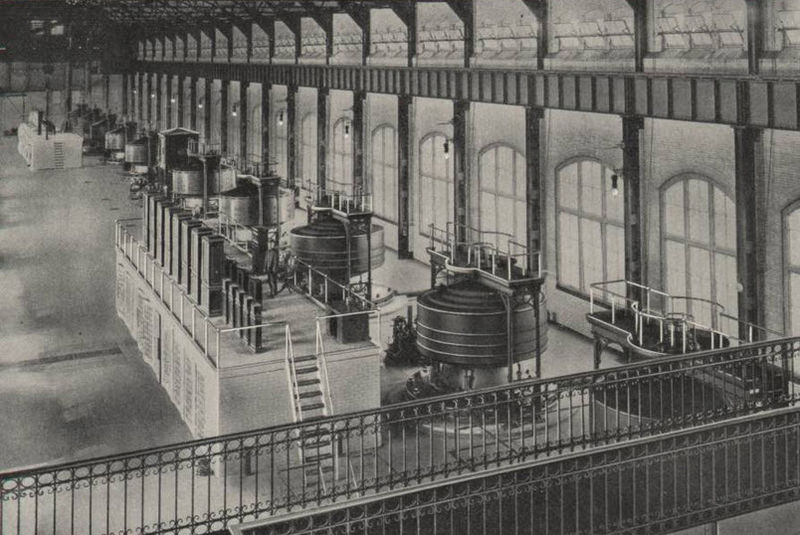 |
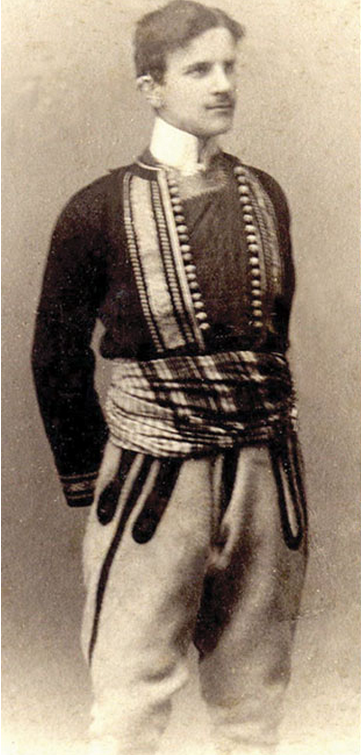 |
 |
|---|---|---|
Tesla and Westinghouse built the first large-scale hydro-powered electricity plant at Niagara falls in 1895. It generated 37 megawatts of power and turbocharged American manufacturing.
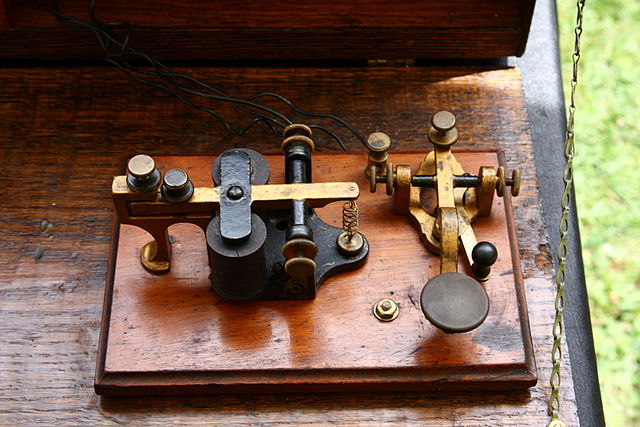 |
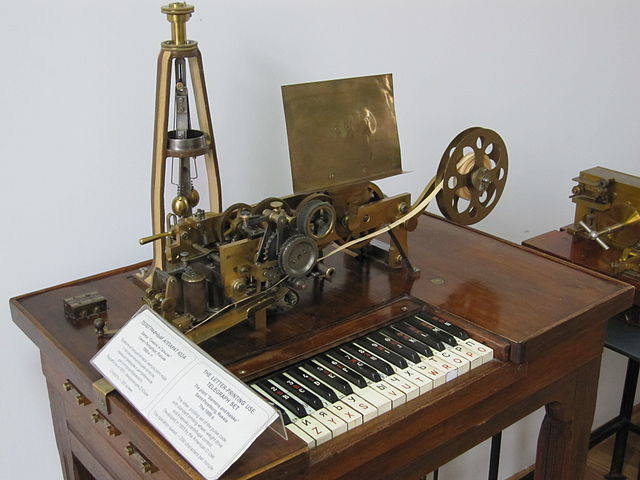 |
|---|---|
Telegraph km in 1852.
USA 37000 UK 2500 Prussia 2300 Austria 1600 Canada 1400 France 1100
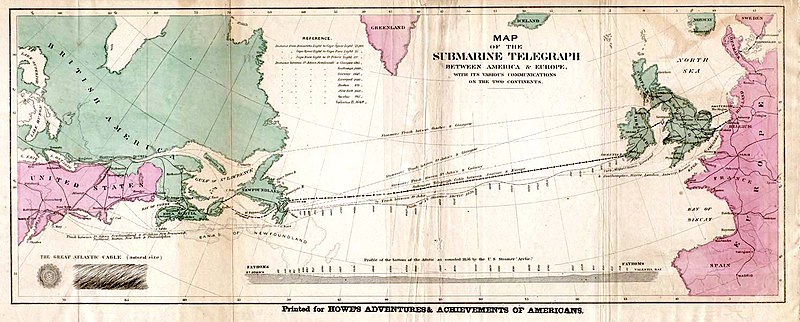 |
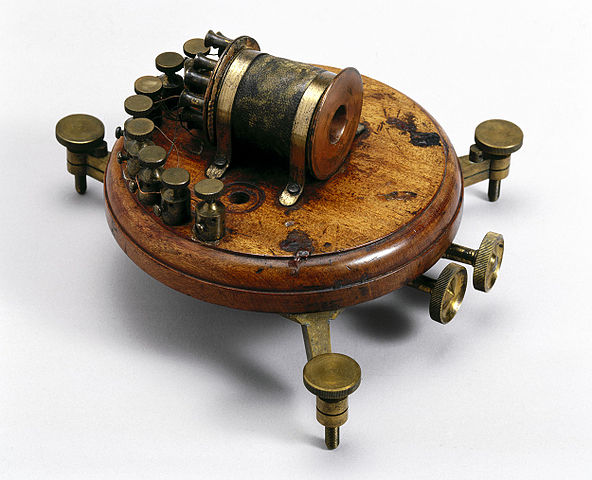 |
|---|---|
The first successful transatlantic cable linking America and the UK was completed in 1866. It was made possible by William Thompson's invention of the mirror galvanometer in 1857, for detecting telegraph signals.
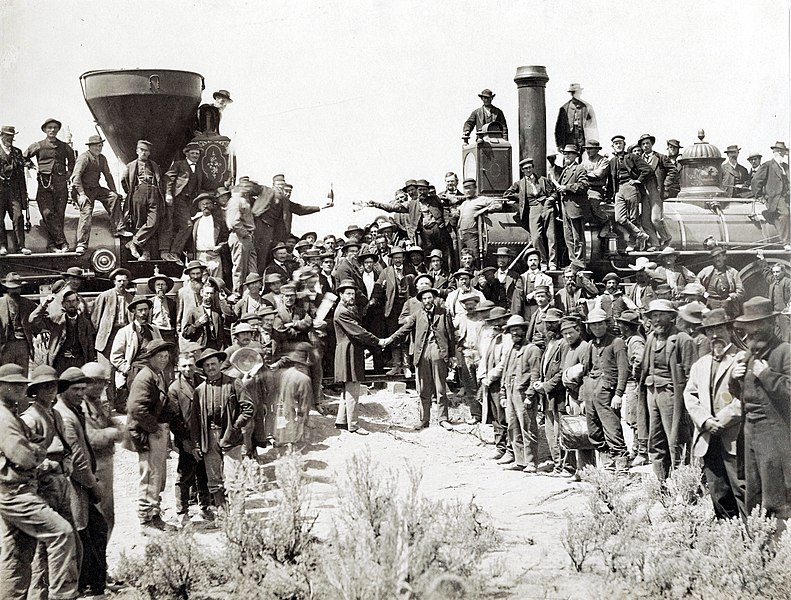 |
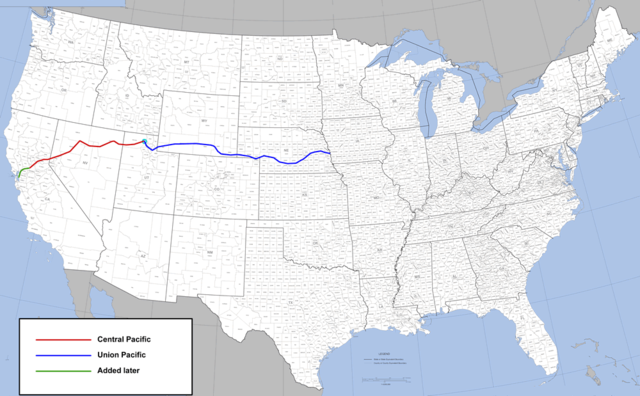 |
|---|---|
The transcontinental railway was started in 1863 and completed in 1869, opening up the West to rail transport.
In 1828, rail crossed the Appalachian mountains.
By 1860 The North and Midwest constructed networks that linked every city. In the heavily settled Midwestern Corn Belt, over 80 percent of farms were within 8 km of a railway. The USA had 28900 railroad miles and the UK had 10400.
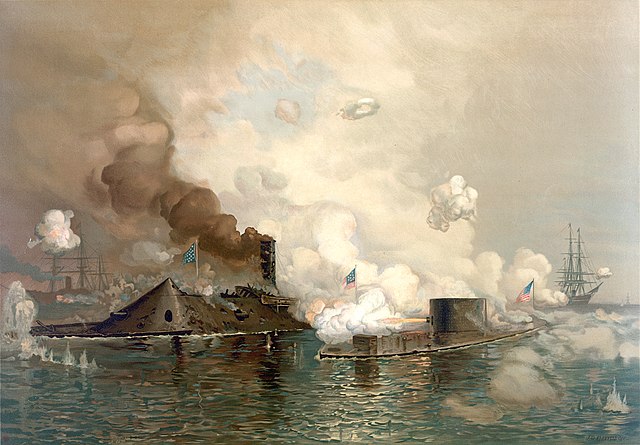 |
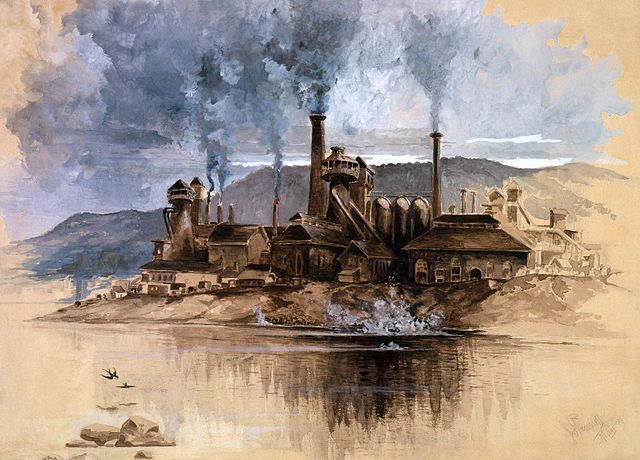 |
|---|---|
The first naval battle involving iron ships was in the civil war in 1862, between the North's Merrimac and the South's Virginia.
Steel production in 1913 in billion kg.
USA 31.5 Germany 19.3 UK 10.4
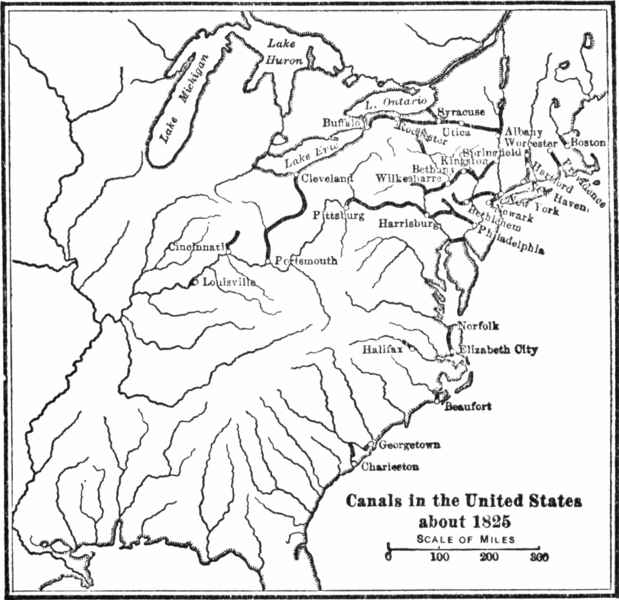 |
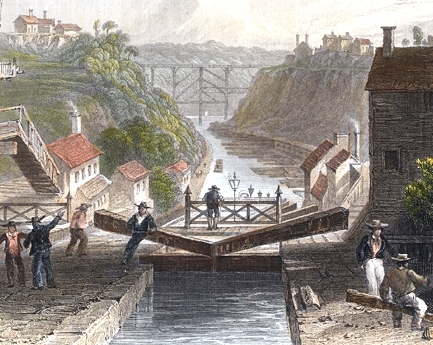 |
|---|---|
The Erie Canal, completed in 1825, was the second longest canal in the world.
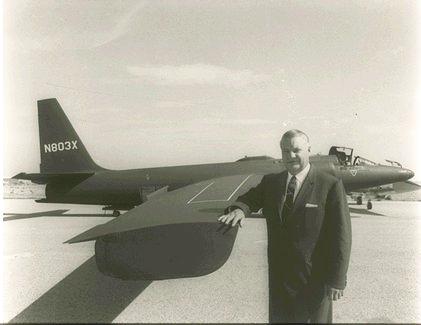 |
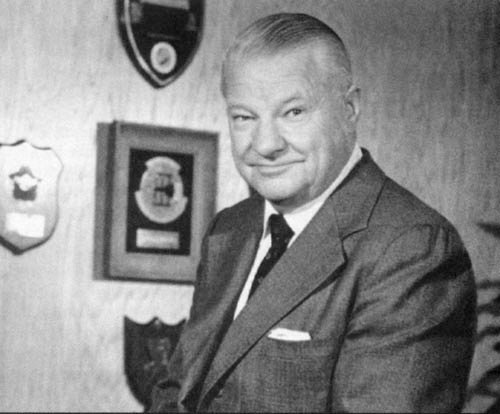 |
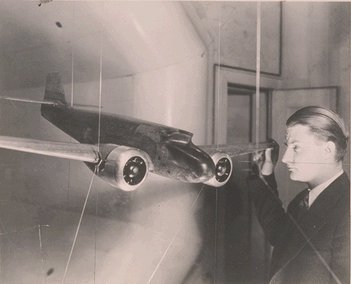 |
|---|---|---|
Aircraft designed by Kelly Johnson include:
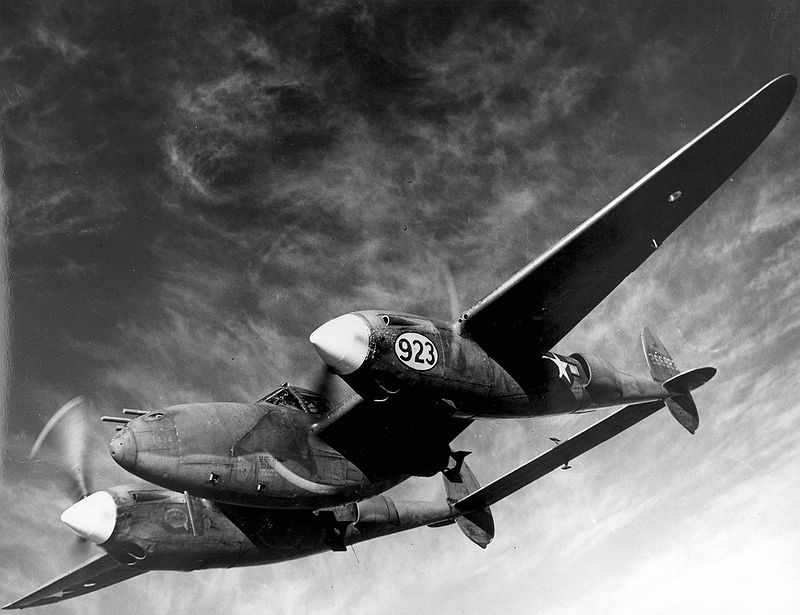 |
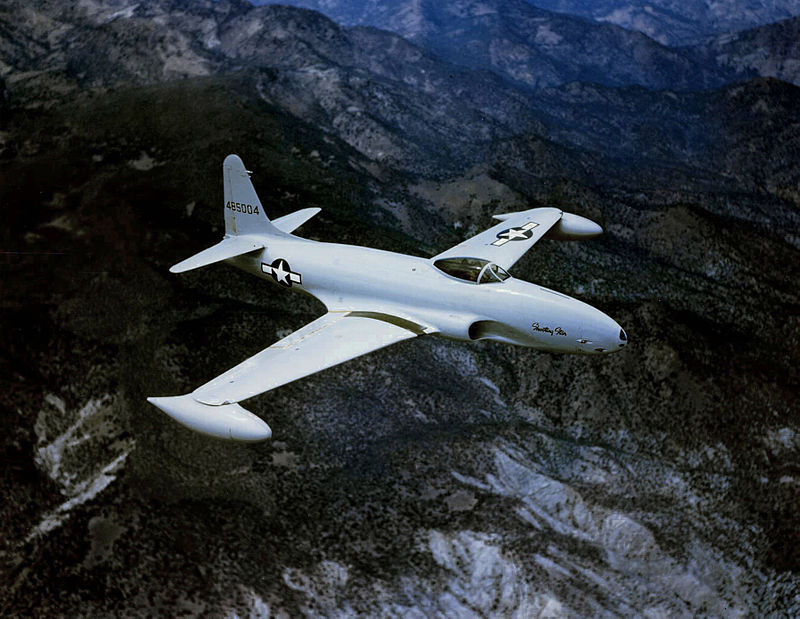 |
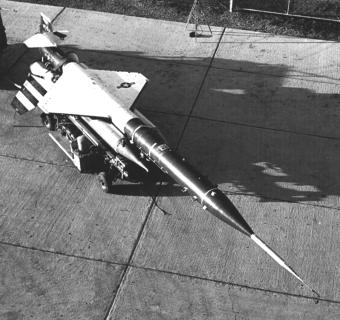 |
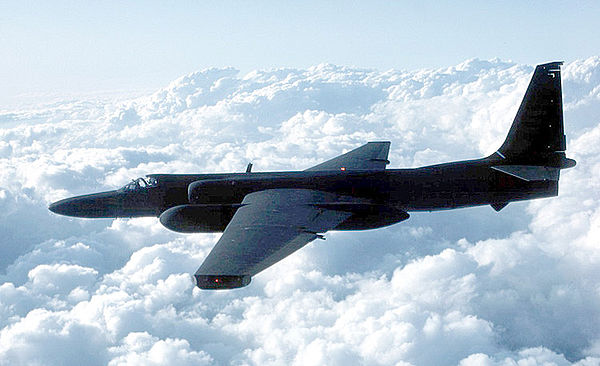 |
|---|---|---|---|
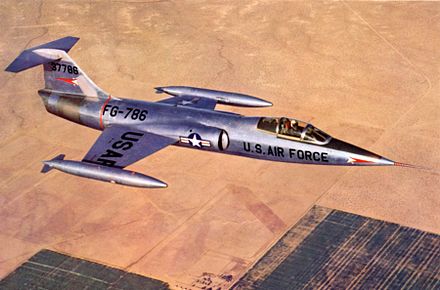 |
 |
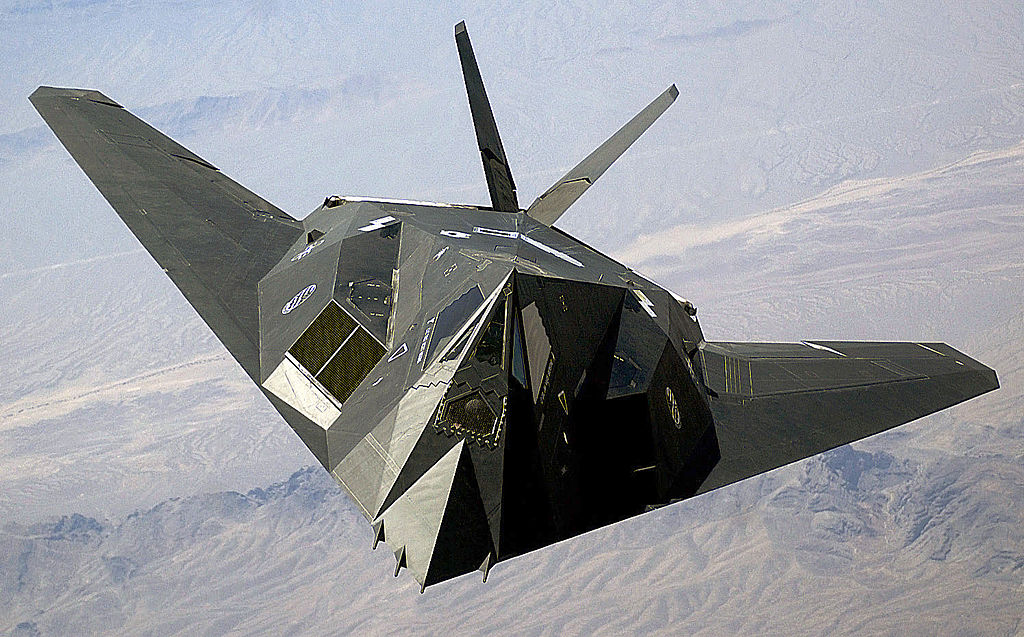 |
|---|---|---|
Hall Hibbard: "That damned Swede can actually see air."
 |
.jpg) |
.jpg) |
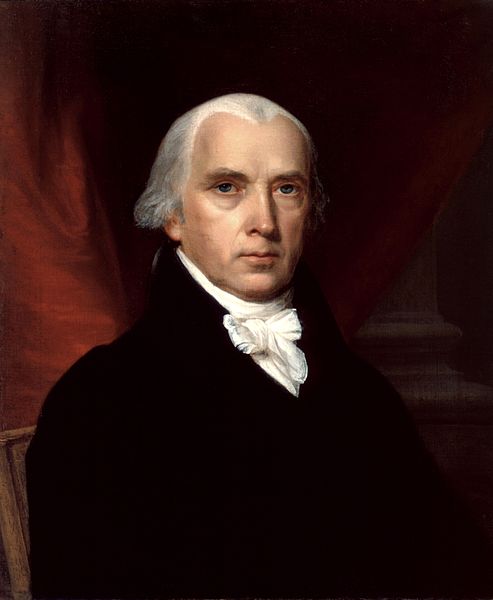 |
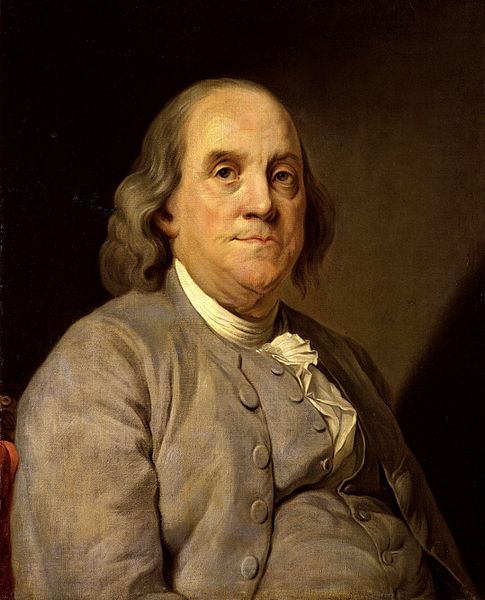 |
.jpg) |
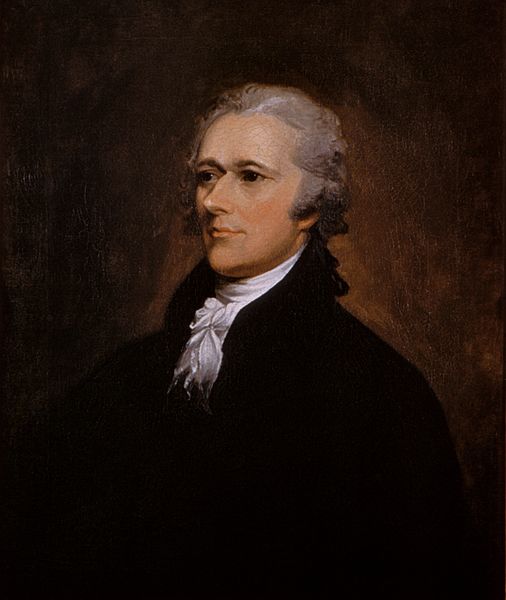 |
|---|---|---|---|---|---|---|
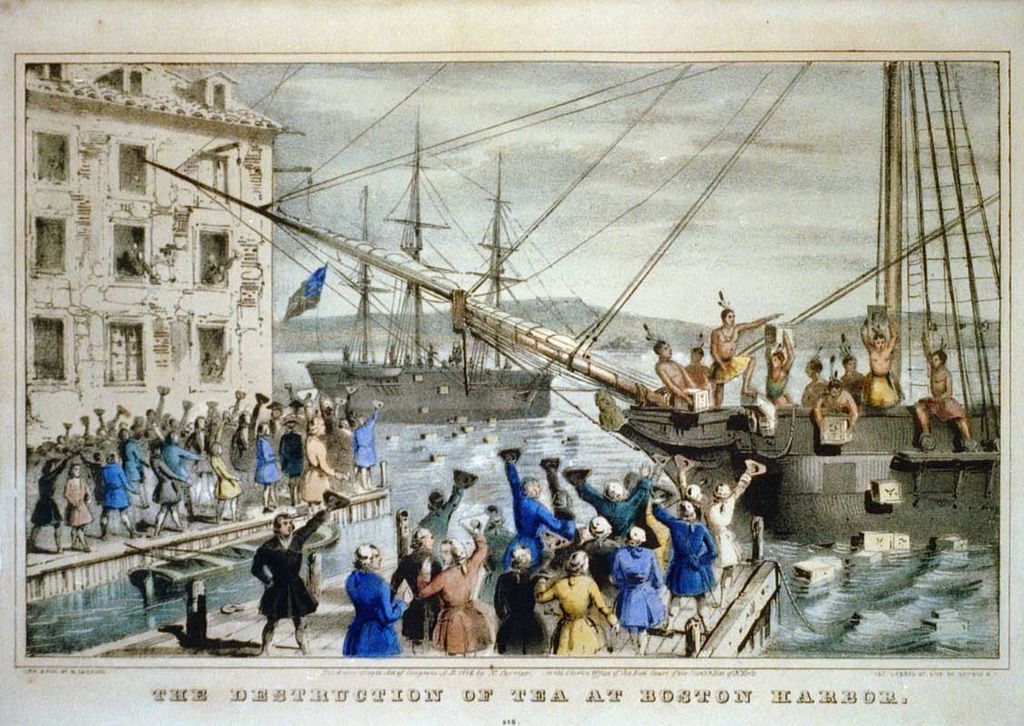 |
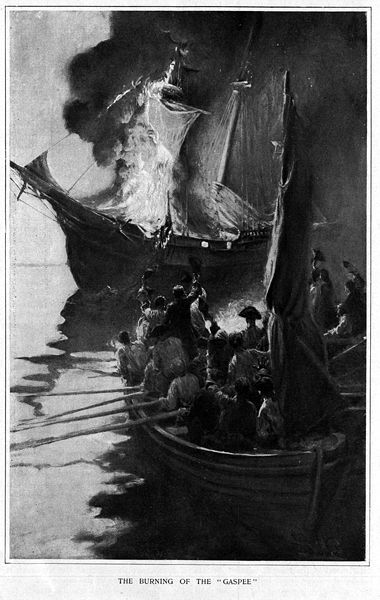 |
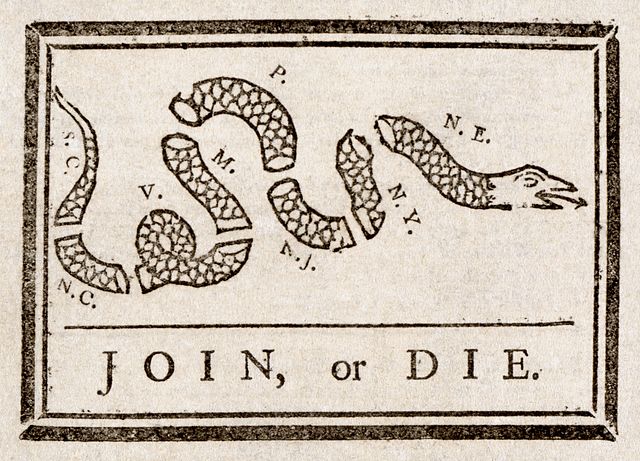 |
|
|---|---|---|---|
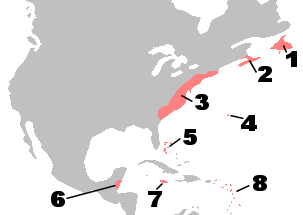 |
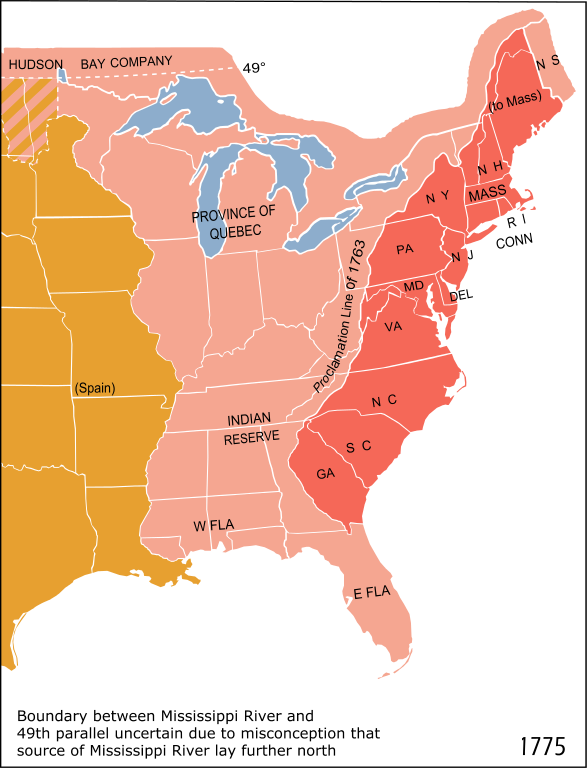 |
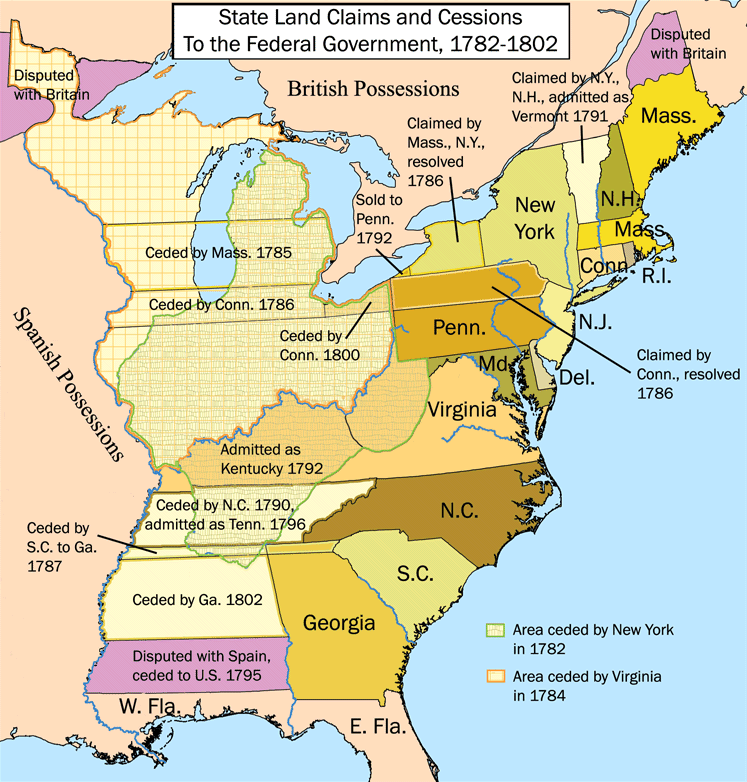 |
|---|---|---|
1743 American Philosophical Society founded by Franklin, located in Philadelphia.
Members included Washington, Adams, Jefferson, Madison, Hamilton, McHenry, & Paine
1773 Boston Tea party
1774 First Continental Cngress held, consisting of delegates from 12 of the 13 colonies
1774 Patriots of Boston form an informal government independent of Great Britain
1775 Battles of Lexington and Concord
1775 Patriots form Provisional Congresses in each of the 13 colonies that are
independent of Great Britain, and they form a unified Continental Congress
1775 Patriots form the Continental Army, commanded by Washington
1775 Global war erupts. American Patriots, France, Spain, & The Dutch vs.
American Loyalists and Great Britain
1776 Declaration of Independence, July 4
1776 British expelled from Boston
1776 British capture New York and hold it for the duration of the War
1776 Patriot invasion of Canada fails
1777 Patriots win the Battle of Saratoga and capture a British army
1777 France enters the war on the side of the Patriots
1781 Patriots and French win the Battle of Yorktown and capture a British army
1781 Articles of Confederation
1783 Treaty of Paris ends the war with America as an independent nation
America holds all territory east of the Mississippi and south of the Great Lakes
Britain holds Canada
Spain holds Florida
1787 Federalist Papers published by Hamilton, Madison, & Jay
1788 Constitution
1789 Washington's term as President begins
1791 Bill of Rights
,_by_John_Trumbull.jpg) |
|---|
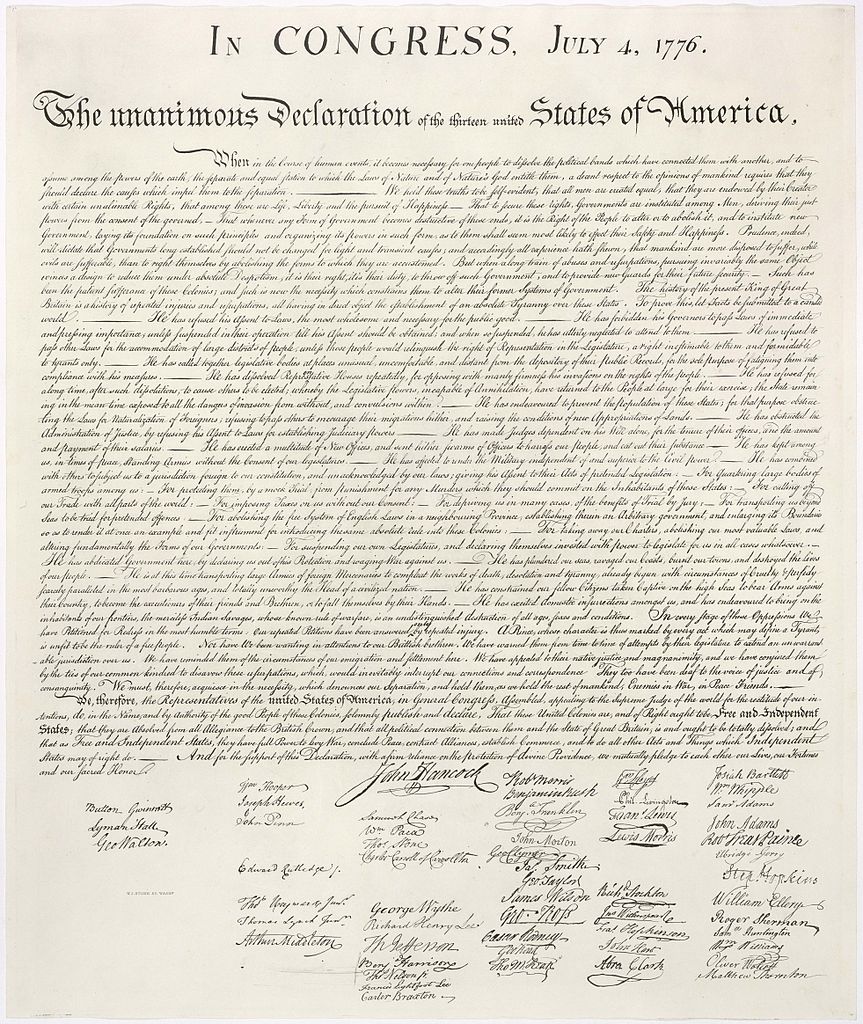 |
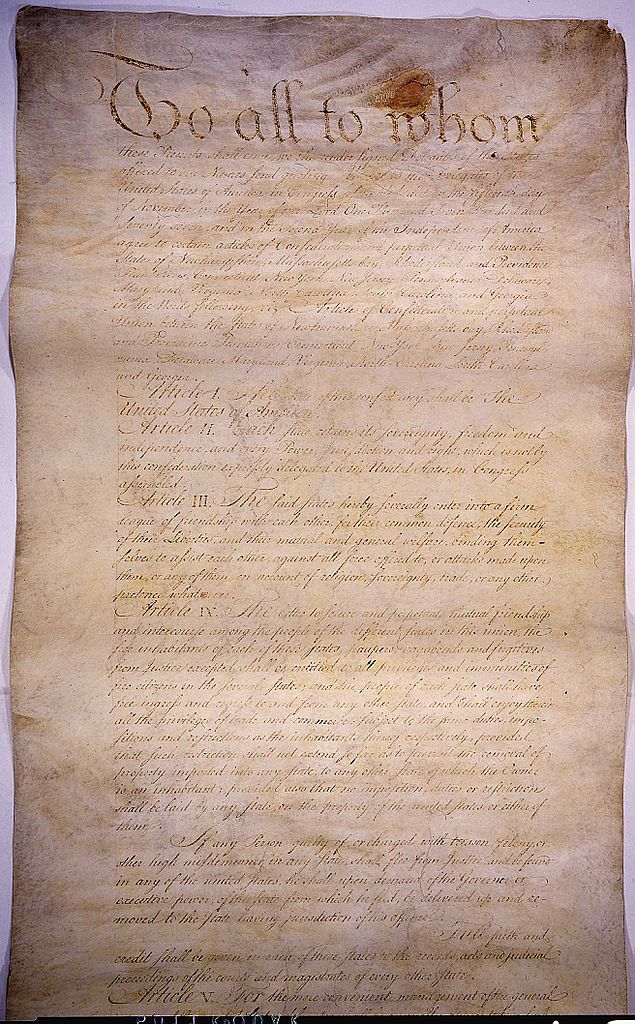 |
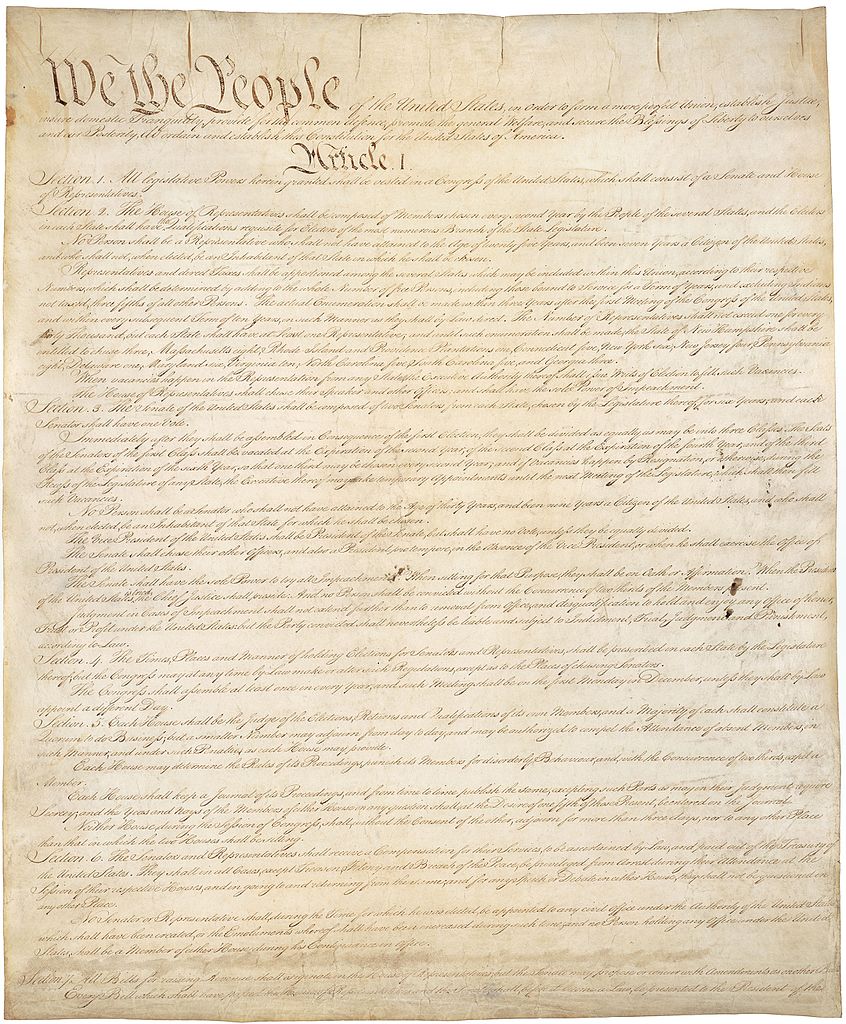 |
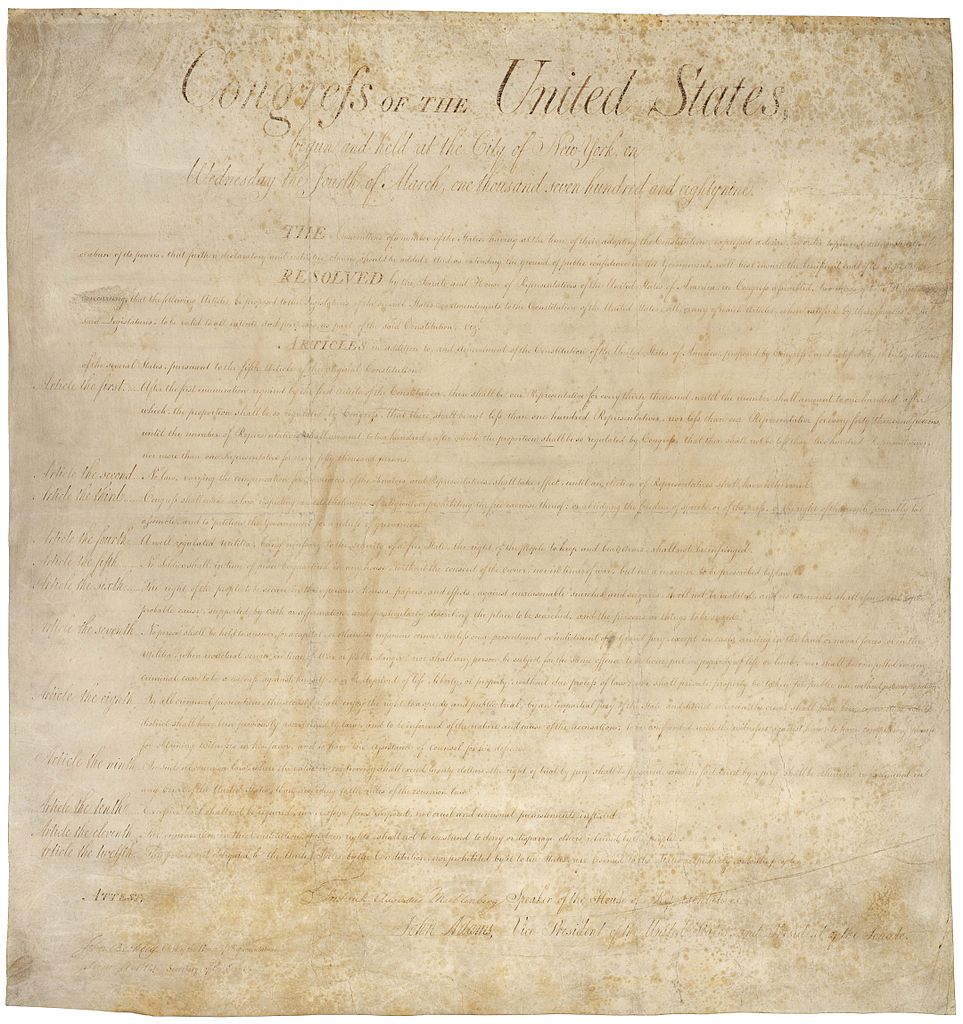 |
|---|---|---|---|
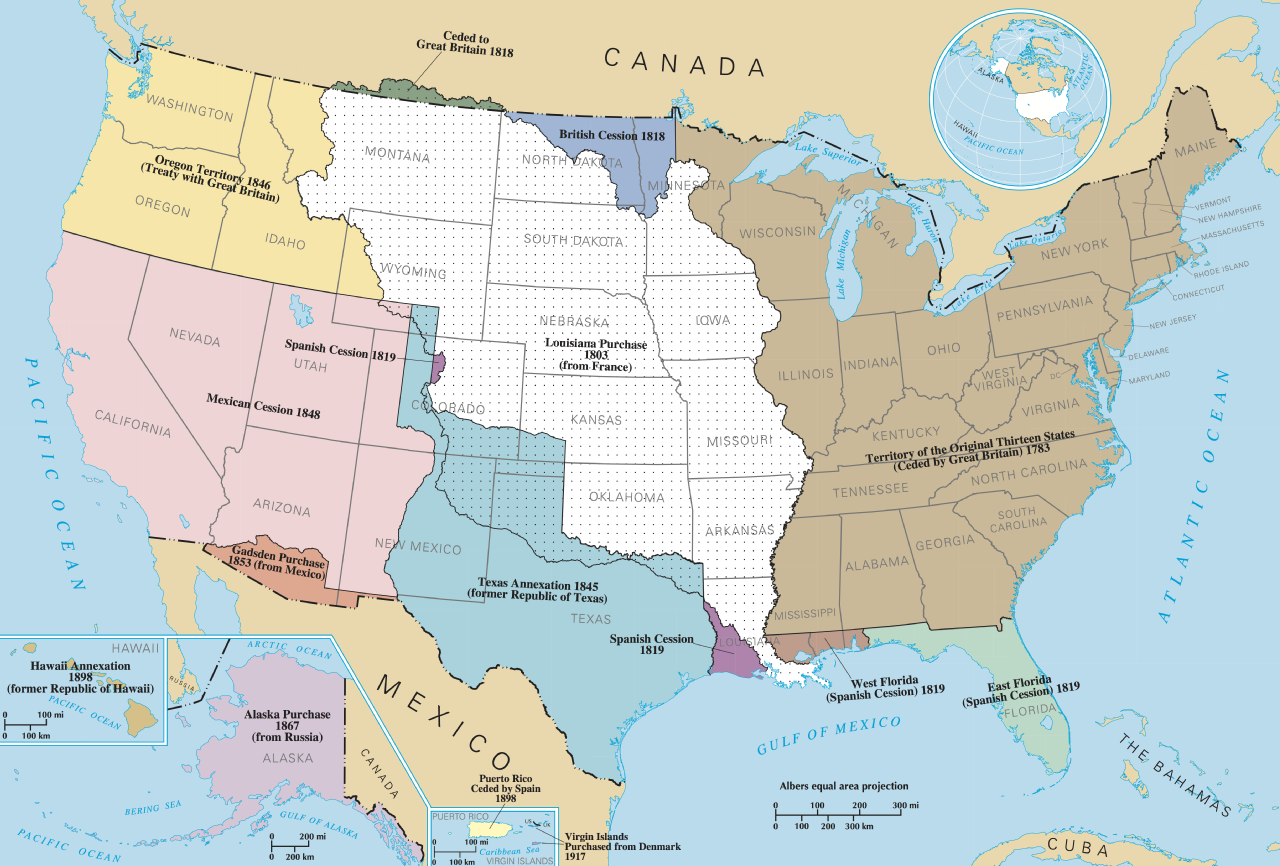 |
|---|
Friends Foes
1775 1783 War of Independence France England
1789 Washington become President
1801 1805 First Barbary War Sweden, Sicily Barbary States
1803 Louisiana Purchase
1812 1815 War of 1812 France Great Britain
1815 1816 Second Barbary War Barbary States
1819 Acquisition of Florida
1835 1836 Texas revolution Mexico
1845 Texas annexed
1846 Oregon Territory Acquisition
1846 1848 Mexican-American War Mexico
1848 Acquisition from Mexico
1853 Gadsden Purchase
1861 1865 American Civil War
1865 1891 Indian Wars Indian Tribes
1867 Alaska Purchase
1898 Spanish American War Spain
1898 Hawaii Annexation
1899 1902 Philippine-American War PHilippine Republic
1917 1918 World War 1 UK, France Germany
1841 1945 World War 2 UK, France, Russia Germany, Japan, Italy
1950 1953 Korean War South Korea North Korea
1964 1975 Vietnam War South Vietnam North Vietnam
1998 1999 Intervention in Yugoslavia
2001 Intervention in Afghanistan
2003 Intervention in Iraq
2011 Intervention in Libya
2014 Intervention in Syria
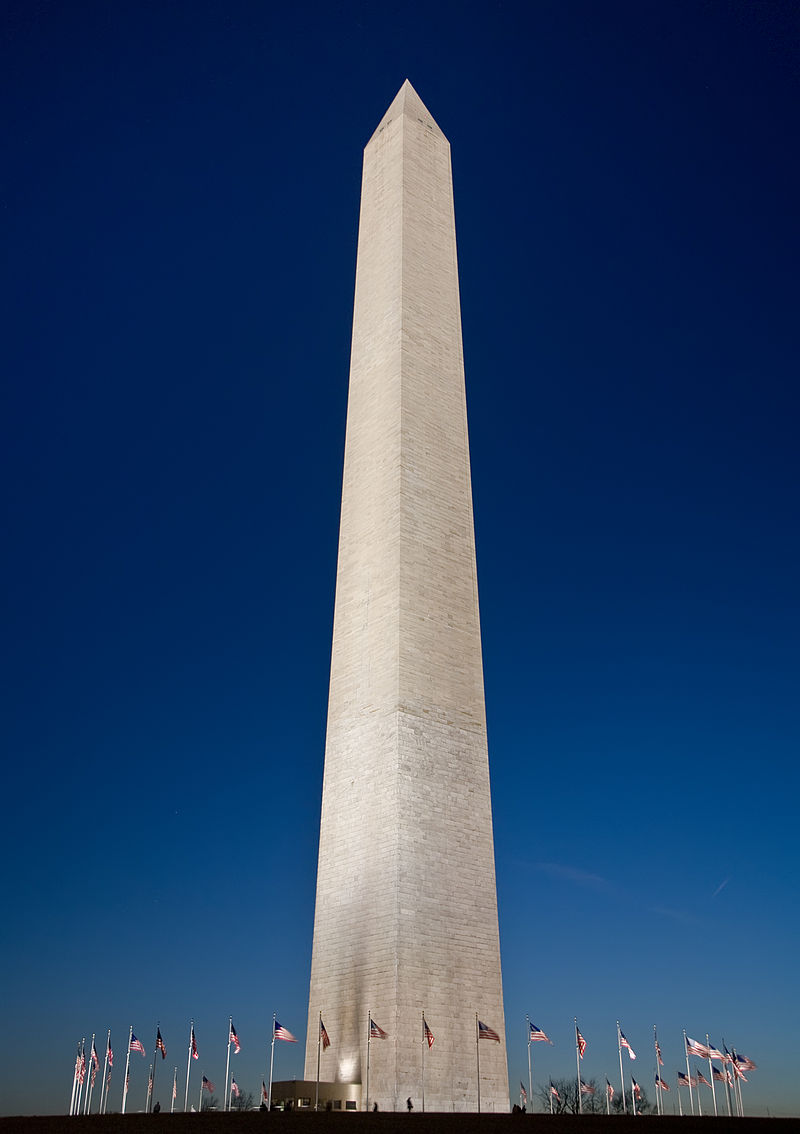 |
|---|
The American Revolutionary War concluded with the signing of the Treaty of Paris on September 3, 1783. Washington then disbanded his army and, on November 2, gave an eloquent farewell address to his soldiers. On November 25, the British evacuated New York City, and Washington and the governor took possession. At Fraunces Tavern on December 4, Washington formally bade his officers farewell and on December 23, 1783, he resigned his commission as commander-in-chief, saying "I consider it an indispensable duty to close this last solemn act of my official life, by commending the interests of our dearest country to the protection of Almighty God, and those who have the superintendence of them, to his holy keeping." Historian Gordon Wood concludes that the greatest act in his life was his resignation as commander of the armies-an act that stunned aristocratic Europe. King George III called Washington "the greatest character of the age" because of this.
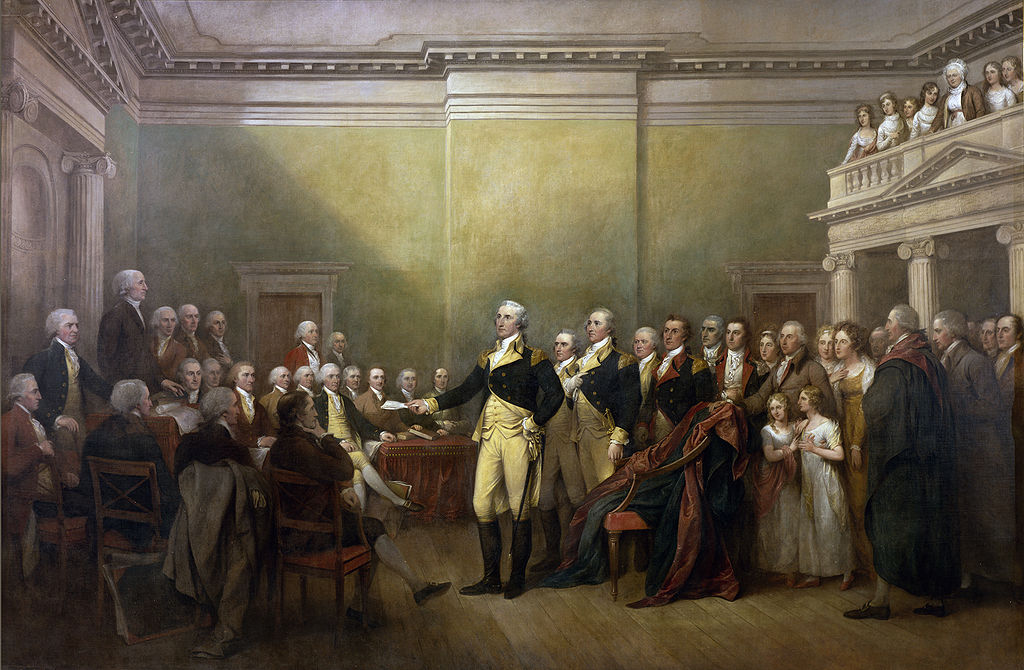 |
|---|
Washington's retirement to personal business at Mount Vernon was short-lived. After much reluctance, he was persuaded to attend the Constitutional Convention in Philadelphia during the summer of 1787 as a delegate from Virginia, where he was elected in unanimity as president of the Convention. He held considerable criticism of the Articles of Confederation of the thirteen colonies, for the weak central government it established, referring to the Articles as no more than "a rope of sand" to support the new nation. His participation in the debates was minor, although he casted his vote when called upon; his prestige facilitated the collegiality and productivity of the delegates. After a couple of months into the task, Washington told Alexander Hamilton, "I almost despair of seeing a favorable issue to the proceedings of our convention and do therefore repent having had any agency in the business." In the end agreements were hatched however, and Washington thought the achievement monumental.
The Electoral College unanimously elected Washington as the first president in 1789, and again in 1792. He remains the only president to receive the totality of electoral votes. Washington ensured titles and trappings were suitably republican and never emulated European royal courts. To that end, he preferred the title "Mr. President" to the more majestic names proposed by the Senate.
Washington's Farewell Address (issued as a public letter in 1796) was one of the most influential statements of republicanism. Drafted primarily by Washington himself, with help from Hamilton, it gives advice on the necessity and importance of national union, the value of the Constitution and the rule of law, the evils of political parties and the proper virtues of a republican people. He referred to morality as "a necessary spring of popular government", and said, "Whatever may be conceded to the influence of refined education on minds of peculiar structure, reason and experience both forbid us to expect that national morality can prevail in exclusion of religious principle."
After retiring from the presidency in March 1797, Washington returned to Mount Vernon. He devoted much time to his plantations and other business interests, including his distillery which produced its first batch of spirits in February 1797.
By 1798, relations with France had deteriorated to the point that war seemed imminent, and on July 4, 1798, President Adams offered Washington a commission as lieutenant general and Commander-in-chief of the armies raised or to be raised for service in a prospective war. He accepted, and served as the senior officer of the United States Army from July 13, 1798 until his death seventeen months later. He participated in the planning for a Provisional Army to meet any emergency that might arise, but avoided involvement in details as much as possible; he delegated most of the work, including leadership of the army, to Hamilton.
During the Revolutionary ad Early Republican periods of American history, many commentators compared Washington with the Roman aristocrat and statesman Cincinnatus. The comparison arose as Washington, like Cincinnatus, remained in command of the Continental Army only until the British had been defeated. Thereafter, instead of seeking great political power, he returned as quickly as possible to cultivating his lands. Lord Byron's Ode to Napoleon also lionized Washington as "the Cincinnatus of the West"
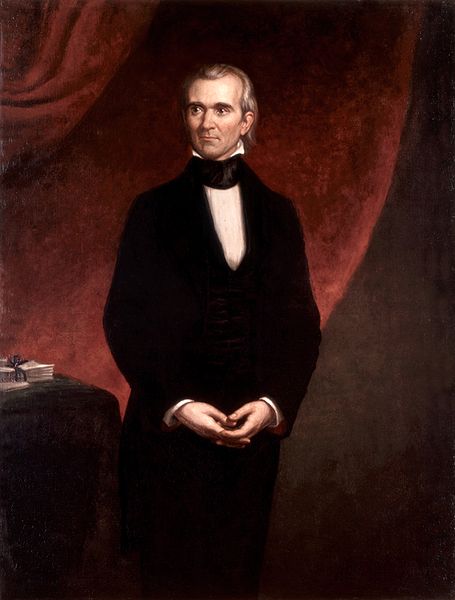 |
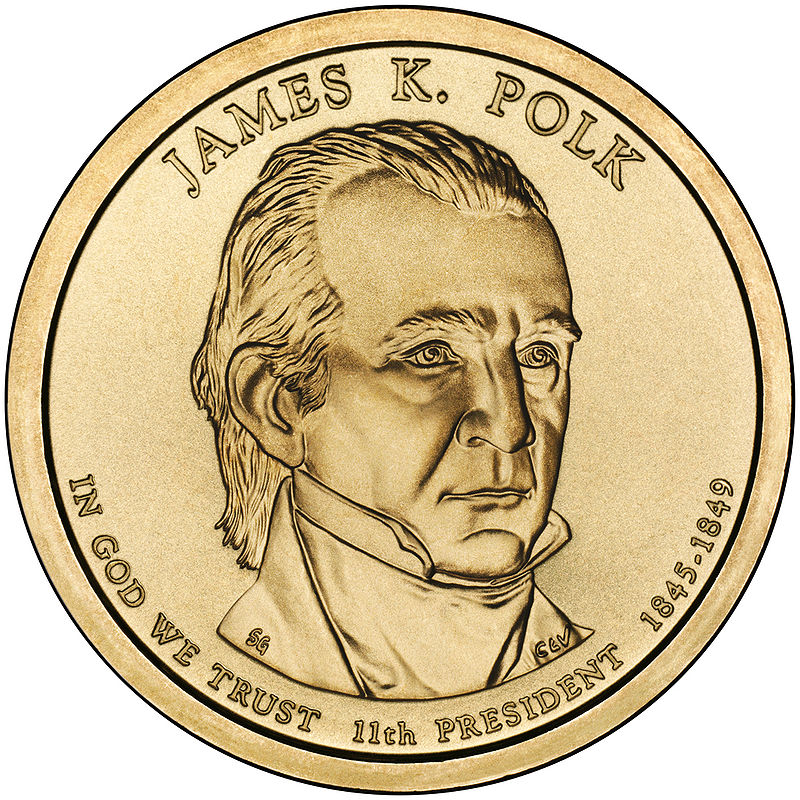 |
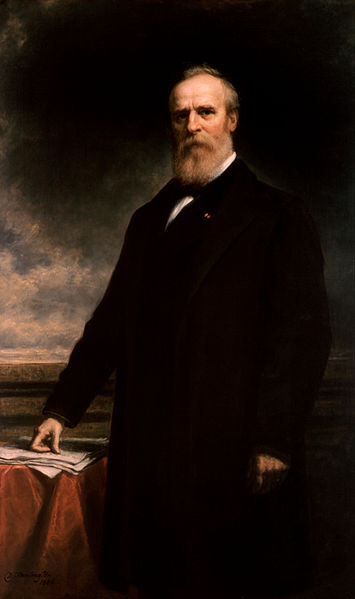 |
|---|---|---|
When running for president Polk pledged to serve one term. As president he worked hard, fulfilled his campaign promises, and didn't run for reelection. He died 3 months after the conclusion of his presidency, having worked himself to exhaustion.
Polk fulfilled his campaign promises:
*) Acquire California and New Mexico from Mexico
*) Acquire some or all of Oregon Country
*) Reduce tariffs
*) Reestablish the independent Treasury System
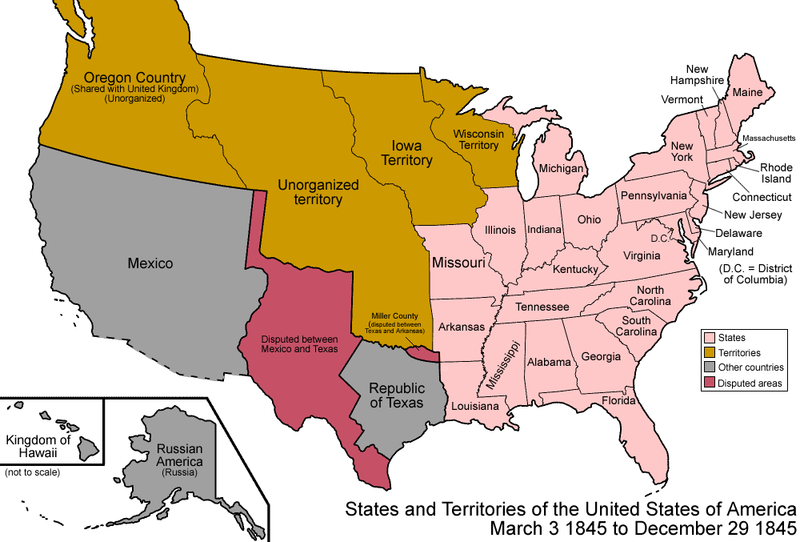 |
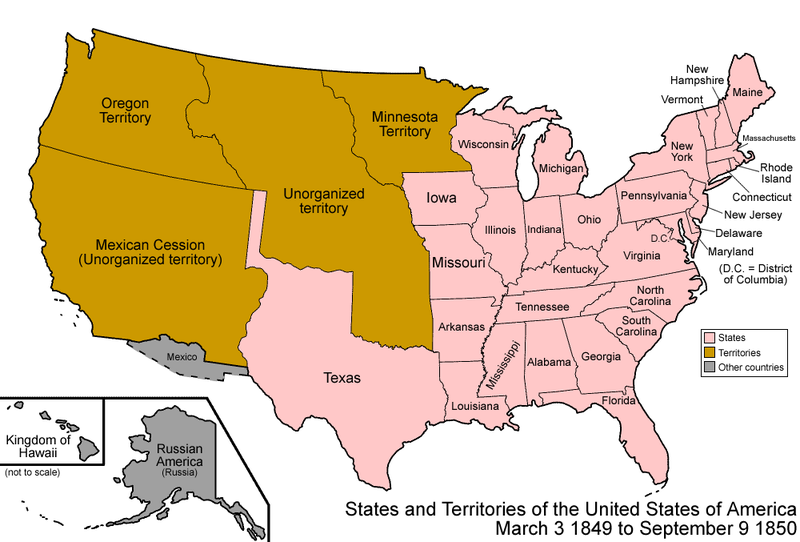 |
|---|---|
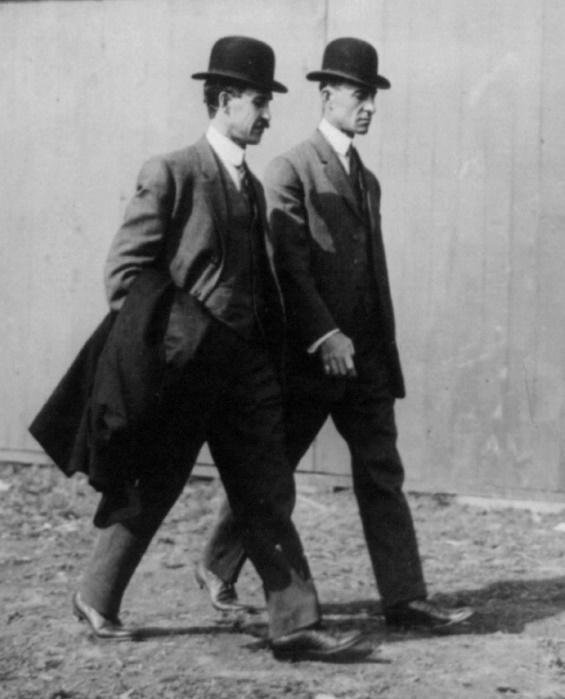 |
|---|
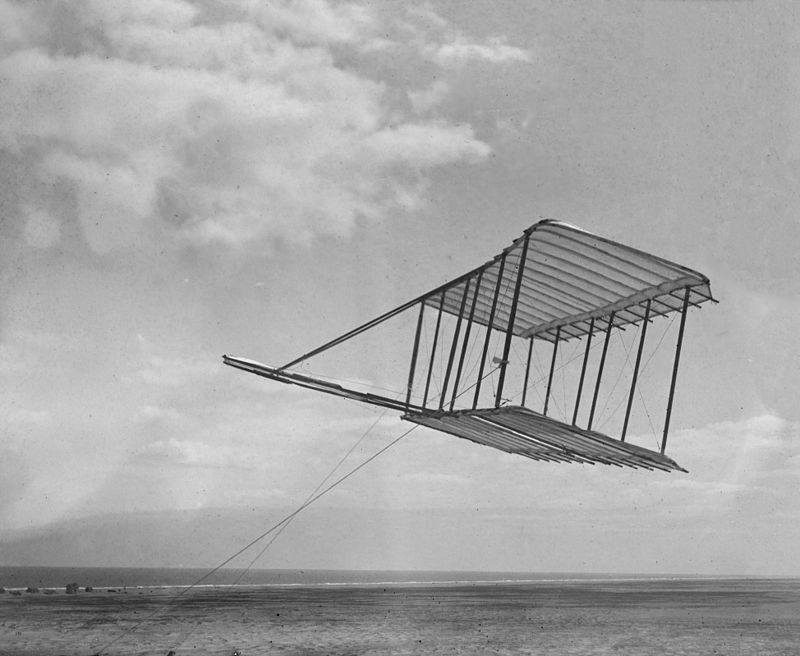 |
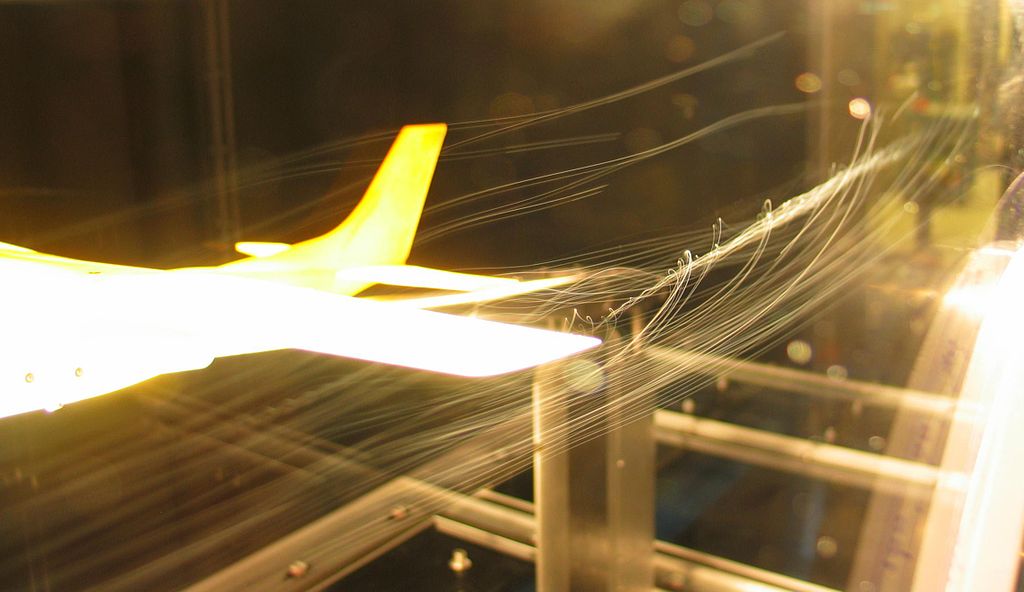 |
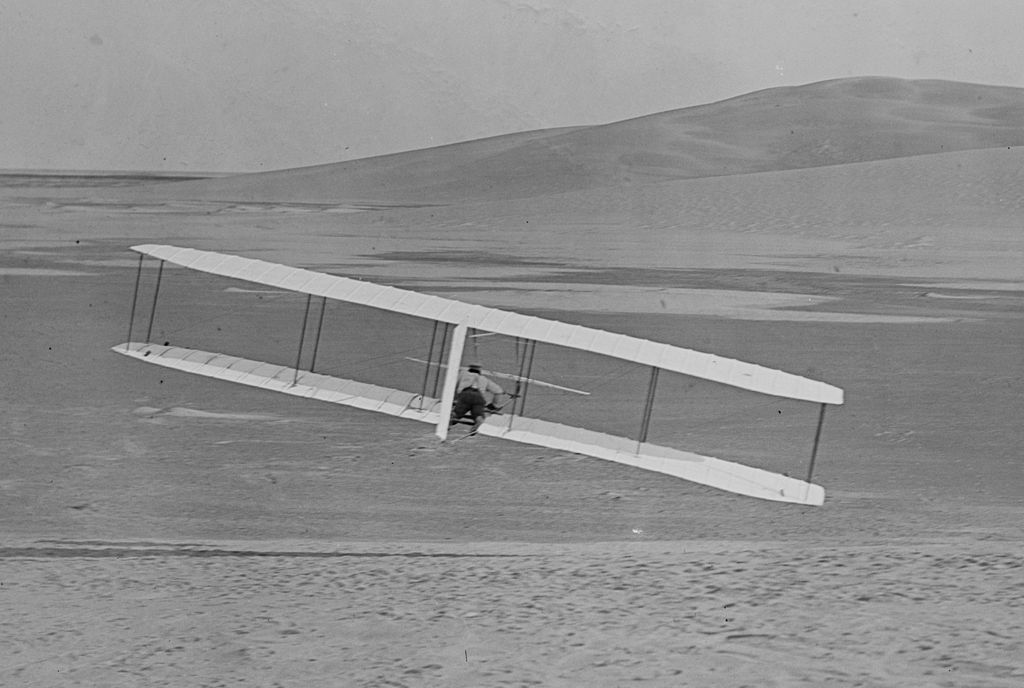 |
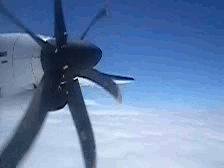 |
|
|---|---|---|---|---|
 |
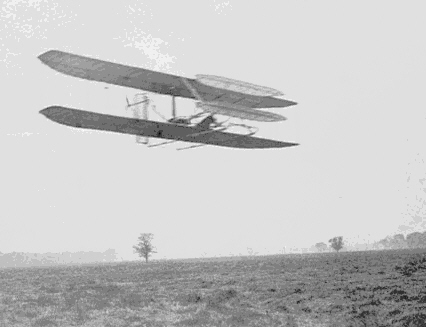 |
 |
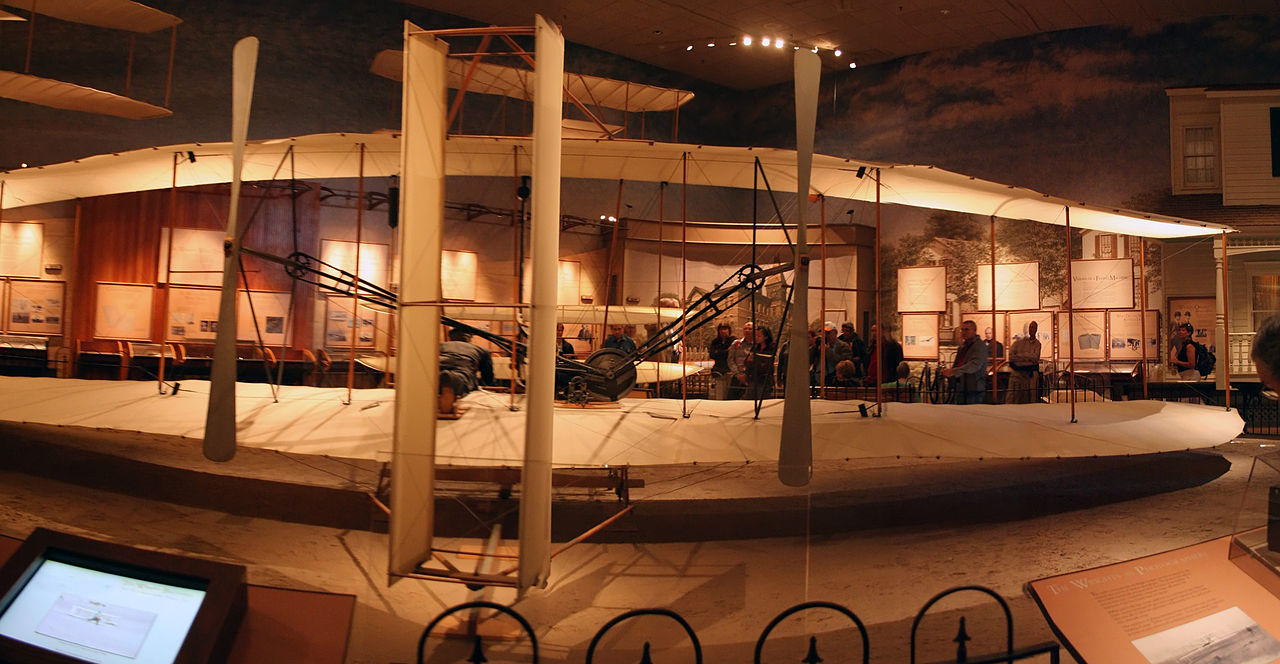 |
|---|---|---|---|
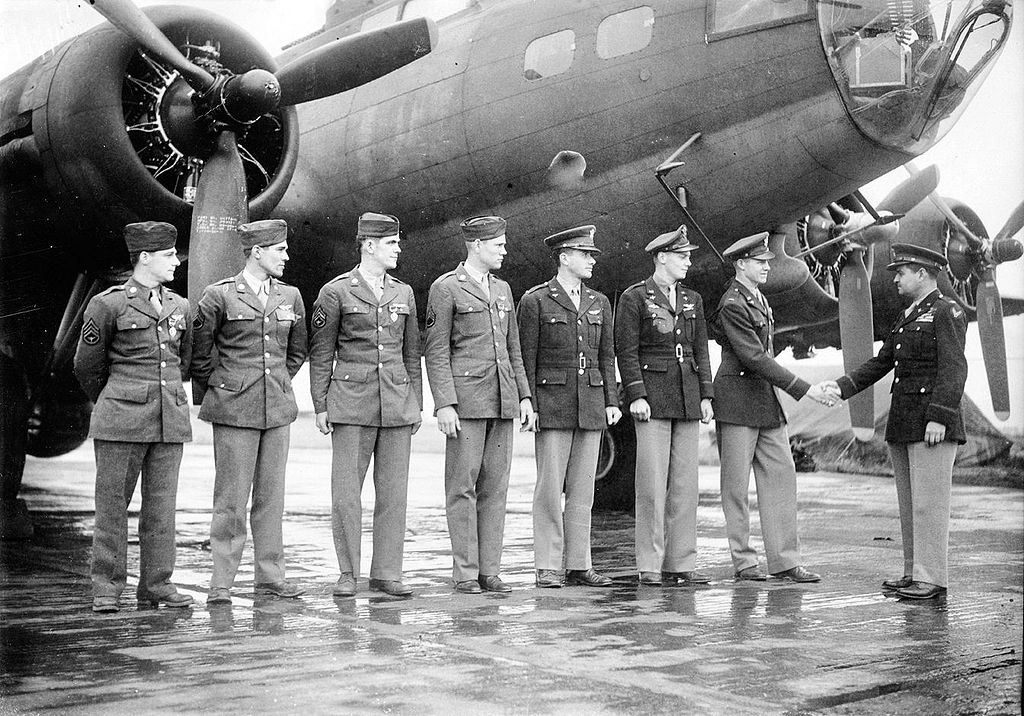 | 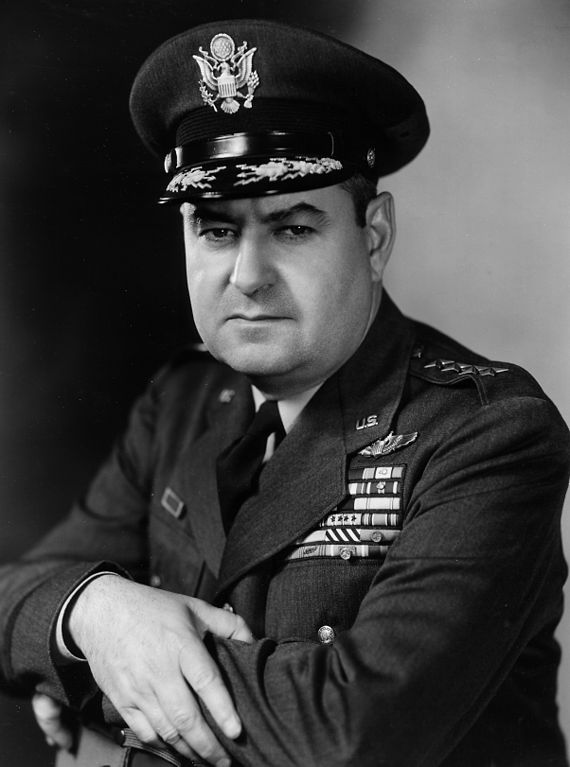 |
 |
|
|---|---|---|---|
LeMay received a degree in civil engineering from Ohio State University.
Robert McNamara described LeMay's character, in a discussion of a report into high abort rates in bomber missions during World War II:
"One of the commanders was Curtis LeMay, a Colonel in command of a B-24 group. He was the finest combat commander of any service I came across in war. He said, 'I will be in the lead plane on every mission. Any plane that takes off will go over the target, or the crew will be court-martialed.' The abort rate dropped overnight. Now that's the kind of commander he was."
When his crews were not flying missions, they were subjected to relentless training, as he believed that training was the key to saving their lives. Throughout his career, LeMay was widely and fondly known among his troops as "Old Iron Pants" and the "Big Cigar". LeMay once said: "Flying fighters is fun. Flying bombers is important."
In 1951, Gen. Curtis Lemay appointed Emilio "Mel" Bruno, his Judo teacher and a former national American Athletic Union Wrestling champion and fifth degree black belt in Judo, to direct a command-wide Judo and combative measures program.
Curtis LeMay is credited with designing and implementing an effective bombing campaign in the Pacific theater of World War II, including a crippling minelaying campaign in Japan's internal waterways. The war was effectively over long before the nuclear strike because of the success of the naval blockade.
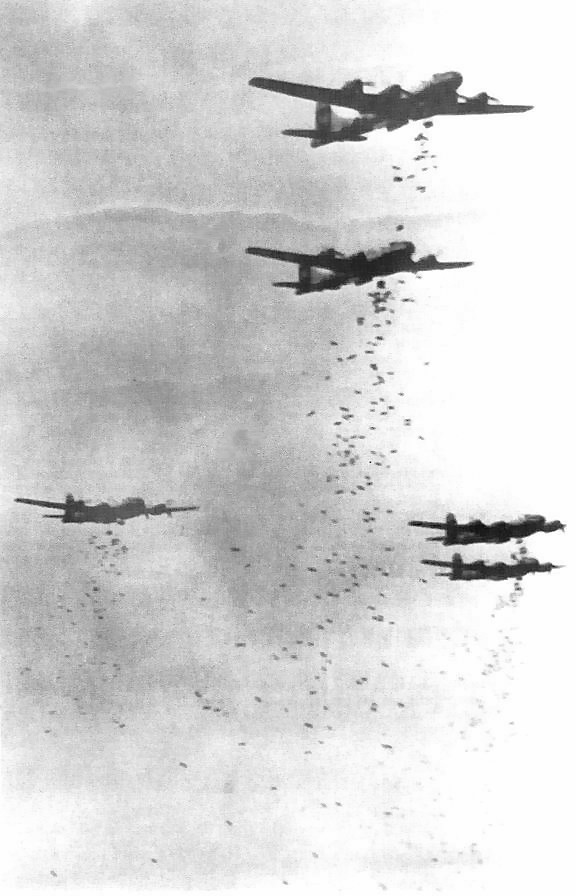 |
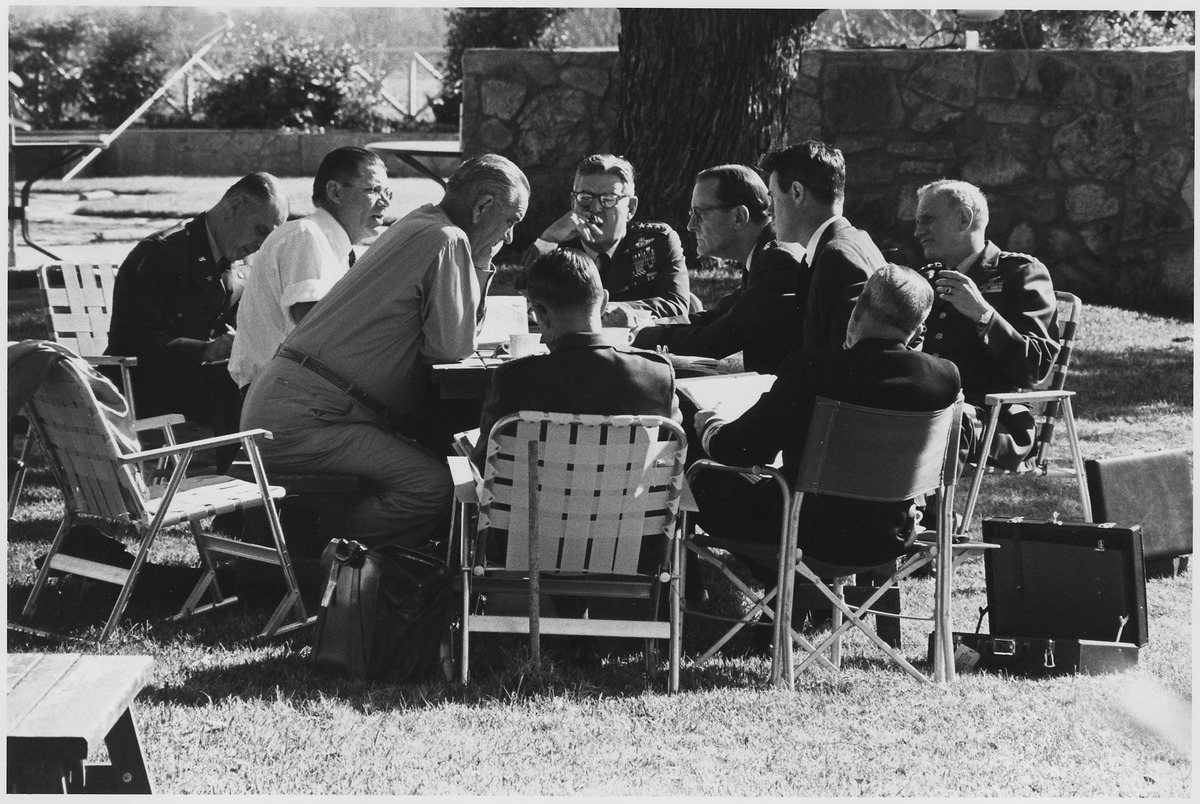 |
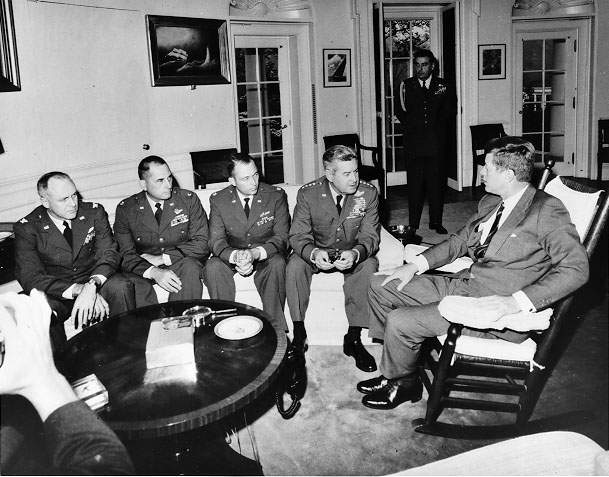 |
|---|---|---|
LeMay piloted one of three specially modified B-29s flying from Japan to the U.S. in September 1945, in the process breaking several aviation records at that date, including the greatest USAAF takeoff weight, the longest USAAF non-stop flight, and the first ever non-stop Japan-Chicago flight. One of the pilots was of higher rank: Lieutenant General Barney M. Giles. The other two aircraft used up more fuel than LeMay's in fighting headwinds, and they could not fly to Washington, D.C., the original goal. Their pilots decided to land in Chicago to refuel. LeMay's aircraft had sufficient fuel to reach Washington, but he was directed by the War Department to join the others by refueling at Chicago. The order was ostensibly given because of borderline weather conditions in Washington, but according to First Lieutenant Ivan J. Potts who was on board, the order came because LeMay had one fewer general's stars and should not be seen to outperform his superior.
In 1947, he returned to Europe as commander of USAF Europe, heading operations for the Berlin Airlift in 1948 in the face of a blockade by the Soviet Union and its satellite states that threatened to starve the civilian population of the Western occupation zones of Berlin. Under LeMay's direction, Douglas C-54 Skymasters that could each carry 10 tons of cargo began supplying the city on July 1. By the fall, the airlift was bringing in an average of 5,000 tons of supplies a day with 500 daily flights. The airlift continued for 11 months (213000 flights) that brought in 1.7 million tons of food and fuel to Berlin. Faced with the failure of its blockade, the Soviet Union relented and reopened land corridors to the West. Though LeMay is sometimes publicly credited with the success of the Berlin Airlift, it was, in fact, instigated by General Lucius D. Clay when General Clay called LeMay about the problem. LeMay initially started flying supplies into Berlin, but then decided that it was a job for a logistics expert and he found that person in Lt. General William H. Tunner, who took over the operational end of the Berlin Airlift.
In 1948, he returned to the U.S. to head the Strategic Air Command (SAC). When LeMay took over command of SAC, it consisted of little more than a few understaffed B-29 bombardment groups left over from World War II. Less than half of the available aircraft were operational, and the crews were undertrained. Base and aircraft security standards were minimal. Upon inspecting a SAC hangar full of US nuclear strategic bombers, LeMay found a single Air Force sentry on duty, unarmed. After ordering a mock bombing exercise on Dayton, Ohio, LeMay was shocked to learn that most of the strategic bombers assigned to the mission missed their targets by one mile or more. "We didn't have one crew, not one crew, in the entire command who could do a professional job" noted LeMay.
A meeting in November, 1948 with Air Force Chief of Staff, Hoyt Vandenberg, found the two men agreeing the primary mission of SAC should be the capability of delivering 80% of the nation's atomic bombs in one mission. Towards this aim, LeMay delivered the first SAC Emergency War Plan in March 1949 which called for dropping 133 atomic bombs on 70 cities in the USSR within 30 days. Air power strategists called this type of pre-emptive strike, "killing a nation." However, the Harmon committee, released their unanimous report two months later stating such an attack would not end a war with the Soviets and their industry would quickly recover. This committee had been specifically created by the Joint Chiefs of Staff to study the effects of a massive nuclear strike against the Soviet Union. Nevertheless, within weeks, an ad hoc Joint Chiefs committee recommended tripling America's nuclear arsenal, and Chief of Staff Vandenberg called for enough bombs to attack 220 targets, up from the previous 70.
Upon receiving his fourth star in 1951 at age 44, LeMay became the youngest four-star general in American history since Ulysses S. Grant and was the youngest four-star general in modern history as well as the longest serving in that rank. In 1956 and 1957 LeMay implemented tests of 24-hour bomber and tanker alerts, keeping some bomber forces ready at all times. LeMay headed SAC until 1957, overseeing its transformation into a modern, efficient, all-jet force. LeMay's tenure was the longest over an American military command in nearly 100 years.
General LeMay was instrumental in SAC's acquisition of a large fleet of new strategic bombers, establishment of a vast aerial refueling system, the formation of many new units and bases, development of a strategic ballistic missile force, and establishment of a strict command and control system with an unprecedented readiness capability. All of this was protected by a greatly enhanced and modernized security force, the Strategic Air Command Elite Guard. LeMay insisted on rigorous training and very high standards of performance for all SAC personnel, be they officers, enlisted men, aircrews, mechanics, or administrative staff, and reportedly commented, "I have neither the time nor the inclination to differentiate between the incompetent and the merely unfortunate."
A famous legend often used by SAC flight crews to illustrate LeMay's command style concerned his famous ever-present cigar. LeMay once took the co-pilot's seat of a SAC bomber to observe the mission, complete with lit cigar. When asked by the pilot to put the cigar out, LeMay demanded to know why. When the pilot explained that fumes inside the fuselage could ignite the airplane, LeMay reportedly growled, "It wouldn't dare."
Despite his uncompromising attitude regarding performance of duty, LeMay was also known for his concern for the physical well-being and comfort of his men. LeMay found ways to encourage morale, individual performance, and the reenlistment rate through a number of means: encouraging off-duty group recreational activities, instituting spot promotions based on performance, and authorizing special uniforms, training, equipment, and allowances for ground personnel as well as flight crews.
On LeMay's departure, SAC was composed of 224,000 airmen, close to 2,000 heavy bombers, and nearly 800 tanker aircraft.
LeMay was appointed Vice Chief of Staff of the United States Air Force in July 1957, serving until 1961. He advocated the introduction of satellite technology and pushed for the development of the latest electronic warfare techniques.
The memorandum from LeMay, Chief of Staff, USAF, to the Joint Chiefs of Staff, January 4, 1964, illustrates LeMay's reasons for keeping bomber forces alongside ballistic missiles: "It is important to recognize, however, that ballistic missile forces represent both the U.S. and Soviet potential for strategic nuclear warfare at the highest, most indiscriminate level, and at a level least susceptible to control. The employment of these weapons in lower level conflict would be likely to escalate the situation, uncontrollably, to an intensity which could be vastly disproportionate to the original aggravation. The use of ICBMs and SLBMs is not, therefore, a rational or credible response to provocations which, although serious, are still less than an immediate threat to national survival. For this reason, among others, I consider that the national security will continue to require the flexibility, responsiveness, and discrimination of manned strategic weapon systems throughout the range of cold, limited, and general war."
LeMay was a Heathkit customer and active amateur radio operator. He was famous for being on the air on amateur bands while flying on board SAC bombers. LeMay became aware that the new single sideband (SSB) technology offered a big advantage over amplitude modulation (AM) for SAC aircraft operating long distances from their bases. In conjunction with Heath engineers and Art Collins, he established SSB as the radio standard for SAC bombers in 1957.
LeMay was also a sports car owner and enthusiast (he owned an Allard J2). LeMay loaned out facilities of SAC bases for use by the Sports Car Club of America. He was awarded the Woolf Barnato Award, SCCA's highest award, for contributions to the Club, in 1954. In November 2006, it was announced that General LeMay would be one of the inductees into the SCCA Hall of Fame in 2007.
The dumbasses: The Press
LeMay enthusiastically supported racial integration in the U.S. military publicly and privately. In 1968 LeMay was the running mate to George Wallace in the presidential election, and he was dismayed to find himself attacked in the press as a racial segregationist because he was running with Wallace; he had never considered himself a bigot.
The quotation "we should bomb them back to the stone age" was falsely attributed to LeMay by the press. In an interview LeMay said: "I never said we should bomb them back to the Stone Age. I said we had the capability to do it."
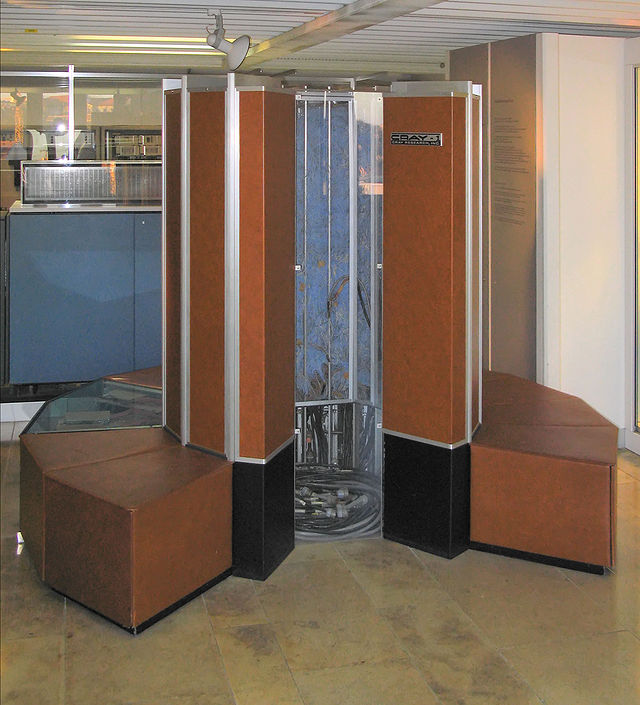 |
 |
|---|---|
In the 70's and 80's, Cray supercomputers dominated the supercomputer world.
When asked what kind of CAD tools he used for the Cray-1, Seymour Cray said that he liked #3 pencils with quad paper pads. Cray recommended using the backs of the pages so that the lines were not so dominant. When he was told that Apple Computer had just bought a Cray to help design the next Apple Macintosh, Cray commented that he had just bought a Macintosh to design the next Cray.
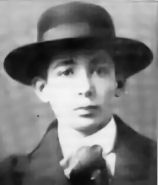 |
|---|
Leo Szilard was a Hungarian-American physicist and inventor. He conceived the nuclear chain reaction in 1933, patented the idea of a nuclear reactor with Enrico Fermi, and in late 1939 wrote the letter for Albert Einstein's signature that resulted in the Manhattan Project that built the atomic bomb.
From 1908 to 1916 he attended Realiskola high school in his home town. Showing an early interest in physics and a proficiency in mathematics, in 1916 he won the Eotvos Prize, a national prize for mathematics. In Hungary this is a big deal, where mathematics is as prestigious as wrestling is in the rural Midwest. Other Hungarian physicists from this age include von Neumann, Erdos, Teller, Wigner, von Karman, Eotvos, and Lanczos. Such was the might of Hungarian physicists that it was speculated they were aliens.
 |
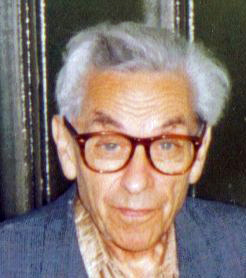 |
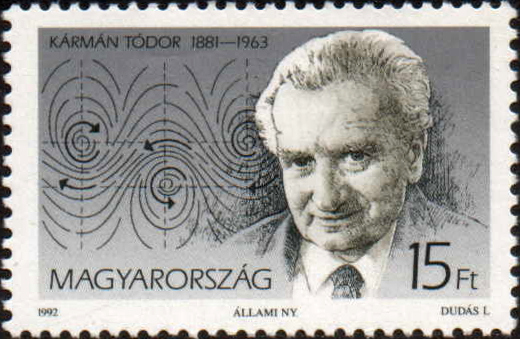 |
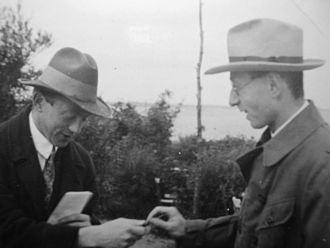 |
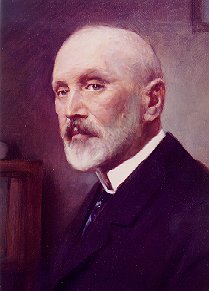 |
.jpg) |
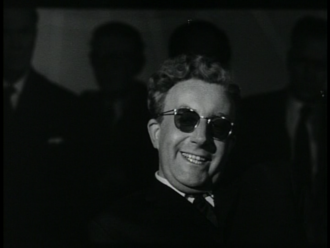 |
|---|---|---|---|---|---|---|
Szilard attended Friedrich Wilhelm University, where he attended lectures given by Albert Einstein, Max Planck, Walter Nernst, James Franck and Max von Laue. He also met fellow Hungarian students Eugene Wigner, John von Neumann and Dennis Gabor. His doctoral dissertation on thermodynamics (On The Manifestation of Thermodynamic Fluctuations), praised by Einstein, won top honors in 1922. It involved a long-standing puzzle in the philosophy of thermal and statistical physics known as Maxwell's demon, a thought experiment originated by the physicist James Clerk Maxwell. The problem was thought to be insoluble, but in tackling it Szilard recognized the connection between thermodynamics and Information theory.
In September 12, 1933, Szilard read an article in The Times summarizing a speech given by Lord Rutherford in which Rutherford rejected the feasibility of using atomic energy for practical purposes. The speech remarked specifically on the recent 1932 work of his students, John Cockcroft and Ernest Walton, in "splitting" lithium into alpha particles, by bombardment with protons from a particle accelerator they had constructed. Rutherford went on to say:
"We might in these processes obtain very much more energy than the proton supplied, but on the average we could not expect to obtain energy in this way. It was a very poor and inefficient way of producing energy, and anyone who looked for a source of power in the transformation of the atoms was talking moonshine. But the subject was scientifically interesting because it gave insight into the atoms."
Szilard was so annoyed at Rutherford's dismissal that he conceived of the idea of nuclear chain reaction (analogous to a chemical chain reaction), using recently discovered neutrons. The idea did not use the mechanism of nuclear fission, which was not yet discovered, but Szilard realized that if neutrons could initiate any sort of energy-producing nuclear reaction, such as the one that had occurred in lithium, and could be produced themselves by the same reaction, energy might be obtained with little input, since the reaction would be self-sustaining.
In November 1938, Szilard moved to New York City. In 1939, Niels Bohr brought news to New York of the discovery of nuclear fission in Germany by Otto Hahn and Fritz Strassmann, and its theoretical explanation by Lise Meitner, and Otto Frisch. When Szilard found out about it on a visit to Wigner at Princeton University, he immediately realized that uranium might be the element capable of sustaining a chain reaction.
Szilard and Zinn conducted a simple experiment on the seventh floor of Pupin Hall at Columbia, using a radium-beryllium source to bombard uranium with neutrons. They discovered significant neutron multiplication in natural uranium, proving that a chain reaction might be possible. Szilard later described the event: "We turned the switch and saw the flashes. We watched them for a little while and then we switched everything off and went home". He understood the implications and consequences of this discovery, though. "That night, there was very little doubt in my mind that the world was headed for grief"
 |
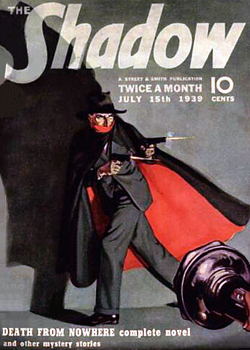 |
|---|---|
Szilard persuaded Fermi and Herbert L. Anderson to try a larger experiment using 500 pounds (230 kg) of uranium. To maximize the chance of fission, they needed a neutron moderator to slow the neutrons down. Hydrogen was a known moderator, so they used water. The results were disappointing. It became apparent that hydrogen slowed neutrons down, but also absorbed them, leaving fewer for the chain reaction. Szilard then suggested Fermi use carbon, in the form of graphite. He felt he would need about 50 tonnes (49 long tons; 55 short tons) of graphite and 5 tonnes (4.9 long tons; 5.5 short tons) of uranium. As a back-up plan, Szilard also considered where he might find a few tons of heavy water; deuterium would not absorb neutrons like ordinary hydrogen, but would have the similar value as a moderator. Such quantities of materiel would require a lot of money.
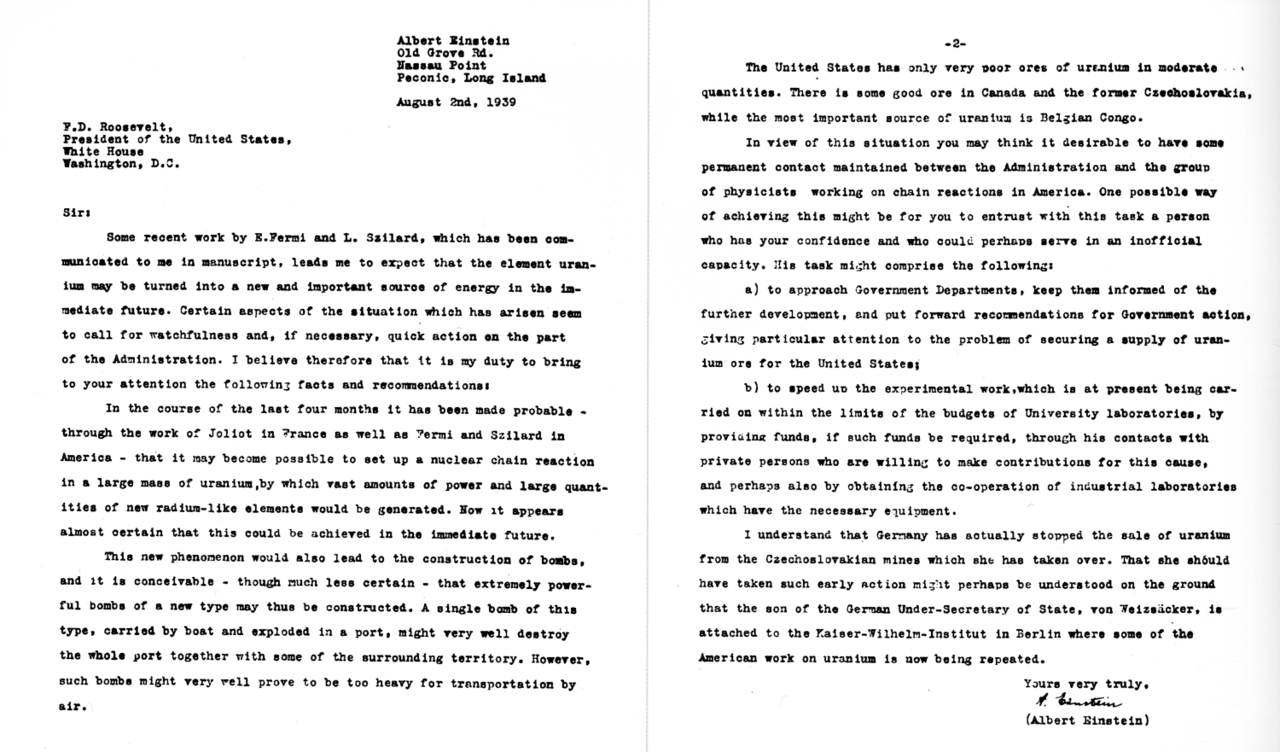 |
|---|
Szilard drafted a confidential letter to the President, Franklin D. Roosevelt, explaining the possibility of nuclear weapons, warning of German nuclear weapon project, and encouraging the development of a program that could result in their creation. With the help of Wigner and Edward Teller, he approached his old friend and collaborator Einstein in August 1939, and convinced him to sign the letter, lending his fame to the proposal. The Einstein-Szilard letter resulted in the establishment of research into nuclear fission by the U.S. government, and ultimately to the creation of the Manhattan Project. Roosevelt gave the letter to his aide, Brigadier General Edwin M. "Pa" Watson with the instruction: "Pa, this requires action!"
Fermi and Szilard met with representatives of National Carbon Company, who manufactured graphite, where Szilard made another important discovery. By quizzing them about impurities in their graphite, he found that it contained boron, a neutron absorber. He then had graphite manufacturers produce boron-free graphite. Had he not done so, they might have concluded, as the German nuclear weapon project did, that graphite was unsuitable for use as a neutron moderator. Like the German project, Fermi and Szilard still believed that enormous quantities of uranium would be required for an atomic bomb, and therefore concentrated on producing a controlled chain reaction. Fermi determined that fissioning uranium atom produced 1.73 neutrons on average. It was enough, but a careful design was call for to minimize losses. Szilard worked up various designs for a nuclear reactor. "If the uranium project could have been run on ideas alone," Wigner later remarked, "no one but Leo Szilard would have been needed."
After the war, Szilard switched to biology. He invented the chemostat, discovered feedback inhibition, and was involved in the first cloning of a human cell. He publicly sounded the alarm against the development of the cobalt bomb, a new kind of nuclear weapon that might destroy all life on the planet. He helped found the Salk Institute for Biological Studies, where he became a resident fellow.
In 1960, Szilard was diagnosed with bladder cancer. He underwent cobalt therapy at New York's Memorial Sloan-Kettering Hospital using a cobalt 60 treatment regimen that he designed himself. He knew the properties of this isotope also from his estimates about the salted bombs with cobalt. A second round of treatment with an increased dose followed in 1962. The doctors tried to tell him that the increased radiation dose would kill him, but he said it wouldn't, and that anyway he would die without it. The higher dose did its job and his cancer never returned. This treatment became standard for many cancers and is still used.
1930- The Shadow 1938-1950 Golden Age of Comic Books 1939- Batman 1956-1970 Silver Age of Comic Books 1963 X-Men 1970-1985 Bronze Age of Comic Books 1985- Modern Age of Comic Books 1986 Watchmen
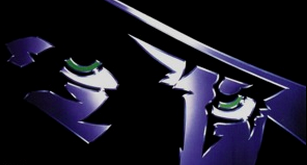 |
|---|
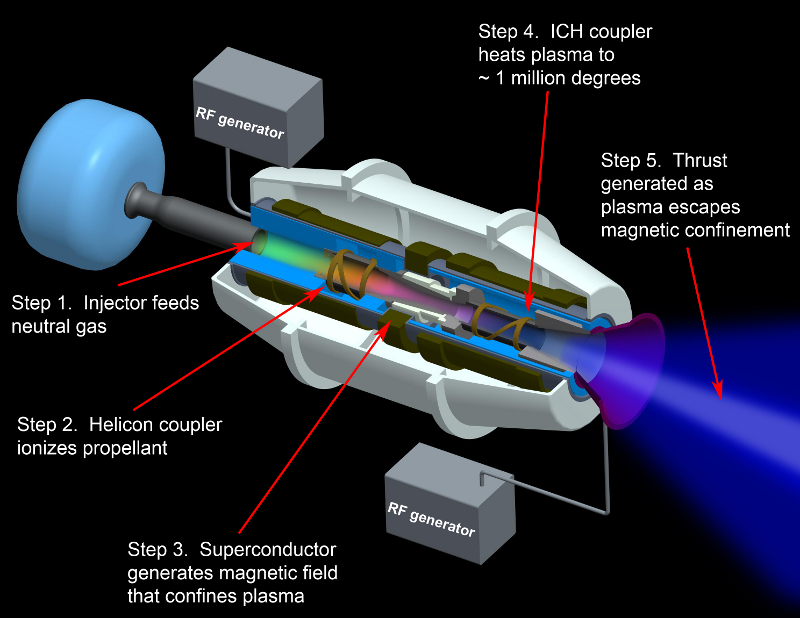 |
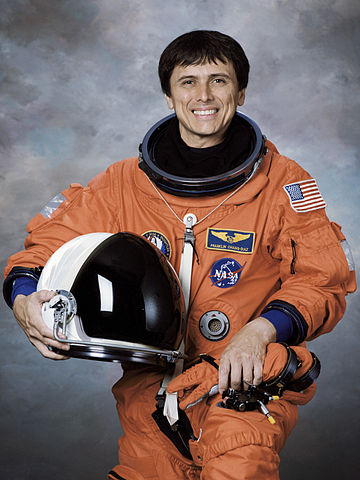 |
|---|---|
The astronaut Franklin Chang Diaz formed a company and perfected the ion drive. Ion drives are essential for solar system exploration.
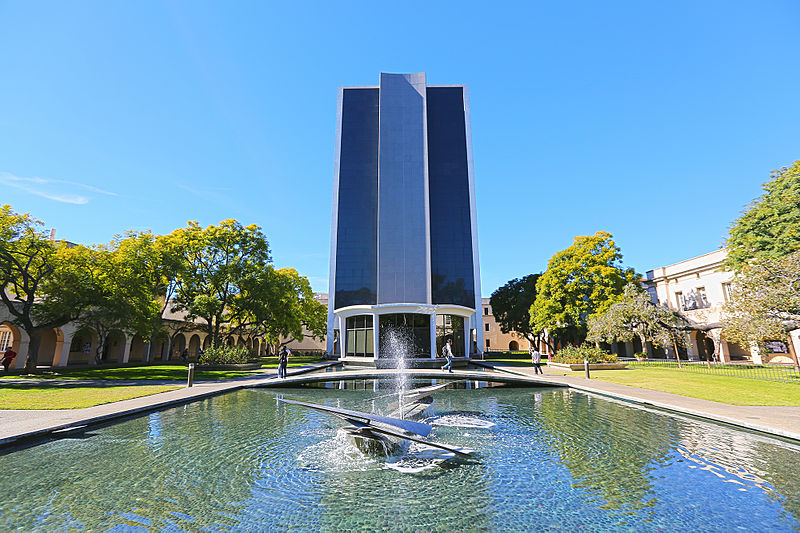
| 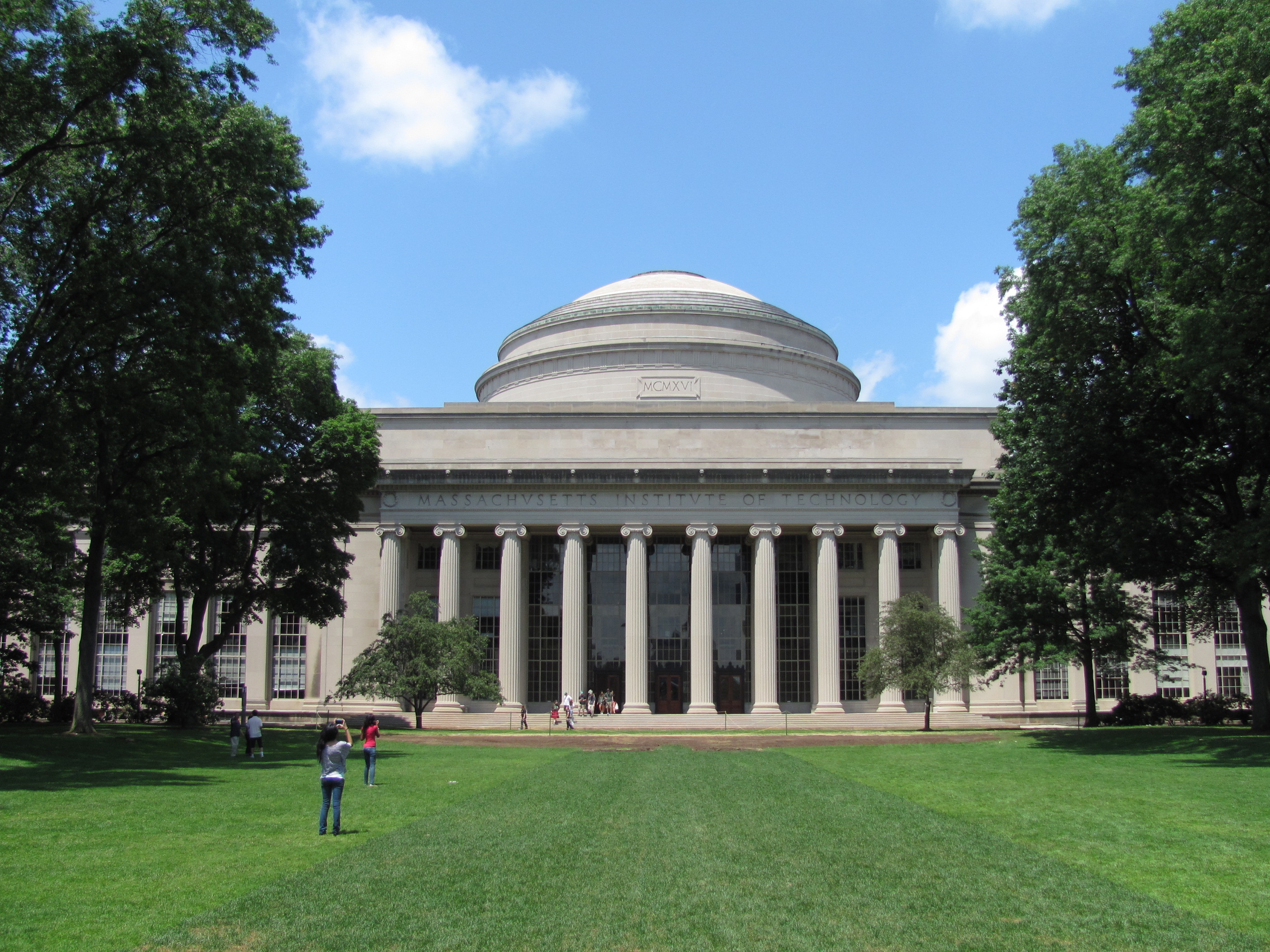
|
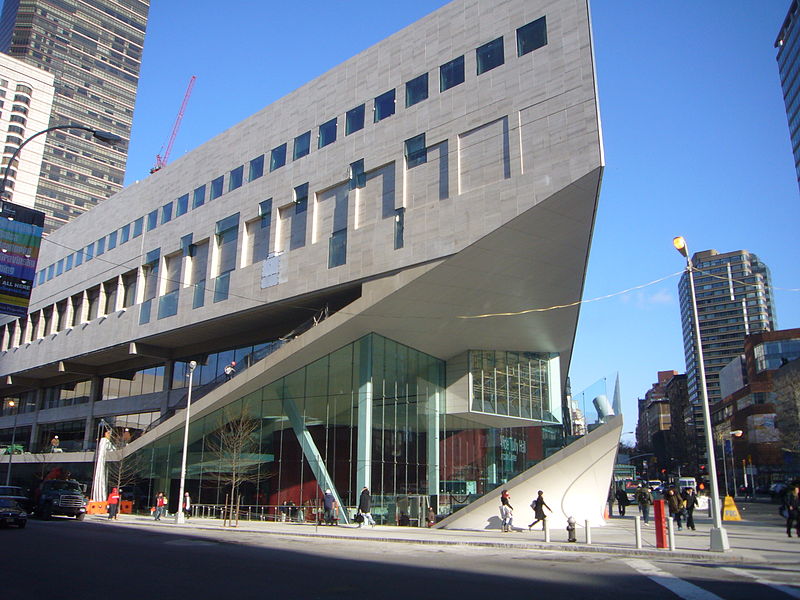 |
||
|---|---|---|---|---|
Core requirements:
Caltech MIT U. Chicago CUNY Harvard Juilliard MSM
Biology * * * * *
Lab * * * * *
Mathematics * * * * *
Calculus * * *
Chemistry * *
Multivariable Calculus * *
Mechanics (with Calculus) * *
Electromag (with Calculus) * *
Sports * *
Differential equations *
Quantum Mechanics *
Thermodynamics *
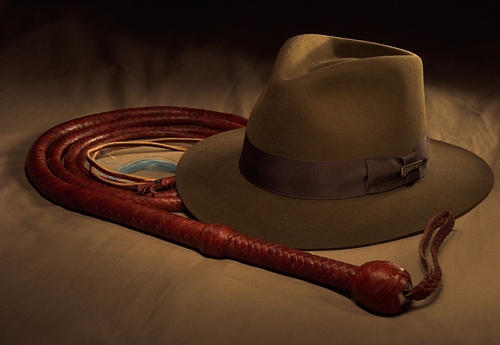 |
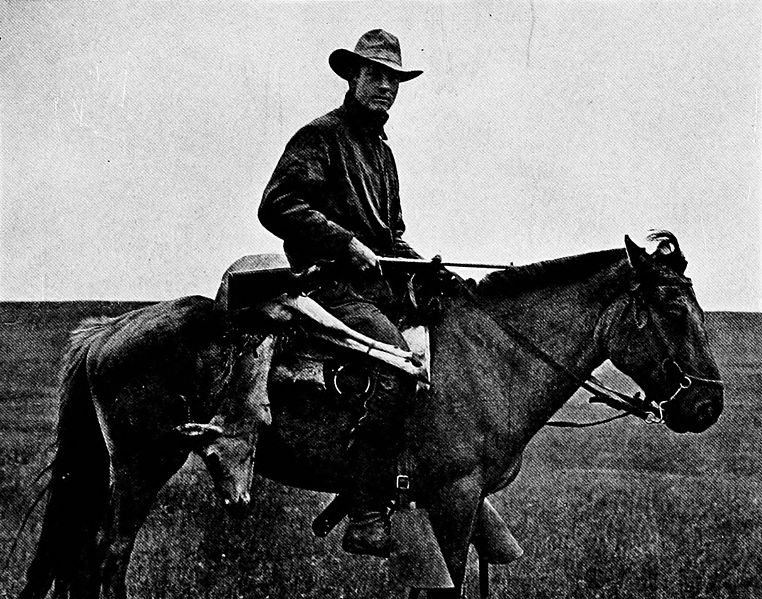 |
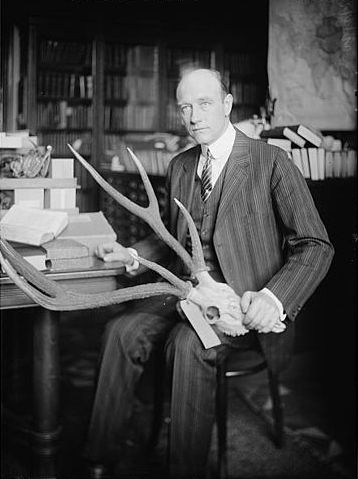 |
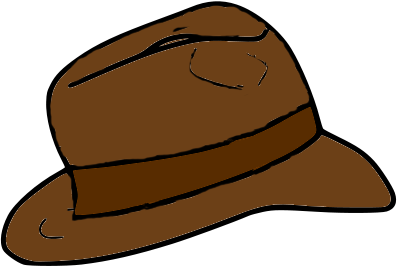 |
|---|---|---|---|
Roy Chapman Andrews (1884-1960) explored Mongolia for archaeological artifacts while fighing off snakes, bandits, sandstorms, and hostile governments, and is allegedly the real person that the movie character of Indiana Jones was patterned after. He created the metaphor of 'Outer Mongolia' as denoting any exceedingly remote place.
Andrews was born in Beloit, Wisconsin. As a child, he explored forests, fields, and waters nearby, developing marksmanship skills. He taught himself taxidermy and used funds from this hobby to pay tuition to Beloit College. After graduating, Andrews applied for work at the American Museum of Natural History in New York City. He so much wanted to work there that after being told that there were no openings at his level, Andrews took a job as a janitor sweeping floors, declaring that "these are *museum* floors!" He began collecting specimens for the museum and during the next few years, he worked and studied simultaneously, earning a Master of Arts degree in mammalogy from Columbia University.
In the 1920s, he went to Mongolia, hoping to find out something about the origins of the human race. He didn't find out anything about early humans, but he discovered a treasure trove of dinosaur bones. During four expeditions in the Gobi Desert between 1922 and 1925, he discovered Protoceratops, a nest of Protoceratops eggs, Pinacosaurus, Saurornithoides, Oviraptor and Velociraptor, none of which were known before.
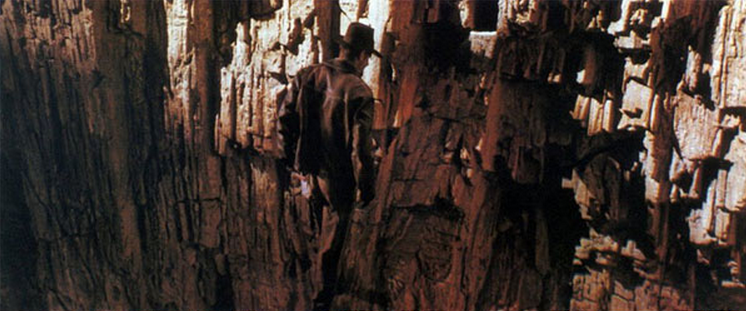 |
|||
|---|---|---|---|
The dumbasses: Cope and Marsh, for waging the "Bone Wars".
Each of the two paoentologists used underhanded methods to try to out-compete the other in the field, resorting to bribery, theft, and the destruction of bones. Each scientist also attacked the other in scientific publications, seeking to ruin his credibility and have his funding cut off.
Their search for fossils led them west to rich bone beds in Colorado, Nebraska, and Wyoming. From 1877 to 1892, both paleontologists used their wealth and influence to finance their own expeditions and to procure services and dinosaur bones from fossil hunters. By the end of the Bone Wars, both men had exhausted their funds in the pursuit of paleontological supremacy.
 |
 |
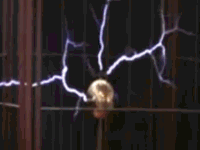 |
|---|---|---|
In 1874, Tesla evaded being drafted into the Austro-Hungarian Army by running away to Tomingaj, near Gracac. There, he explored the mountains in hunter's garb. Tesla said that this contact with nature made him stronger, both physically and mentally. He read many books while in Tomingaj, and later said that Mark Twain's works had helped him to miraculously recover from his earlier illness.
In 1875, Tesla enrolled at Austrian Polytechnic in Graz, Austria, on a Military Frontier scholarship. During his first year, Tesla never missed a lecture, earned the highest grades possible, passed nine exams (nearly twice as many required), started a Serbian culture club, and even received a letter of commendation from the dean of the technical faculty to his father, which stated, "Your son is a star of first rank." Tesla claimed that he worked from 3 a.m. to 11 p.m., no Sundays or holidays excepted.] He was "mortified when [his] father made light of [those] hard won honors." After his father's death in 1879, Tesla found a package of letters from his professors to his father, warning that unless he were removed from the school, Tesla would be killed through overwork.
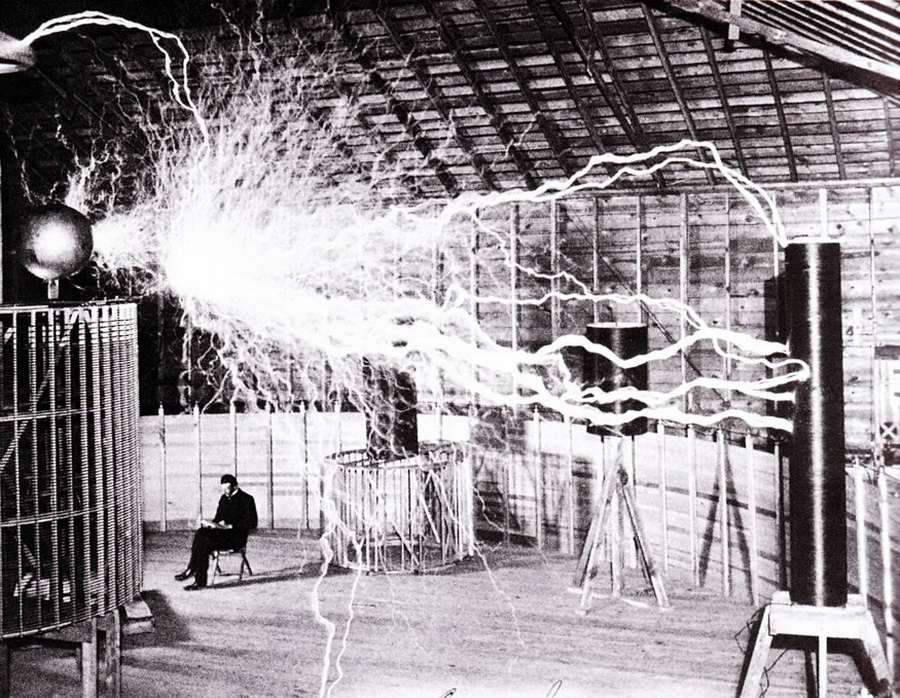 |
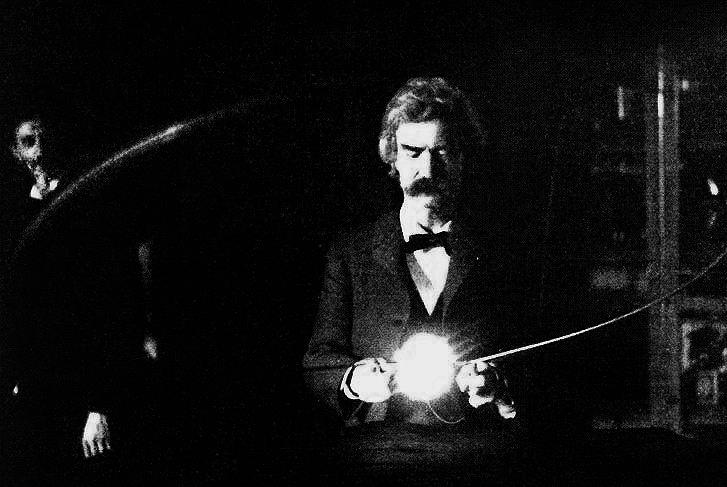 |
|
|---|---|---|
In June 1884, he relocated to New York City where he was hired by Thomas Edison to work at his Edison Machine Works on Manhattan's lower east side. Tesla's work for Edison began with simple electrical engineering and quickly progressed to solving more difficult problems. Tesla was offered the task of completely redesigning the Edison Company's direct current generators. In 1885, he said that he could redesign Edison's inefficient motor and generators, making an improvement in both service and economy. According to Tesla, Edison remarked, "There's fifty thousand dollars in it for you—if you can do it." This has been noted as an odd statement from an Edison whose company was stingy with pay and who did not have that sort of cash on hand. After months of work, Tesla fulfilled the task and inquired about payment. Edison, saying that he was only joking, replied, "Tesla, you don't understand our American humor." Instead, Edison offered a US$10 a week raise over Tesla's US$18 per week salary; Tesla refused the offer and immediately resigned.
In late 1886 Tesla met Alfred S. Brown, a Western Union superintendent, and New York attorney Charles F. Peck. The two men were experienced in setting up companies and promoting inventions and patents for financial gain. Based on Tesla's patents and other ideas they agreed to back him financially and handle his patents. Together in April 1887 they formed the Tesla Electric Company with an agreement that profits from generated patents would go 1/3 to Tesla, 1/3 to Peck and Brown, and 1/3 to fund development. They set up a laboratory for Tesla at 89 Liberty Street in Manhattan where he worked on improving and developing new types of electric motors, generators and other devices.
One of the things Tesla developed at that laboratory in 1887 was an induction motor that ran on alternating current, a power system format that was starting to be built in Europe and the US because of its advantages in long distance high voltage transmission. The motor used polyphase current which generated a rotating magnetic field to turn the motor (a principle Tesla claimed to have conceived of in 1882). This innovative electric motor, patented in May 1888, was a simple self-starting design that did not need a commutator, thus avoiding sparking and the high maintenance of constantly servicing and replacing mechanical brushes.
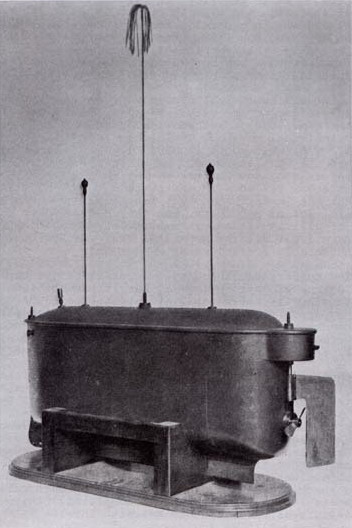 |
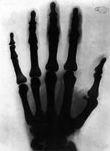 |
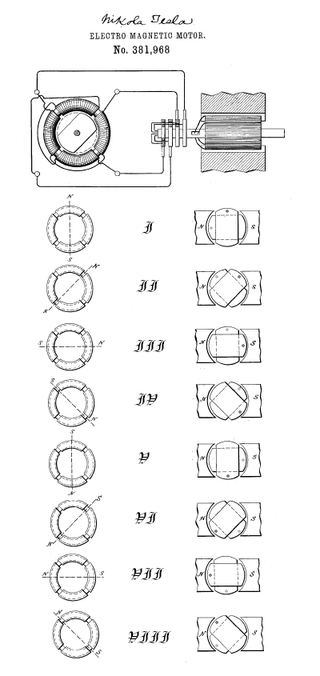 |
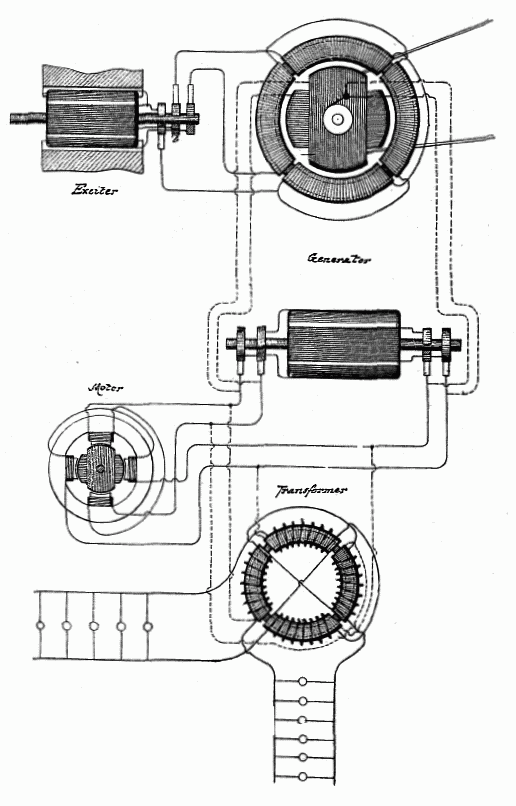 |
|---|---|---|---|
Tesla's demonstration of his induction motor and Westinghouse's subsequent licensing of the patent, both in 1888, put Tesla firmly on the "AC" side of the so-called "War of Currents," an electrical distribution battle being waged between Thomas Edison and George Westinghouse that had been simmering since Westinghouse's first AC system in 1886 and had reached the point of all out warfare by 1888. This started out as a competition between rival lighting systems with Edison holding all the patents for DC and the incandescent light and Westinghouse using his own patented AC system to power arc lights as well as incandescent lamps of a slightly different design to get around the Edison patent. The acquisition of a feasible AC motor gave Westinghouse a key patent in building a completely integrated AC system, but the financial strain of buying up patents and hiring the engineers needed to build it meant development of Tesla's motor had to be put on hold for a while. The competition resulted in Edison Machine Works pursuing AC development in 1890 and by 1892 Thomas Edison was no longer in control of his own company, which was consolidated into the conglomerate General Electric and converting to an AC delivery system at that point.
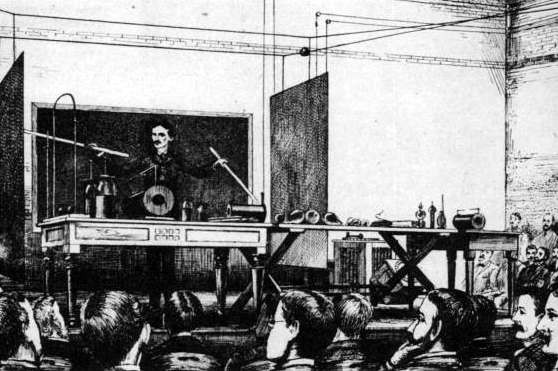 |
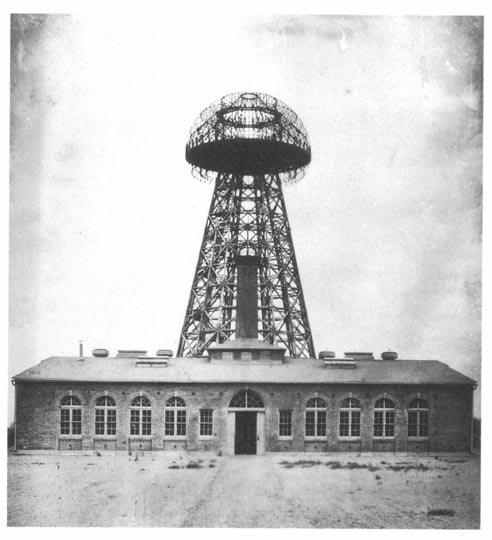 |
|---|---|
In 1893, George Westinghouse won the bid to light the 1893 World's Columbian Exposition in Chicago with alternating current, beating out a General Electric bid by one million dollars. This World's Fair devoted a building to electrical exhibits. It was a key event in the history of AC power, as Westinghouse demonstrated the safety, reliability, and efficiency of a fully integrated alternating current system to the American public. At the Columbian Exposition, under a banner announcing the "Tesla Polyphase System", Tesla demonstrated a series of electrical effects previously performed throughout America and Europe, included using high-voltage, high-frequency alternating current to light a wireless gas-discharge lamp. An observer noted:
"Within the room was suspended two hard-rubber plates covered with tin foil. These were about fifteen feet apart, and served as terminals of the wires leading from the transformers. When the current was turned on, the lamps or tubes, which had no wires connected to them, but lay on a table between the suspended plates, or which might be held in the hand in almost any part of the room, were made luminous. These were the same experiments and the same apparatus shown by Tesla in London about two years previous, where they produced so much wonder and astonishment"
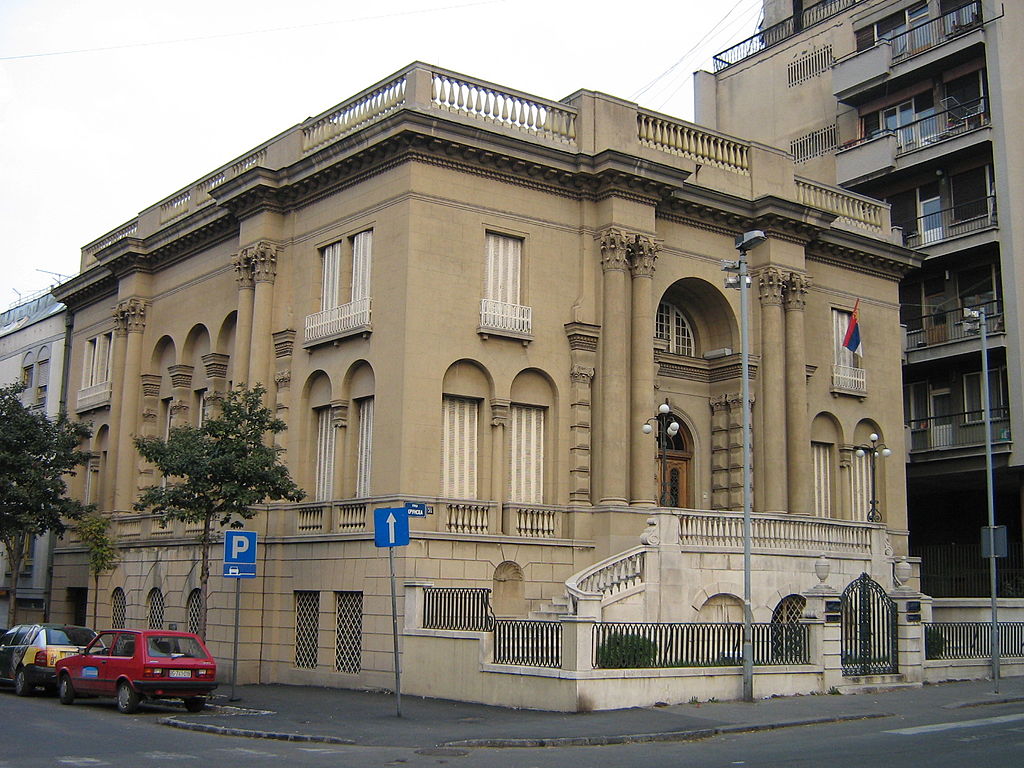 |
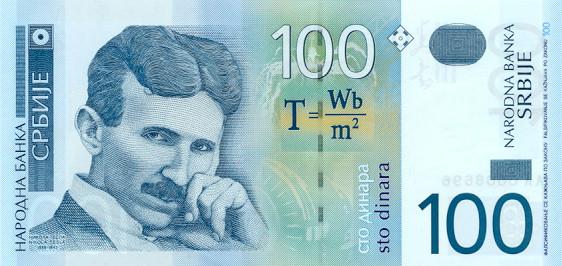 |
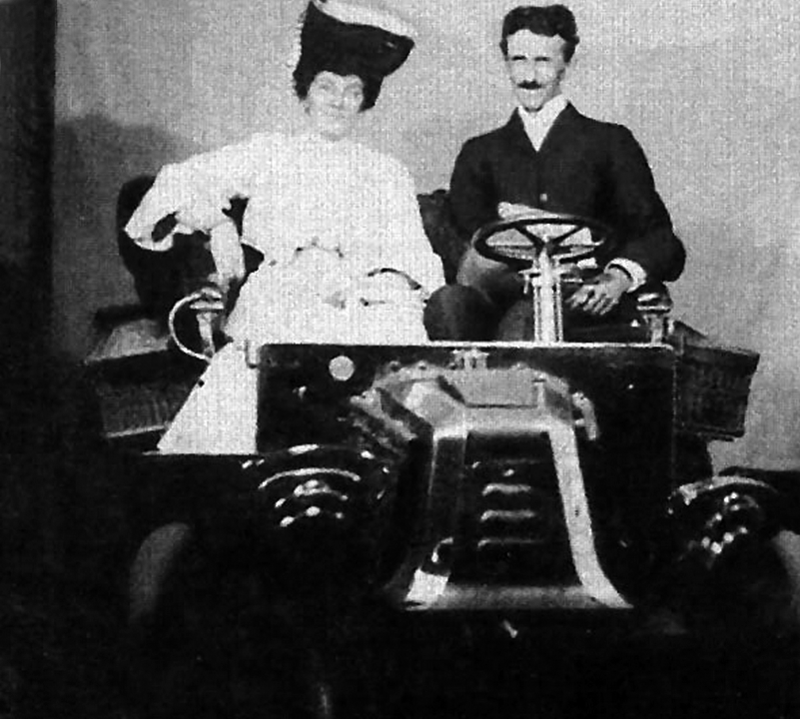 |
|---|---|---|
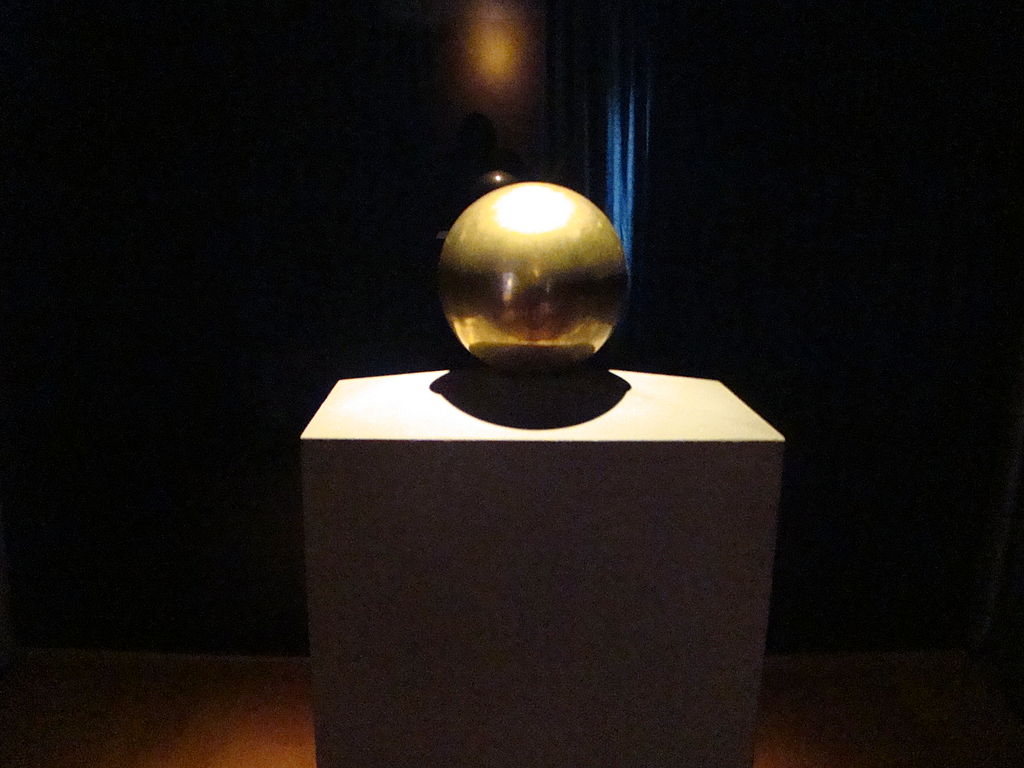 |
|---|
He experienced a peculiar reaction when breathing deeply. When he breathed deeply he was overcome by a feeling of lightness, as if his body had lost all weight; and he should, he concluded, be able to fly through the air merely by his will to do so. He did not learn, in boyhood, that he was unusual in this respect.
A strange power permitted him to perform unusual feats in mathematics. He possessed it from early boyhood, but had considered it a nuisance and tried to be rid of it because it seemed beyond his control. If he thought of an object it would appear before him exhibiting the appearance of solidity and massiveness. So greatly did these visions possess the attributes of actual objects that it was usually difficult for him to distinguish between vision and reality. This abnormal faculty functioned in a very useful fashion in his school work with mathematics. If he was given a problem in arithmetic or algebra, it was immaterial to him whether he went to the blackboard to work it out or whether he remained in his seat. His strange faculty permitted him to see a visioned blackboard on which the problem was written, and there appeared on this blackboard all of the operations and symbols required in working out the solution. Each step appeared much more rapidly than he could work it out by hand on the actual slate. As a result, he could give the solution almost as quickly as the whole problem was stated.
Tesla's powers of memorizing were prodigious. A quick reading of a page gave him a permanent record of it; he could always recall before his eyes a photographic record of it to be read, and could study at his convenience. Study, for Tesla, was a far different process than for the average person. He had no need for a reference library; he could consult in his mind any page of any textbook he had read, and formula, equation, or item in a table of logarithms would flash before his eyes. He could recite scores of books, complete from memory. The saving in time which this made possible in research work was tremendous.
Tesla describes his faculty as follows:
During my boyhood I had suffered from a peculiar affliction due to the appearance of images, which were often accompanied by strong flashes of light. When a word was spoken, the image of the object designated would present itself so vividly to my vision that I could not tell whether what I saw was real or not... Even though I reached out and passed my hand through it, the image would remain fixed in space.
In trying to free myself from these tormenting appearances, I tried to concentrate my thoughts on some peaceful, quieting scene I had witnessed. This would give me momentary relief; but when I had done it two or three times the remedy would begin to lose its force. Then I began to take mental excursions beyond the small world of my actual knowledge. Day and night, in imagination, I went on journeys, saw new places, cities, countries, and all the time I tried hard to make these imaginary things very sharp and clear in my mind. I imagined myself living in countries I had never seen, and I made imaginary friends, who were very dear to me and really seemed alive.
This I did constantly until I was seventeen, when my thoughts turned seriously to invention. Then to my delight, I found I could visualize with the greatest facility. I needed no models, drawings, or experiments. I could picture them all in my mind.
By that faculty of visualizing, which I learned in my boyish efforts to rid myself of annoying images, I have evolved what is, I believe, a new method of materializing inventive ideas and conceptions. It is a method which may be of great usefulness to any imaginative man, whether he is an inventor, businessman or artist.
Some people, the moment they have a device to construct or any piece of work to perform, rush at it without adequate preparation, and immediately become engrossed in details, instead of the central idea. They may get results, but they sacrifice quality.
Here in brief, is my own method: after experiencing a desire to invent a particular thing, I may go on for months or years with the idea in the back of my head. Whenever I feel like it, I roam around in my imagination and think about the problem without any deliberate concentration. This is a period of incubation.
Then follows a period of direct effort. I choose carefully the possible solutions of the problem I am considering, and gradually center my mind on a narrowed field of investigation. Now, when I am deliberately thinking of the problem in its specific features, I may begin to feel that I am going to get the solution. And the wonderful thing is, that if I do feel this way, then I know I have really solved the problem and shall get what I am after.
The feeling is as convincing to me as though I already had solved it. I have come to the conclusion that at this stage the actual solution is in my mind subconsciously though it may be a long time before I am aware of it consciously.
Before I put a sketch on paper, the whole idea is worked out mentally. In my mind I change the construction, make improvements, and even operate the device. Without ever having drawn a sketch I can give the measurements of all parts to workmen, and when completed all these parts will fit, just as certainly as though I had made the actual drawings. It is immaterial to me whether I run my machine in my mind or test it in my shop.
The inventions I have conceived in this way have always worked. In thirty years there has not been a single exception. My first electric motor, the vacuum tube wireless light, my turbine engine and many other devices have all been developed in exactly this way.
Other inventors have had to a greater or lesser degree this power of visualization to see in the mind's eye, or on the wall of the bedroom, or upon an imaginary blackboard, a complete diagram or image of a layout or machine. But while this ability may be in some way connected with inventive ability, it is not essential. As a matter of recorded fact, visualization aided Tesla to work out the details, rather than to make the invention. It cannot be said that the power to invent is simply the power to visualize.
The quality that Tesla's inventiveness shared with that of other inventors was the quality of instantaneousness. While thinking of something else, while walking, dreaming, listening to a lecture or a sermon, suddenly the invention is there. There is no effort.
From "https://teslauniverse.com/nikola-tesla/articles/cold-fire":
This made the writer wonder what would happen if you stood on one pole of a very powerful Tesla coil. In a recent conversation with Dr. Nikola TesIa, the inventor pointed out that he had indeed performed many such experiments in his Colorado laboratory many years ago. The currents which he then used were far greater and higher than those produced anywhere now. Thousands of horsepower were used by him at that time. Dr. Tesla explained that he frequently stood upon one pole of his mastodonic coils while the full current was on. Of course, he had to stand upon a metallic plate, but he had to be careful so that no sparks jumped from his body to other objects or to the ceiling. This would have meant instant electrocution. Dr. Tesla pointed out that as the human body has a certain capacity, it radiated a good deal of energy into the surrounding air. Due to the tremendous current the sensation was anything but comfortable. The current heating the blood vessels raised the bodily temperature, and the experiment for this reason alone could not be extended for any great length of time. Dr. Tesla explained that during the experiment sparks and long spark-streams would envelop his entire body. At the extremities, elbows, knees, hip bones, nose, ears, etc., the spark display was most pronounced. Streams five to ten feet long would shoot out from the extremities with a crackling noise. Due to the exceedingly high frequencies used, however, the sparks did neither sting nor burn the flesh. Mr. Nikola Tesla's own words, his body, indeed, was enveloped in "cold fire". Dr. Tesla also explained that during the experiments his hair would rise on end, producing the same effect as if a large static machine had been used, with the well-known result, on the hair.
From "http://teslacommunity.com/page/tesla-time-line#.Vq7EG1UrJx0"
1880: Tesla is admitted to a hospital in Budapest, Hungry, experiencing flashes of light and mental images that he was having difficulty controlling. His sensitivity was so strong that he could hear a clock ticking three rooms away. He begins to feel much better focusing his ability to invent in his mind. He receives a visit from a school friend and they take a walk through the gardens surrounding the grounds. Tesla asks if his friend could leave his pocket watch with the nurse, as not to disturb the intensity of the ticking in his mind. They turn a corner as Tesla recites a poem, when suddenly he gets his Awe-awe moment, drawing the demonstration in the dirt pathway, he realizes that there is no need for the commutator and the excitation can be provided by a rotating magnetic field that will provide the need result creating a true square wave frequency to deliver energy. His friend is confused, having trouble visualizing the concept, but Tesla is so confident that he has concluded a break-through that will forever change the delivery of light on the planet. The missing puzzle that humiliated him in front of all his classmates by Professor Poeschl, Tesla so overwhelmed he must sit down on the bench next to them and tries to hide the tear rolling down his face. This break-through has been haunting him for years, confirming he was right all along from Professor Poeschl's dismissal of his concept.
1894, Tesla dines with Sarah Bernhardt at Delmonico's, which he frequents almost every evening. The waiters know exactly what to bring Tesla to make him very comfortable. Charles Demonico invites Tesla to join him and several of his friends, who are professional billiard players. Tesla is apprehensive at first, but Sarah encourages him until he agrees. After they dine, they join the group in a special room, decorated with a beautiful billiard table. Tesla watches a few games and declines the gentlemen's offer for a fifteen point lead. He wins the first three games against two of the best players in the world. On his way out, he leans over to Sarah and whispers in her ear, "it's simple mathematics".
1898, Late Tesla's 46 Houston street laboratory Citzo secures a mounting plate on a steel beam exactly to Tesla's instructions. Tesla prepares for his experiment, as he takes his electromechanical steam driven oscillator (seven inches long, weighing five pounds) and attaches it to the mounting plate. He then puts his ear against the oscillator and searches for the resonance of the steel beam that should be uniform to the entire building. He uses a tuning fork to set the frequency range of the gage. Suddenly, everything starts shaking. Fruit flying off of the carts, buildings sway and bricks start of break loose. Tesla has created an earthquake like experience all within a five block radius. The police are flooded with telephone calls as their chairs are rolling all around the office. Tesla can't stop the frequency so he grabs a sledge hammer sitting in the corner or his laboratory and breaks the oscillator just as the policemen break open the door. Tesla says to the policemen, very calmly, "Too bad gentlemen, you've just missed a very interesting experiment".
From "http://www.bibliotecapleyades.net/tesla/esp_tesla_26.htm":
When at age seventeen Tesla first turned to invention, he realized that his childhood ability to visualize objects in three dimensions, once a curse, had become a precious gift, allowing him to materialize mentally the design of any machine he wished to create, to take it apart and put it back together, or simply to observe it in action.
When he built real-life machines to the specifications of his own imagining, they operated exactly as he had foreseen.
It was not until Tesla read, in Serbian translation, a remarkable novel, Aoafi, by the Hungarian writer Josika that he was given a clue about how to control the random unearthly forces coursing through him. The novelist's observations introduced him to an ingredient of the human psyche the existence and force of which he had not yet suspected: will-power. Extrapolating from hints in the text, he began to practice inner control his resolution to separate his intent from the clutch of habit at first would fade all too easily, but after doggedly pursuing his effort over several years, he was able to reach a state in which will became identical with desire.
The dumbass: Thomas Edison, who had the Employee of the Century on his payroll, blew it, and spent the rest of his life getting his butt kicked by Tesla.
"Nikola Tesla", the 1980 movie. The scene at time=42:00 characterizes Edison's folly.
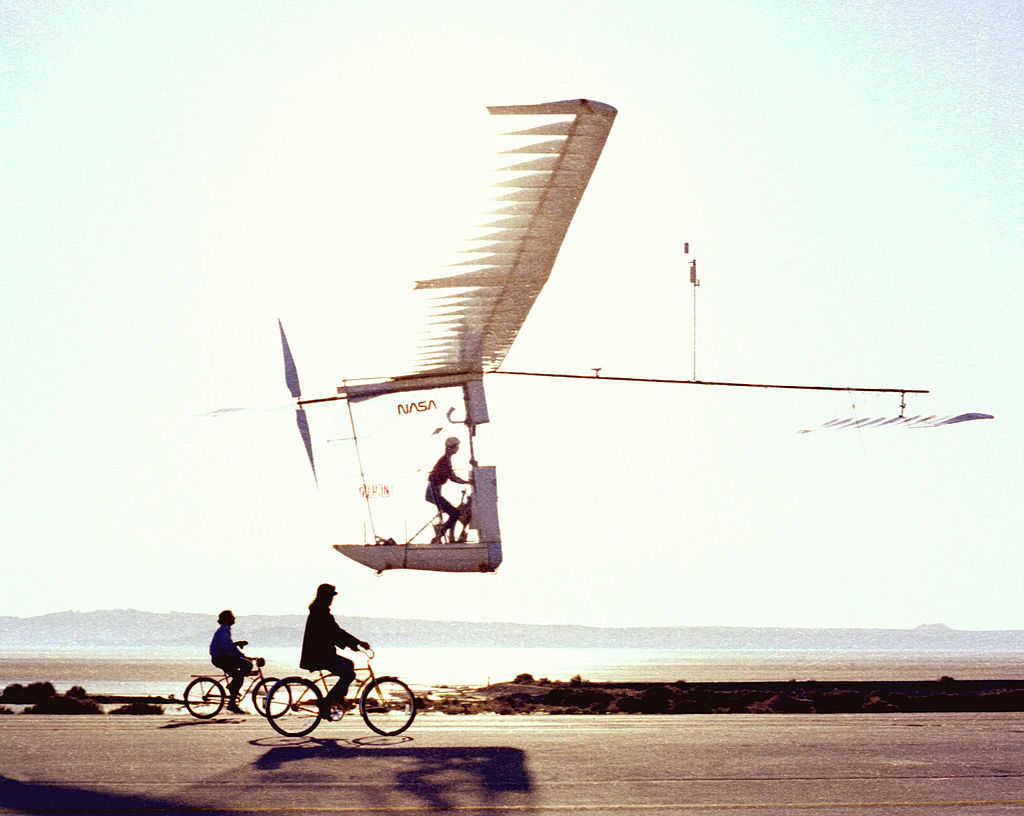 |
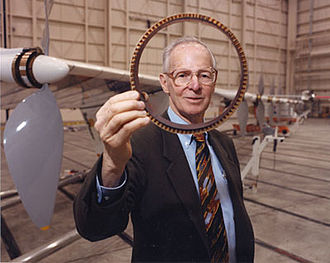 |
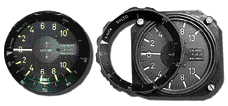 |
|---|---|---|
Built the first human-powered aircraft.
Founded the theory of gliding.
World gliding champion.
In 1985 he was commissioned to build a halfscale working replica of the pterosaur Quetzalcoatlus for the Smithsonian Institution, following a workshop in 1984 concluded that such a replica was feasible. The completed remote-controwhichlled flying reptile, with a wingspan of 18 feet, was filmed over Death Valley, California in 1986 for the Smithsonian's IMAX film On the Wing. It flew successfully several times before being severely damaged in a crash at an airshow at Andrews AFB in Maryland.
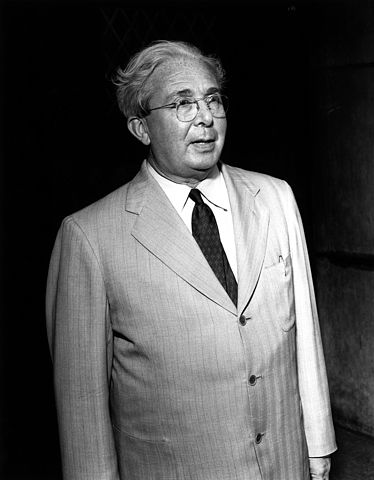 |
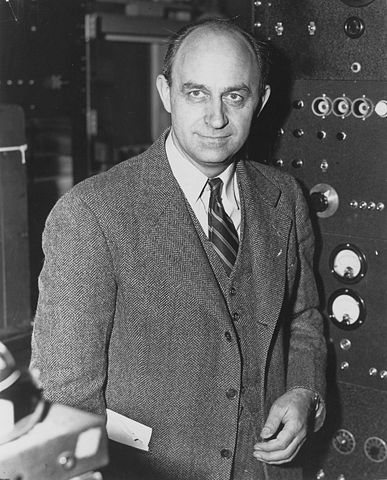 |
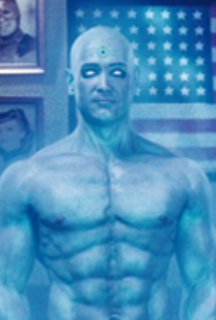 |
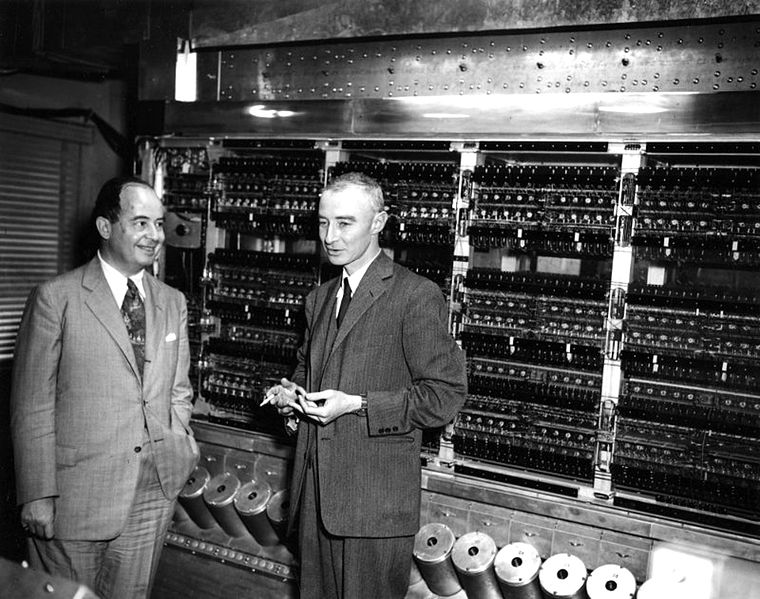 |
 |
|---|---|---|---|---|
1939 Aug 2 Szilard, Teller, and Einstein discuss nuclear fission. Szilard drafts
the the "Einstein letter" that is later delivered to President Roosevelt
1939 Oct11 Alexander Sachs delivers the Einstein letter to President Roosevelt
1939 Oct12 Roosevelt orders the commencement of the Manhattan Project to develop a
nuclear bomb.
1942 Dec 2 Fermi and Szilard achieve the first self-sustaining nuclear fission
reactor at the University of Chicago
1945 Jul16 Trinity test of a plutonium bomb yields a 20 kTon TNT equivalent explosion
1945 Aug 6 A uranium bomb is deployed at Hiroshima, yielding 15 kTons TNT equivalent
1945 Aug 9 A plutonium bomb is deployed at Nagasaki, yielding 21 kTons TNT equivalent
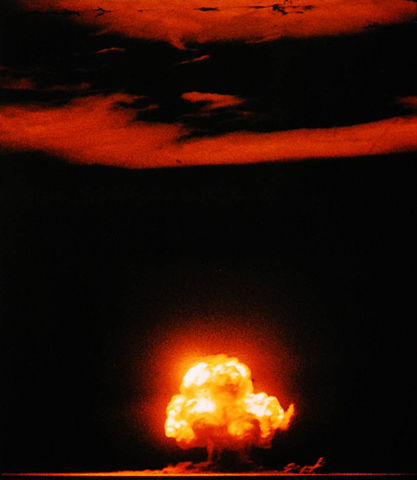 |
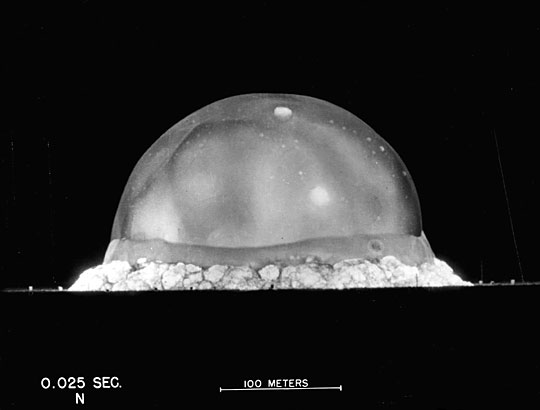 |
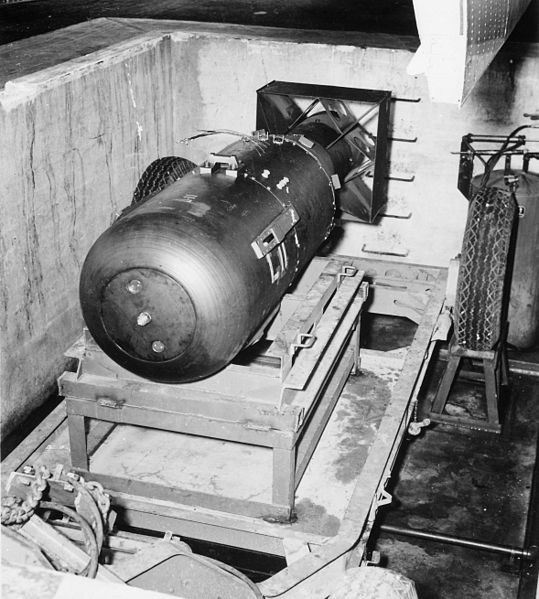 |
 |
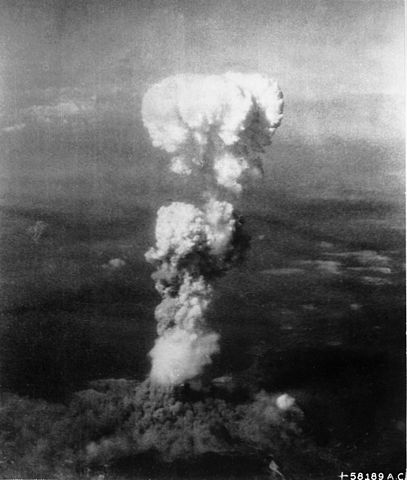 |
|---|---|---|---|---|
.jpg) |
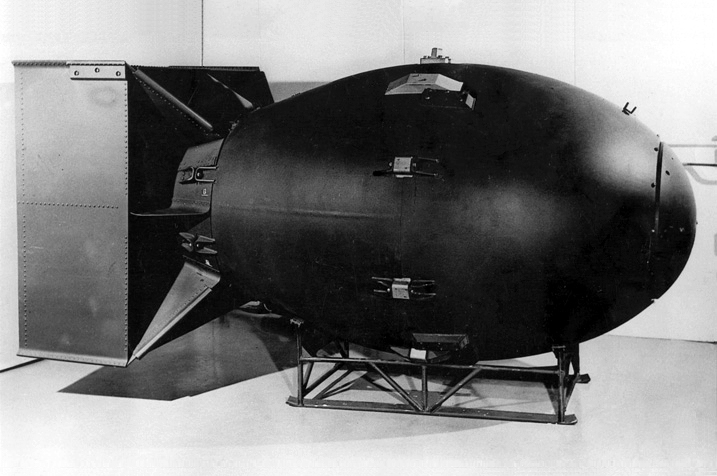 |
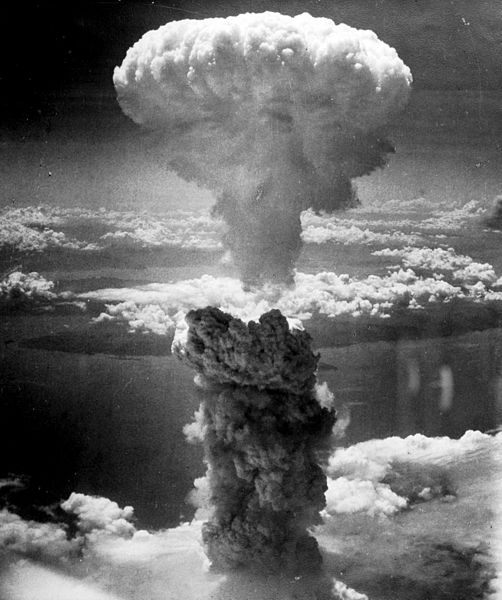 |
|---|---|---|
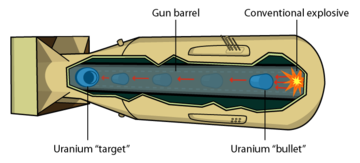 |
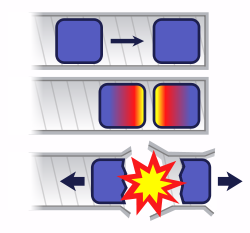 |
|---|---|
If you bring two pieces of uranium-235 together too slowly, a chain reaction begins in the near side of each piece, generates heat, and blows the two pieces apart before they can come completely together. Only a small amount of uranium undergoes fission and this is referred to as a "fizzle". Using gunpowder and a cannon is fast enough to properly detonate uranium and this is technologically easy to do.
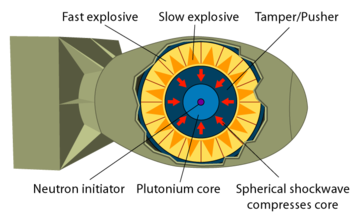 |
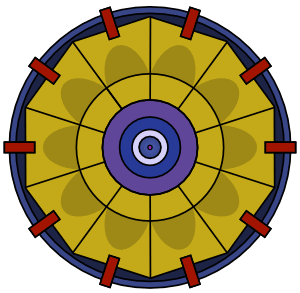 |
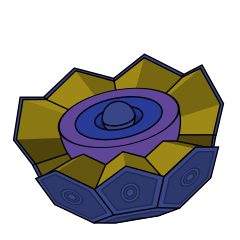 |
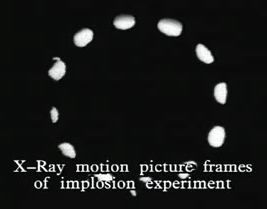 |
|---|---|---|---|
Plutonium is more difficult to detonate than uranium. Simply bringing two pieces together, no matter how fast, results in a fizzle. To detonate plutonium you have to shape it as a sphere and implode it, which is technologically difficult.
In World War 2 the U.S. produced enough uranium for 1 bomb and enough plutonium for 2 bombs. One of the plutonium bombs was tested in the "Trinity" test before being used in the war, and the second bomb was dropped on Nagasaki. The uranium bomb was dropped on Hiroshima without previously being tested.
When Hans Bethe, a physicist on the Manhattan project, was asked why they didn't test the uranium bomb he replied "Because we were perfectly sure it would work".
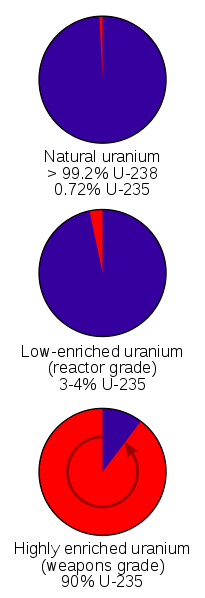 |
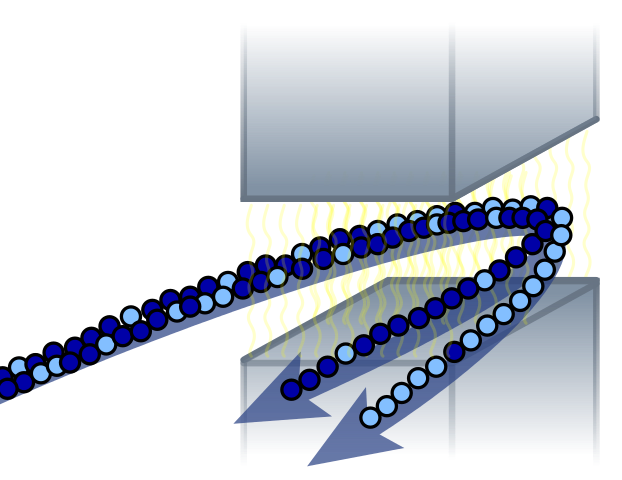 |
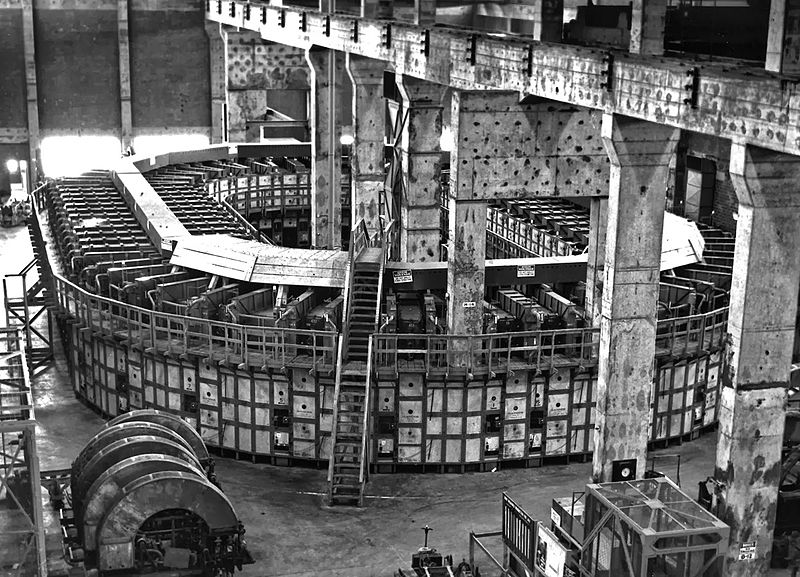 |
|---|---|---|
Natural Uranium is .72% Uranium-235 and 99.3% Uranium-238. Only Uranium-235 undergoes a chain reaction and so it has to be separated from the Uranium-238. Several methods exist for doing this. In World War 2 the isotopes were separated magnetically with calutrons. Gas diffusion and centrifuges can also be used.
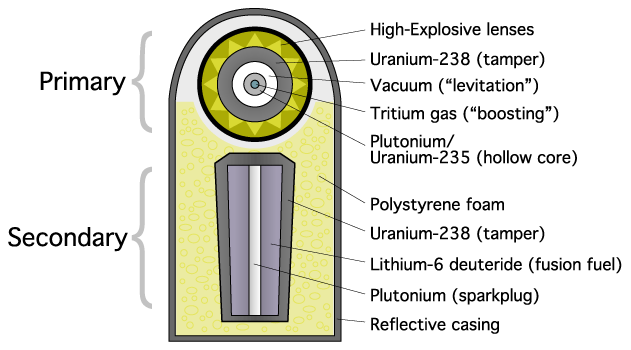 |
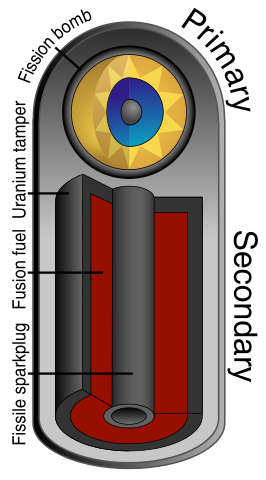 |
|---|---|
Fusion of deuterium and lithium requires high temperature and pressure, which is achieved by compressing the fuel. This is done by detonating a fission bomb and using the generated X-rays to compress the fusion fuel. X-rays strike the outer layer and expel atoms, and the recoil compresses the fuel. This is called "ablation" and the design was developed by Teller and Ulam.
-LLNL.jpg) |
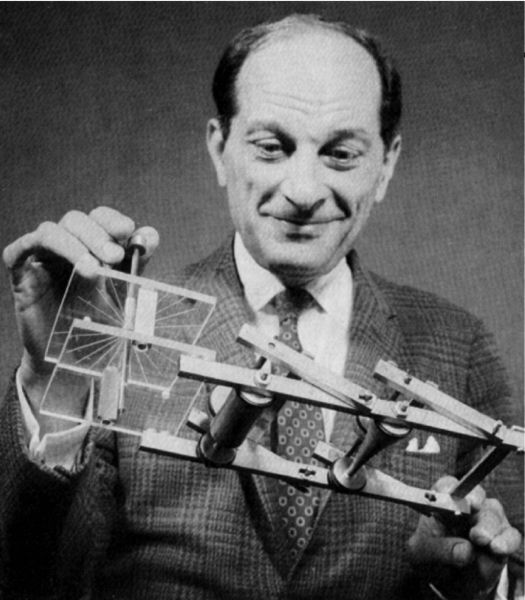 |
|---|---|
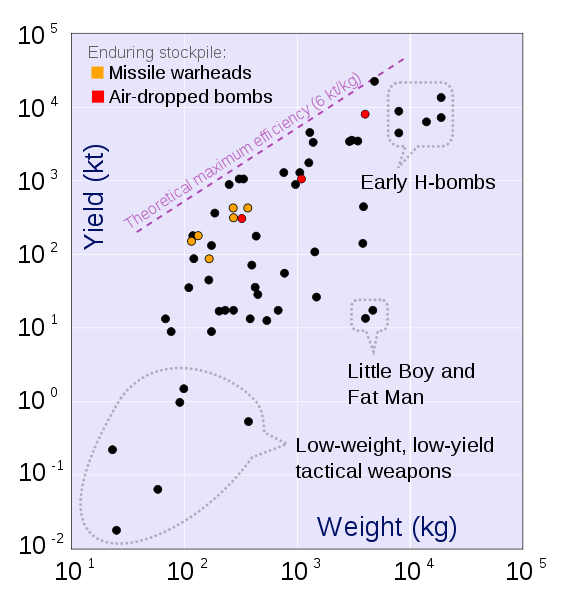 |
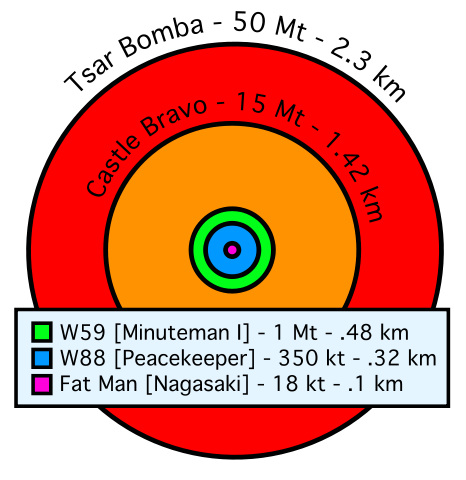 |
|---|---|
The practical limit for the energy/mass of a fusion bomb = 25 TJoules/kg or .0062 Mtons of TNT per kg.
1 ton of TNT = 4⋅109 Joules 1 ton of gasoline = 4⋅1010 Joules Massive Ordnance Air Blast bomb = .000011 MTons TNT (Largest U.S. conventional bomb) Trinity plutonium-239 test = .020 MTons TNT Hiroshima uranium-235 fission bomb = .015 MTons TNT "Little Boy". 60 kg Uranium-235 Nagasaki plutonium-239 fission bomb = .021 MTons TNT "Fat Man". 6 kg Plutonium-239 Ivy King fission bomb = .5 MTons TNT Largest pure fission bomb B83 fusion bomb = 1.2 MTons TNT Largest bomb in active service Castle Bravo fusion bomb = 15 MTons TNT Largest U.S. test B41 fusion bomb = 25 MTons TNT Largest U.S. bomb created Tsar Bomba = 50 MTons TNT Largest USSR test
An aircraft moving at Mach 2 and turning with a radius of 1.2 km has a g force of
7 g's.
Curtis LeMay: Flying fighters is fun. Flying bombers is important.
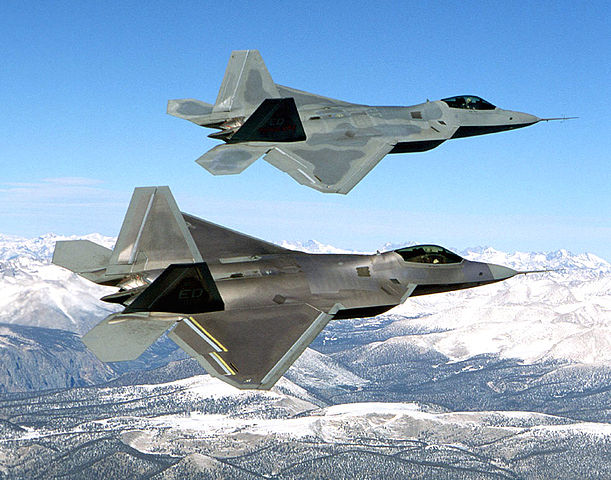
.jpg)
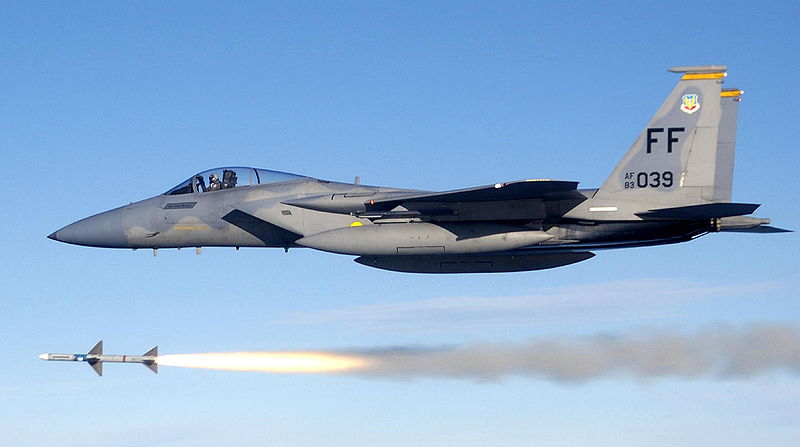
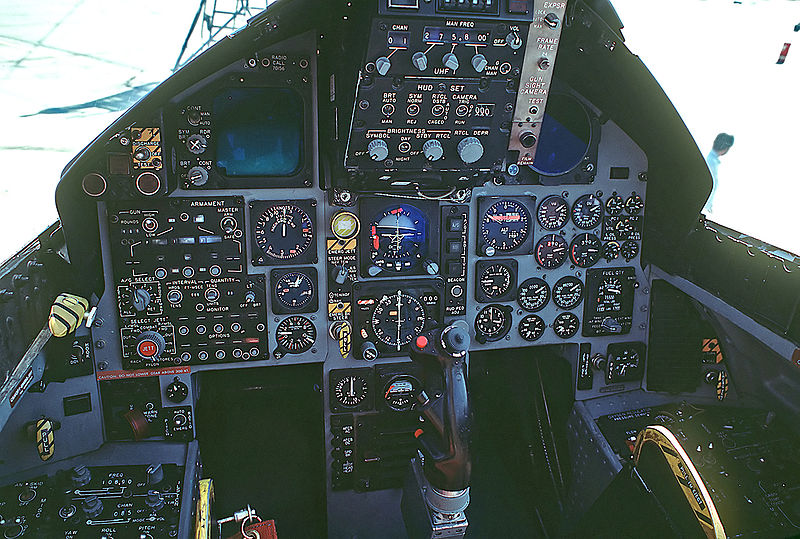
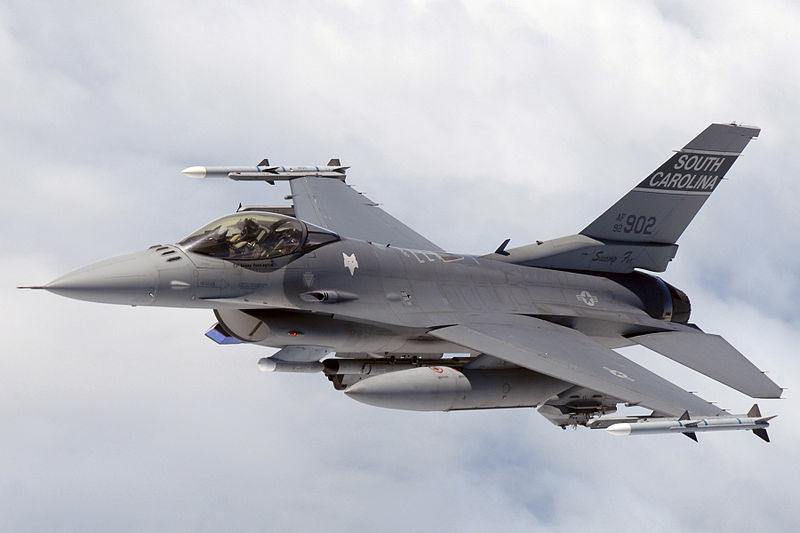
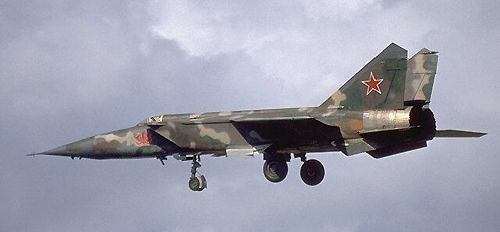
Speed Mass Takeoff Ceiling Thrust Range Cost Number Year Stealth
Mach ton ton km kN km M$
SR-71 Blackbird 3.3 30.6 78.0 25.9 302 5400 32 1966
MiG-25 Foxbat 2.83 20.0 36.7 20.7 200.2 1730 1186 1970
MiG-31 Foxhound 2.83 21.8 46.2 20.6 304 1450 519 1981
F-22A Raptor 2.51 19.7 38.0 19.8 312 2960 150 195 2005 *
F-15 Eagle 2.5 12.7 30.8 20.0 211.4 4000 28 192 1976
F-14 Tomcat 2.34 19.8 33.7 15.2 268 2960 712 1974
MiG-29 Fulcrum 2.25 11.0 20.0 18.0 162.8 1430 29 1600 1982
Su-35 2.25 18.4 34.5 18.0 284 3600 40 48 1988
F-4 Phantom II 2.23 13.8 28.0 18.3 1500 5195 1958
Chengdu J-10 2.2 9.8 19.3 18.0 130 1850 28 400 2005
F-16 Falcon 2.0 8.6 19.2 15.2 127 1200 15 957 1978
Chengdu J-7 2.0 5.3 9.1 17.5 64.7 850 2400 1966
Dassault Rafale 1.8 10.3 24.5 15.2 151.2 3700 79 152 2001
Euro Typhoon 1.75 11.0 23.5 19.8 180 2900 90 478 2003
F-35A Lightning 1.61 13.2 31.8 15.2 191 2220 85 77 2006 *
B-52 .99 83.2 220 15.0 608 14080 84 744 1952
B-2 Bomber .95 71.7 170.6 15.2 308 11100 740 21 1997 *
A-10C Warthog .83 11.3 23.0 13.7 80.6 1200 19 291 1972
Drone RQ-180 ~15 18.3 ~2200 2015 *
Drone X-47B .95 6.4 20.2 12.2 3890 2 2011 * Carrier
Drone Avenger .70 8.3 15.2 17.8 2900 12 3 2009 *
Drone RQ-4 .60 6.8 14.6 18.3 34 22800 131 42 1998
Drone Reaper .34 2.2 4.8 15.2 5.0 1852 17 163 2007
Drone RQ-170 15 20 2007 *
India HAL AMCA 2.5 14.0 36.0 18.0 250 2800 ? 0 2023 *
India HAL FGFA 2.3 18.0 35.0 20.0 352 3500 ? 0 >2020 *
Mitsubishi F-3 2.25 9.7 ? ? 98.1 3200 ? 1 2024 *
Chengdu J-20 2.0 19.4 36.3 ? 359.8 ? 110 4 2018 *
Sukhoi PAK FA 2.0 18.0 35.0 20.0 334 3500 50 6 2018 *
Shenyang J-31 1.8 17.6 25.0 ? 200 4000 ? 0 2018 *
Mach 1 = 295 m/s
5th generation fighters: F-22, F-35, X-2, HAL AMCA, J-20, J-31, Sukhoi PAK FA
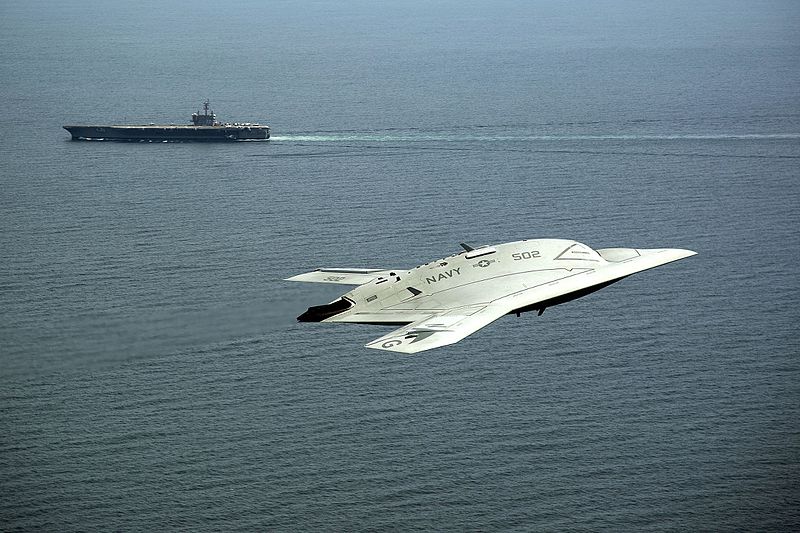
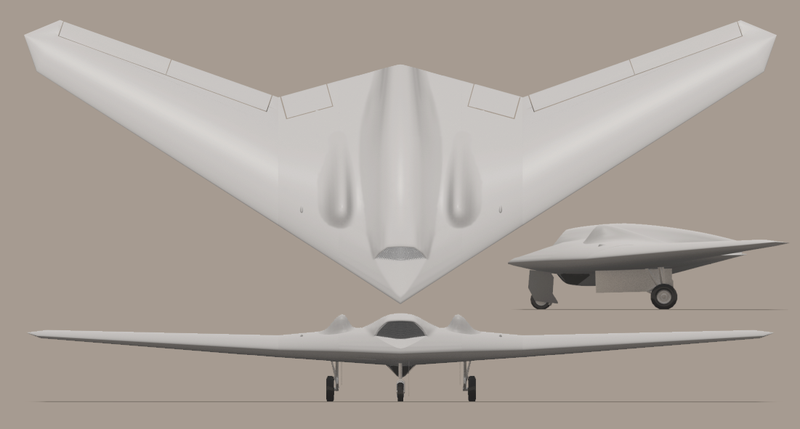
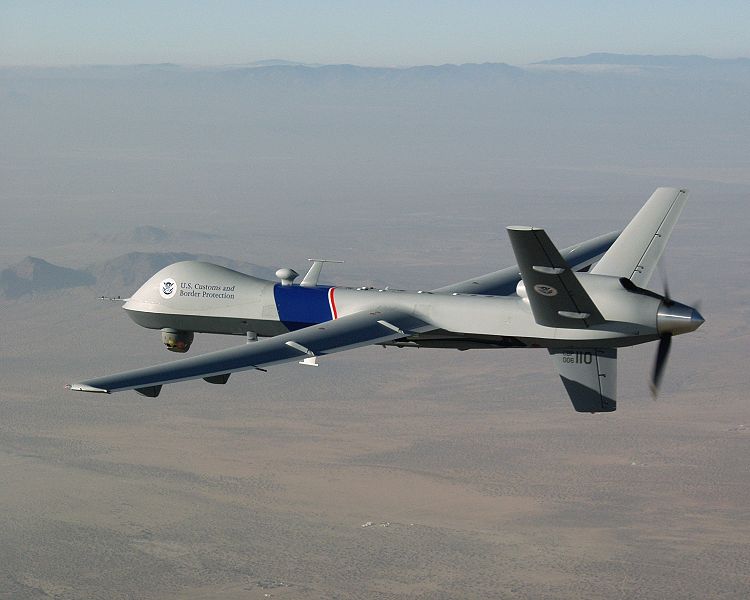
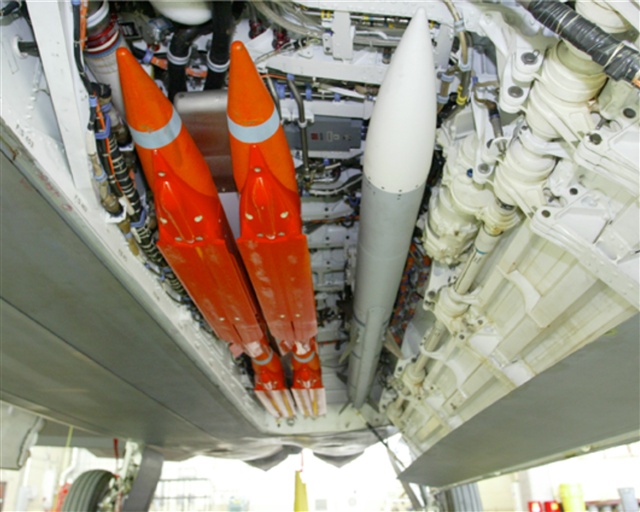
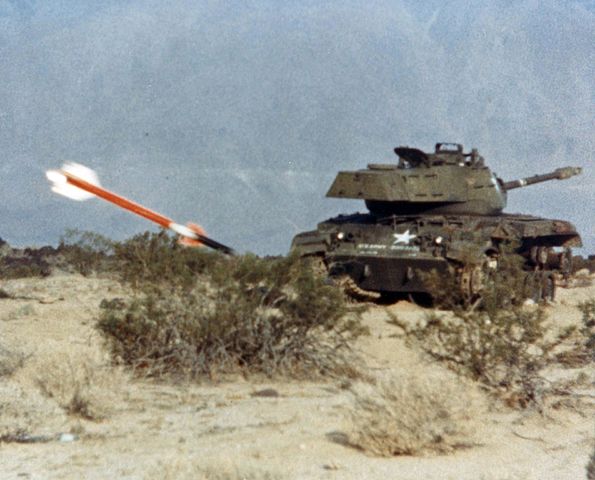
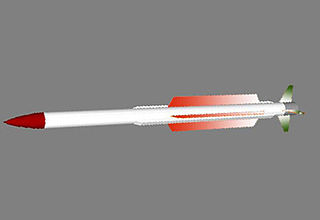
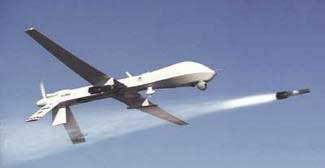
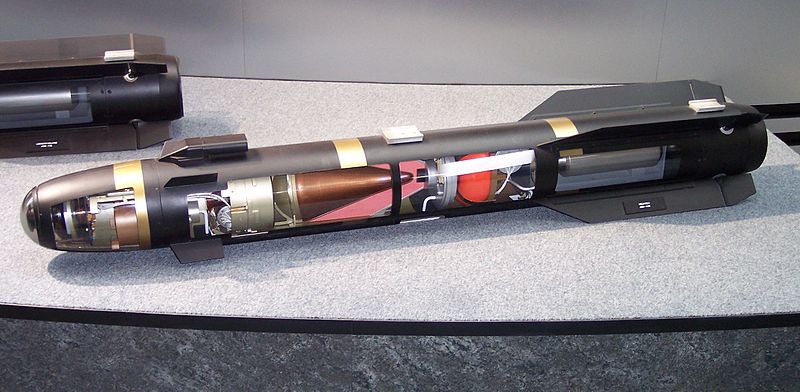
Mach Range Missile Warhead Year Engine
km kg kg
Russia R-37 6 400 600 60 1989 Solid rocket
Japan AAM-4 5 100 224 ? 1999 Ramjet
India Astra 4.5+ 110 154 15 2010 Solid rocket
EU Meteor 4+ 200 185 ? 2012 Ramjet
Russia R-77-PD 4 200 175 22.5 1994 Ramjet
USA AIM-120D 4 180 152 18 2008 Solid rocket
Israel Derby-IR 4 100 118 23 Solid rocket
Israel Rafael 4 50 118 23 1990 Solid rocket
France MICA 4 50 112 12 1996 Solid rocket
Israel Python 5 4 20 105 11 Solid rocket
Russia K-100 3.3 400 748 50 2010 Solid rocket
UK ASRAAM 3+ 50 88 10 1998 Solid rocket
Germany IRIS-T 3 25 87.4 2005 Solid rocket
USA AIM-9X 2.5+ 35 86 9 2003 Solid rocket
USA Hellfire 1.3 8 49 9 1984 Solid rocket AGM-114
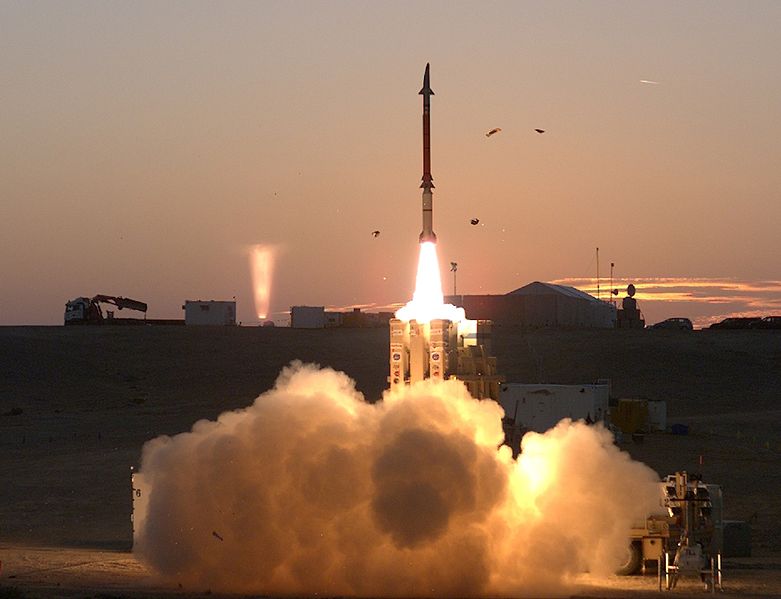
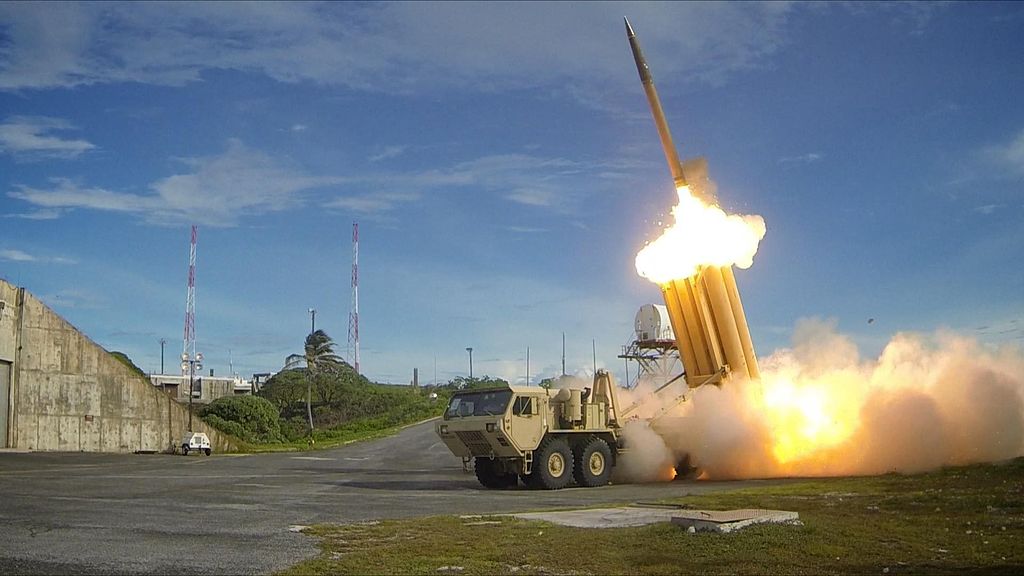
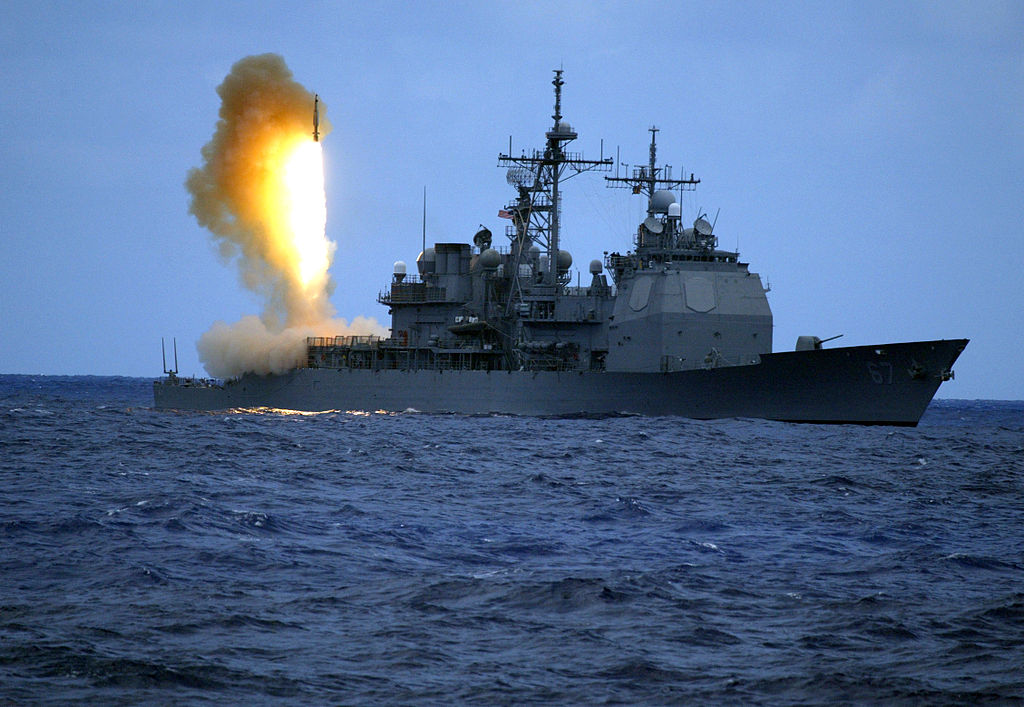
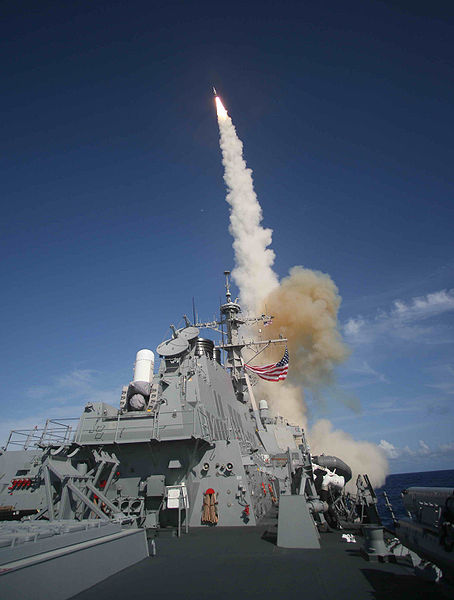
_02.jpg)
Mach Range Missile Warhead Year Engine Stages Anti
km kg kg missile
USA SM-3 15.2 2500 1500 0 2009 Solid rocket 4 *
Israel Arrow 9 150 1300 150 2000 Solid rocket 2
USA THAAD 8.24 200 900 0 2008 Solid rocket *
USA David 7.5 300 2016 Solid rocket *
Russia S-400 6.8 400 1835 180 2007 Solid rocket *
India Prithvi 5 2000 5600 2006 Solid, liquid 2 *
India AAD Ashwin 4.5 200 1200 0 2007 Solid rocket 1
Taiwan Sky Bow 2 4.5 150 1135 90 1998 Solid rocket
China HQ-9 4.2 200 1300 180 1997 Solid rocket 2
USA Patriot 3 4.1 35 700 90 2000 Solid rocket *
China KS-1 4.1 50 900 100 2006 Solid rocket *
USA RIM-174 3.5 460 1500 64 2013 Solid rocket 2
India Barak 8 2 100 275 60 1015 Solid rocket 2
Japan Chu-SAM 570 73 2003 Solid rocket
Korea KM-SAM 40 400 2015 Solid rocket
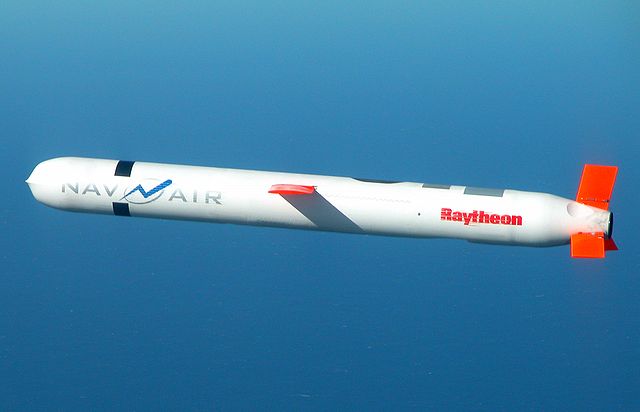
Mach Range Missile Warhead Year Engine Launch
km kg kg platform
USA Tomahawk .84 2500 1600 450 1983 Turbofan Ground
USA AGM-129 .75 3700 1300 130 1990 Turbofan B-52 Bomber
USA AGM-86 .73 2400 1430 1361 1980 Turbofan B-52 Bomber
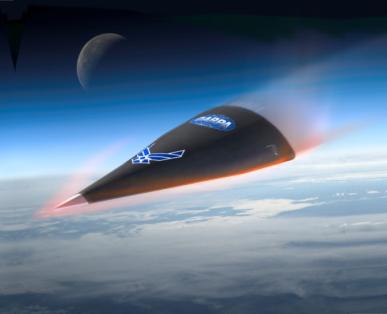
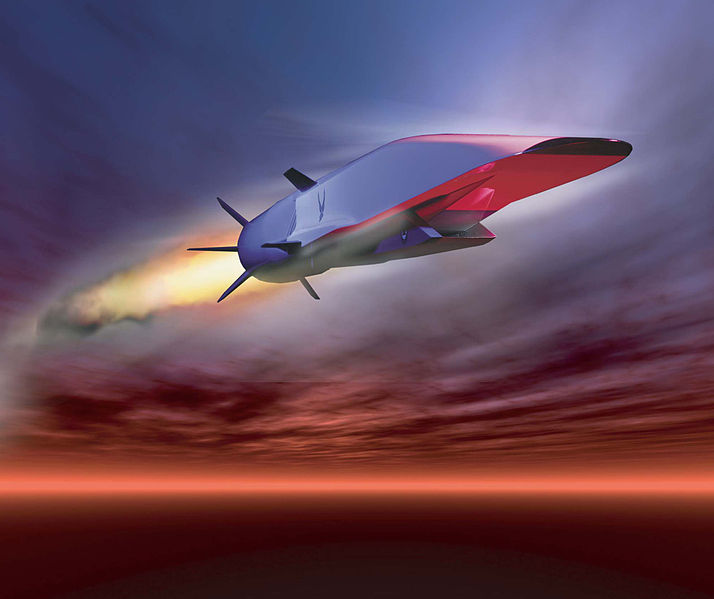
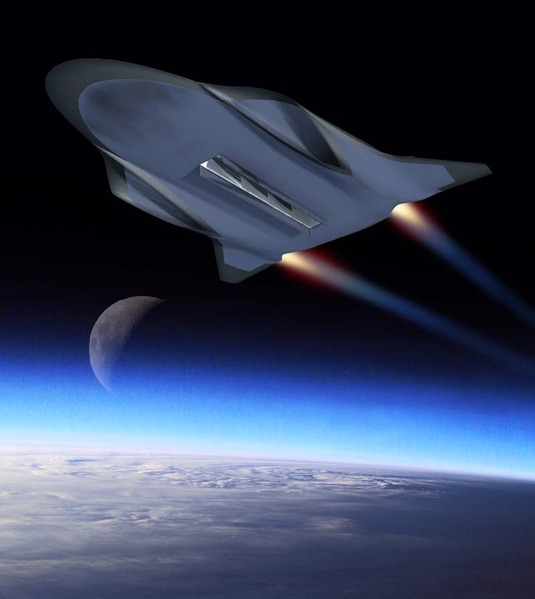
Speed Mass Range Year
mach tons km
USA SR-72 6 Future. Successor to the SR-71 Blackbird
USA HSSW 6 900 Future. High Speed Strike Weaspon
USA HTV-2 20 17000 2 Test flights
USA X-41 8 Future
USA X-51 5.1 1.8 740 2013 Tested. 21 km altitude. Will become the HSSW
Russia Object 4202 10 Tested
India HSTDV 12 Future
China Wu-14 10 2014 7 tests. also called the DZ-ZF
The SR-72 has two engines: a ramjet for below Mach 3 and a ramjet/scramjet for above
Mach 3. The engines share an intake and thrust nozzle.
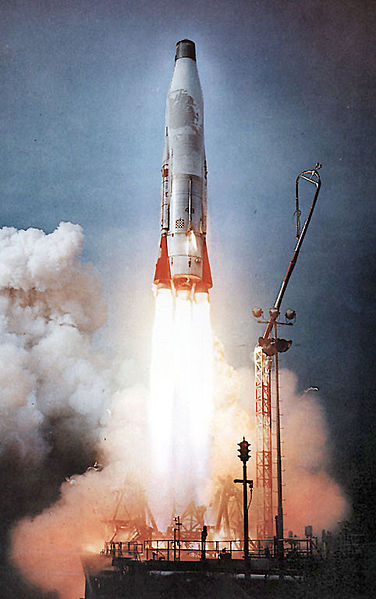
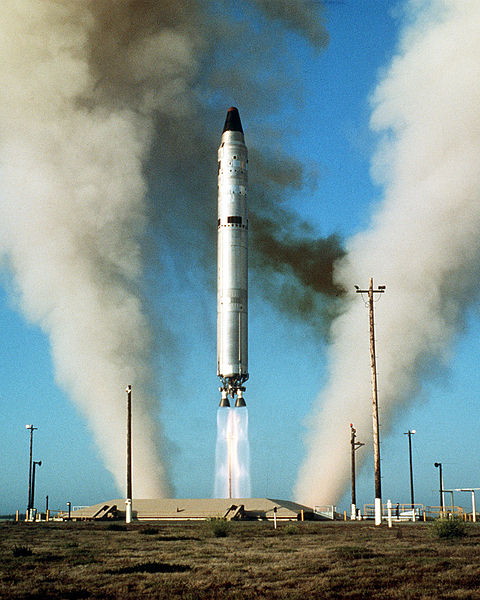
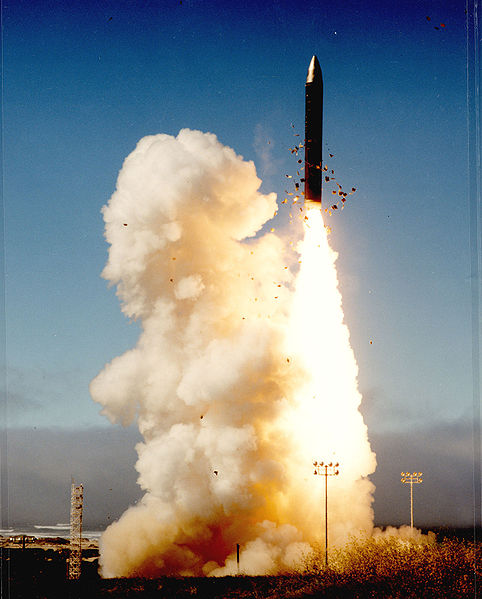
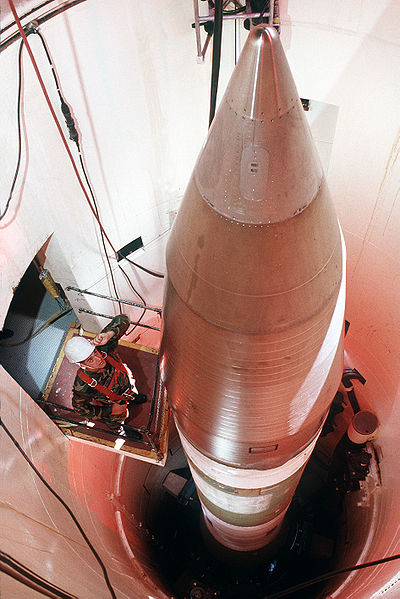
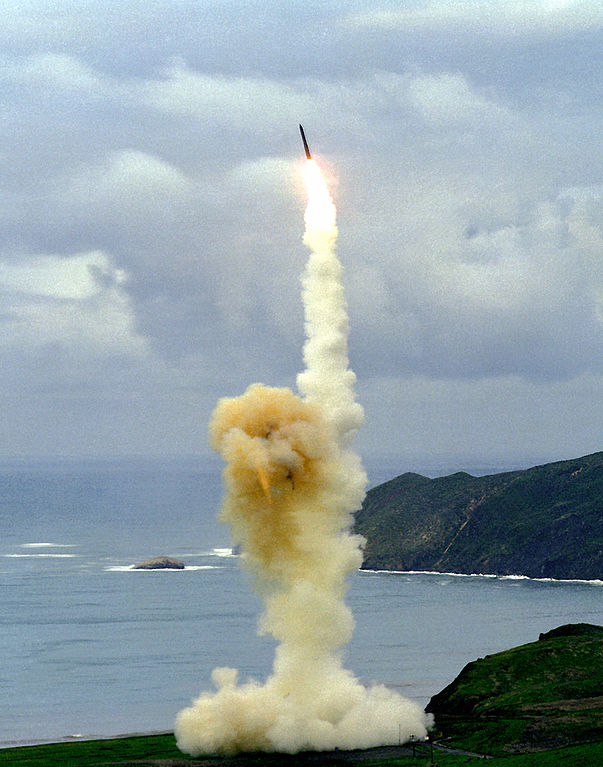
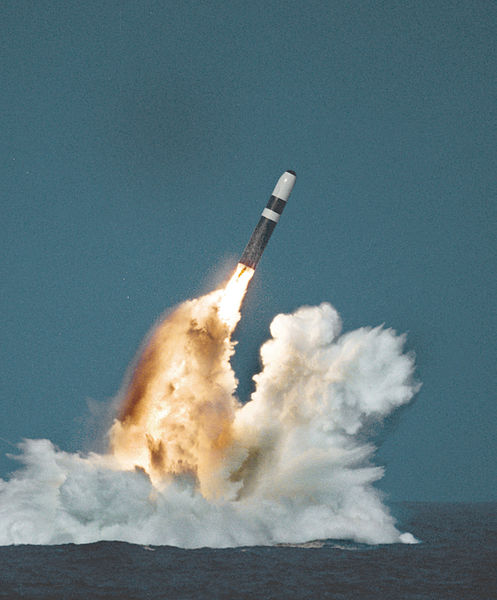
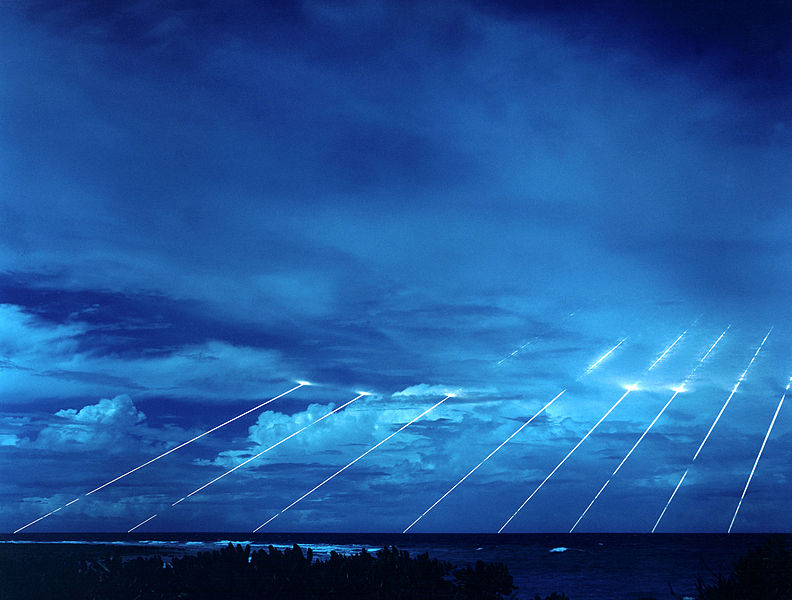
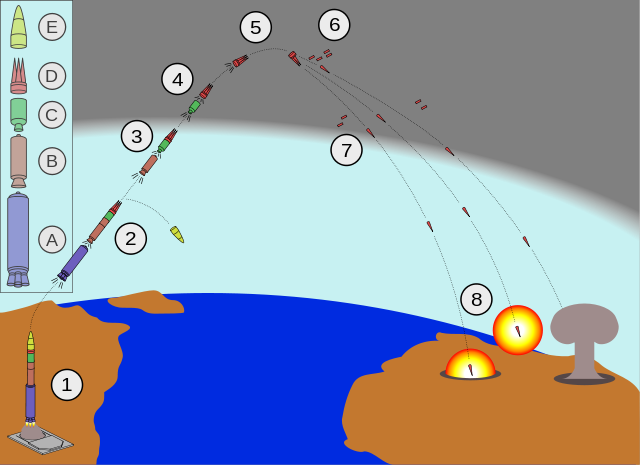
Payload Paylod Range Mass Launch Year
(tons) (Mtons) (km) (tons)
USA Titan 2 9 15000 154 Silo 1962 Inactive
USA Minuteman 3 .9 13000 35.3 Silo 1970
USA Trident 2 .95 11300 58.5 Sub 1987
USA Titan 3.75 10200 151.1 Silo 1959 Inactive
USA Peacekeeper 3 9600 96.8 Silo 1983 Inactive
Russia RS-24 1.2 12000 49 Road 2007
Russia Voevoda 8.7 8 11000 211.4 Silo 1986
Russia Layner 11000 40 Sub 2011
Russia RS-28 Sarmat 10 10000 >100 Silo 2020 Liquid rocket
Russia Bulava .9 10000 36.8 Sub 2005
France M51.1 1 10000 52 Sub 2006
China DF-5B 8 15000 183 Silo 2015
China DF-5A 4 15000 183 Silo 1983
China JL-2 6 12000 42 Sub 2001
China DF-5 5 12000 183 Silo 1971
China DF-31A 3 12000 42 Road
China DF-31 1 8000 42 Road 1999
China DF-4 3.3 7000 82 Silo 1974
India Surya 15 16000 70 Road 2022
India Agni-VI 10 12000 70 Road 2017
India Agni-V 6 8000 50 Road 2012
India K-4 2.5 3500 17 Sub 2016 Solid. Arihant nuclear sub
India K-15 ~6.5 750 1.0 Sub 2010 Solid. 2 stages. Arihant nuclear sub
Israel Jericho 3 .75 11500 30 Road 2008
N. Kor. Taepodong-2 6000 79.2 Pad 2006
Pakis. Shaheen 3 2750 Road 2015 Solid. 2 stages.
Pakis. Shaheen 2 2000 25 Road 2014 Solid. 2 stages.
Pakis. Ghauri 2 1.2 1800 17.8 Road
Pakis. Ghauri 1 .7 1500 15.8 Road 2003 Liquid. 1 stage.
Iran Shabab 3 1.0 1930 2003
Payload in "tons" represents the mass of the payload.
Payload in "Mtons" is the nuclear detonation payload in terms of tons of TNT.
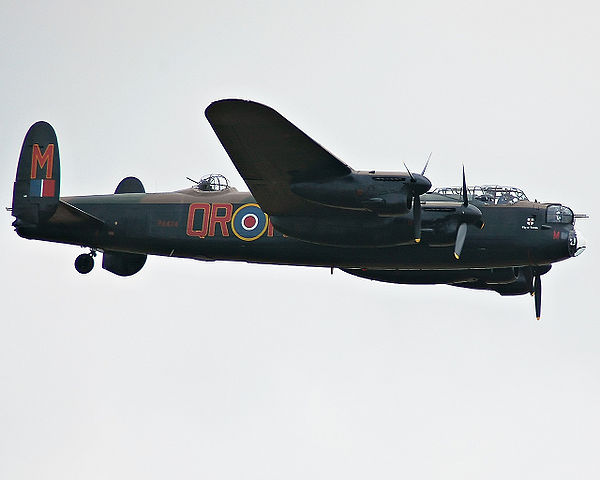
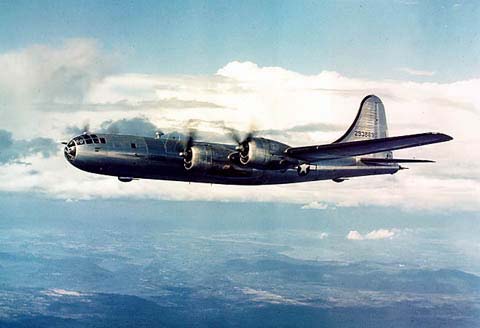
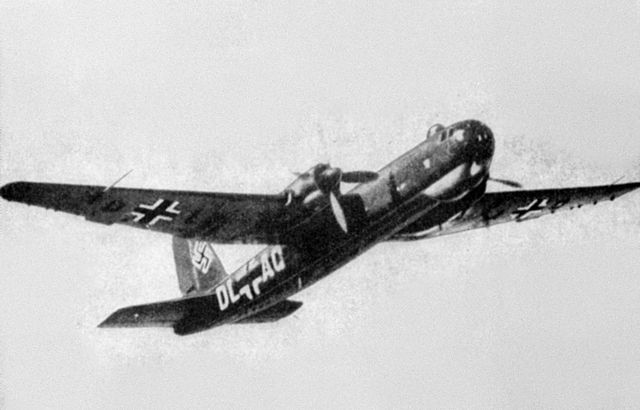
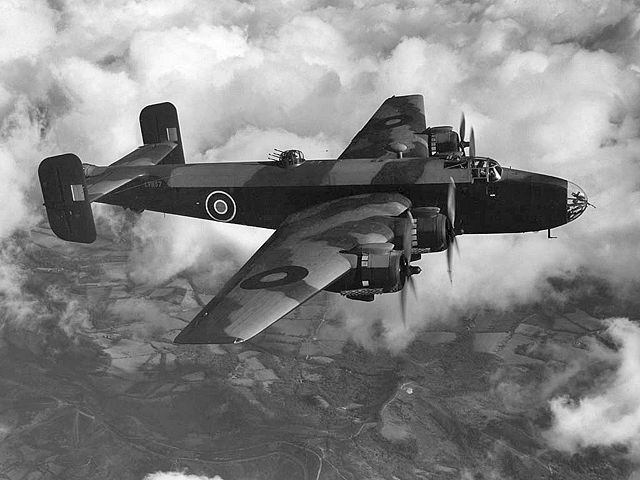
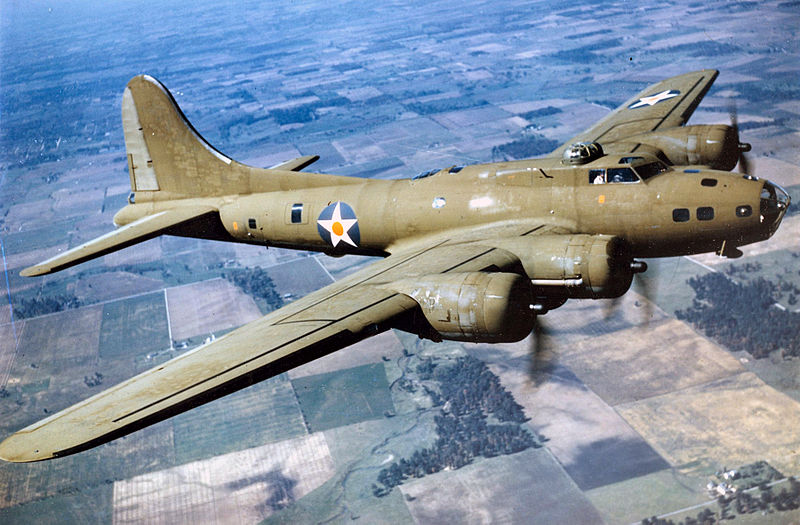
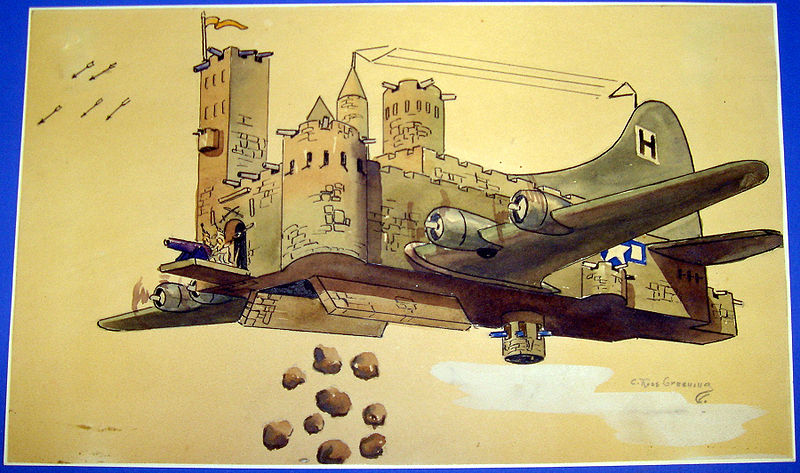
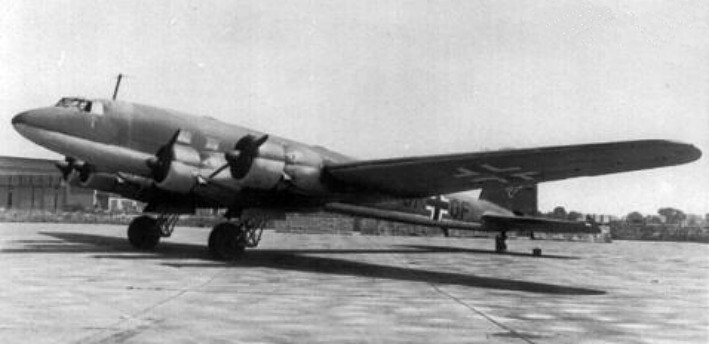
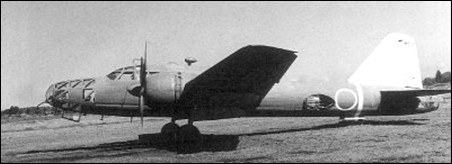
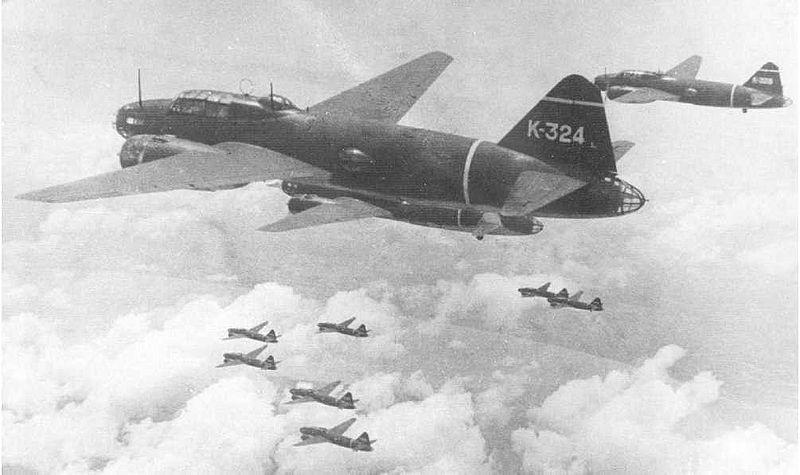
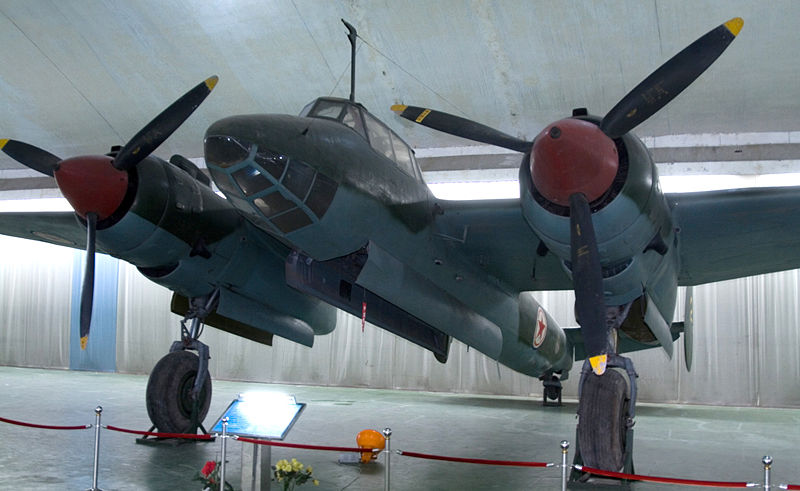
Max Mass Max Bombs Max Engine Range # Year Bombs * #
speed mass alt Built
kph ton ton ton km kWatt km MTon
UK Avro Lancaster 454 16.6 32.7 10.0 6.5 4x 954 4073 7377 1942 74
USA B-17 Flying Fortress 462 16.4 29.7 3.6 10.5 4x 895 3219 12731 1938 46
USA B-29 Superfortress 574 33.8 60.6 9.0 9.7 4x1640 5230 3970 1944 36
UK Handley Page Halifax 454 17.7 24.7 5.9 7.3 4x1205 3000 6176 1940 36.4
Soviet Petlyakov Pe-2 580 5.9 8.9 1.6 8.8 2x 903 1160 11427 1941 18
UK Short Stirling 454 21.3 31.8 6.4 5.0 4x1025 3750 2371 1939 15.2
Soviet Tupolev Tu-2 528 7.6 11.8 3.8 9.0 2x1380 2020 2257 1942 8.6
Germany Heinkel He 177 565 16.8 32.0 7.2 8.0 2x2133 1540 1169 1942 8.4
Germany Fokke-Wulf Condor 360 17.0 24.5 5.4 6.0 4x 895 3560 276 1937 1.5
Japan Mitsubishi Ki-67 537 8.6 13.8 1.6 9.5 2x1417 3800 767 1942 1.2
Japan Yokosuka P1Y Ginga 547 7.3 13.5 1.0 9.4 2x1361 5370 1102 1944 1.1
Japan Mitsubishi G4M 428 6.7 12.9 1.0 8.5 2x1141 2852 2435 1941 2.4
UK Total 126
USA Total 82
Soviet Total 27
Germany Total 10
Japan Total 5
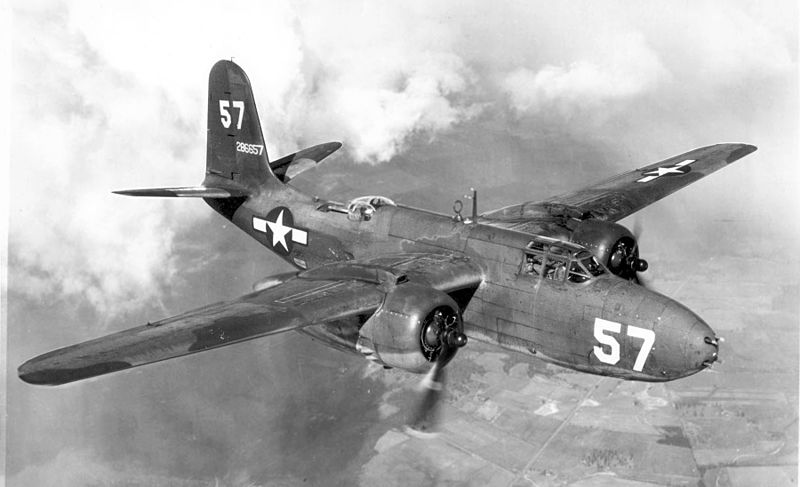
-531.jpeg)
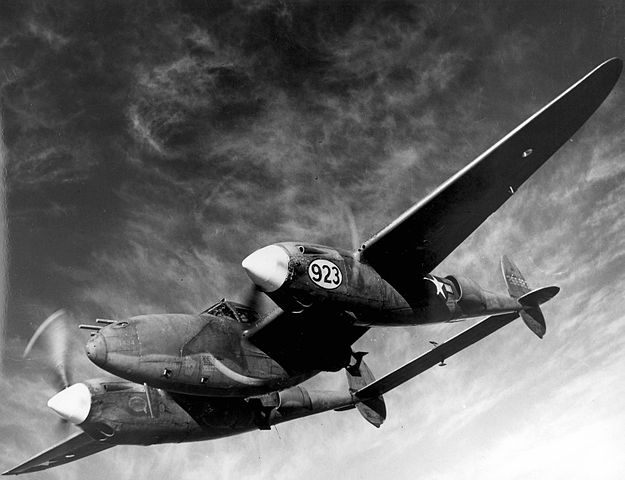
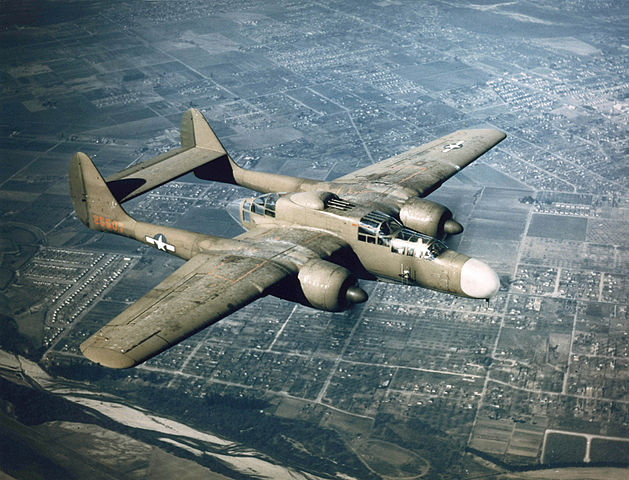
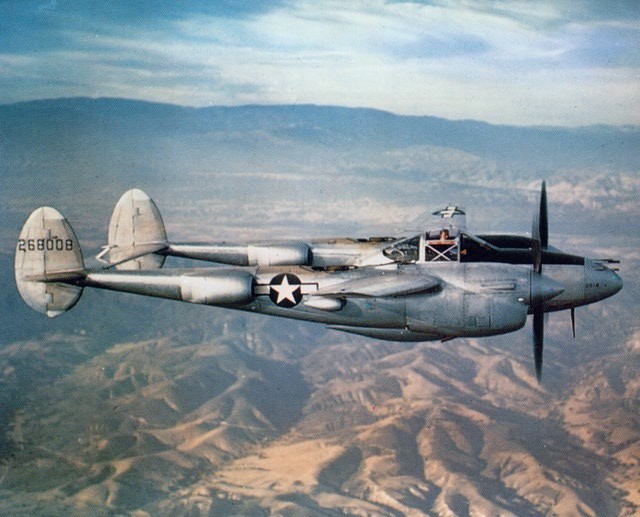
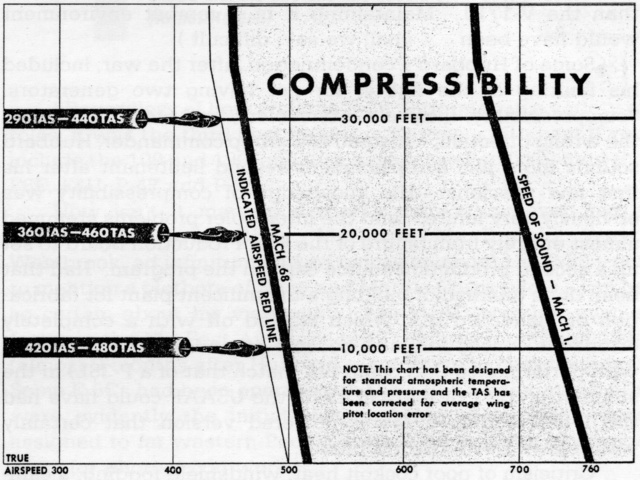
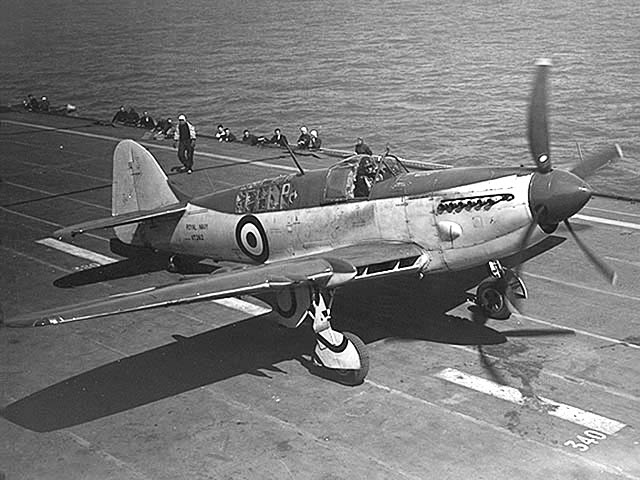
.jpg)
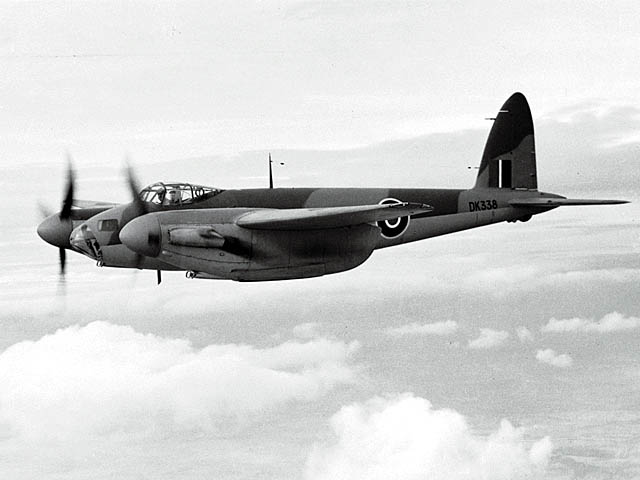
.jpg)
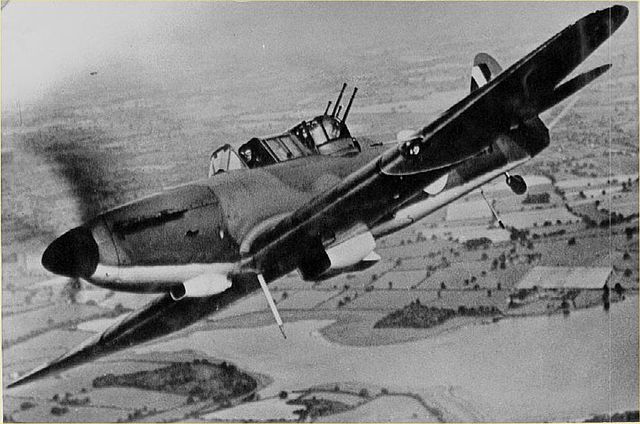
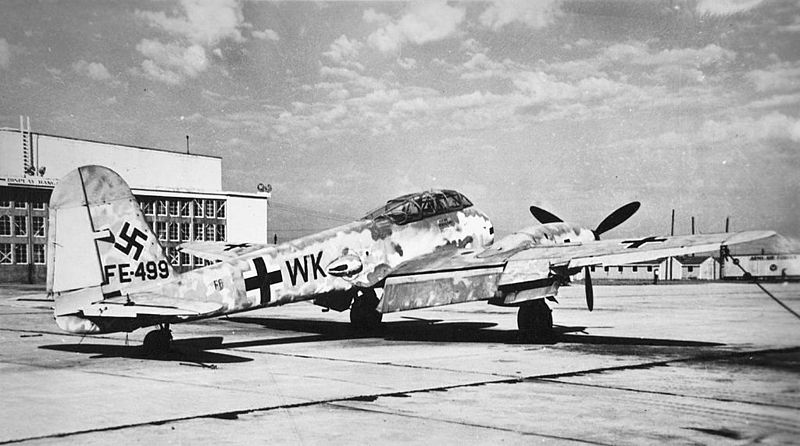
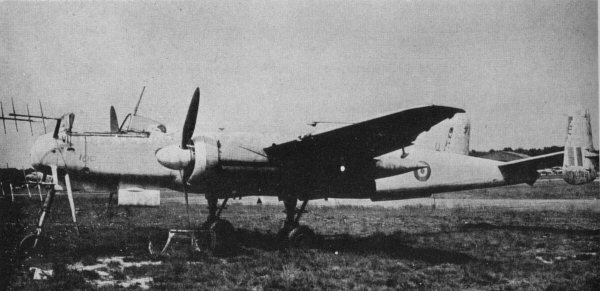
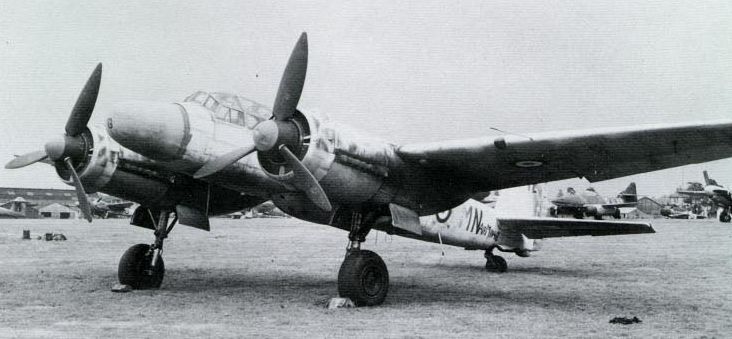
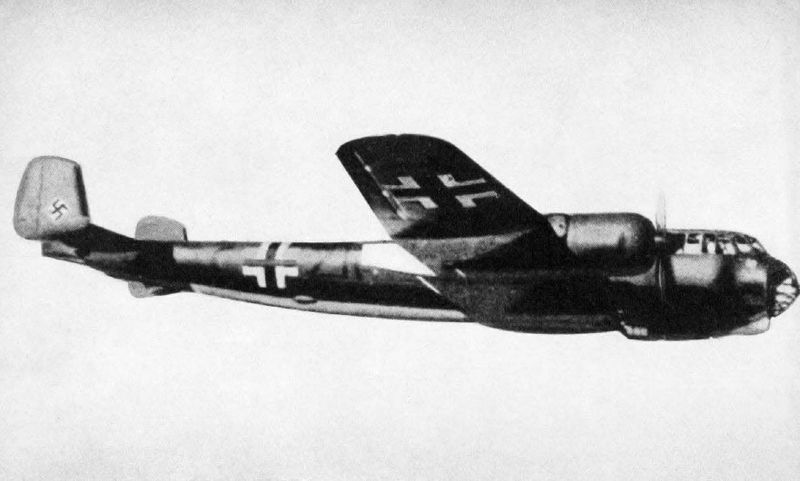
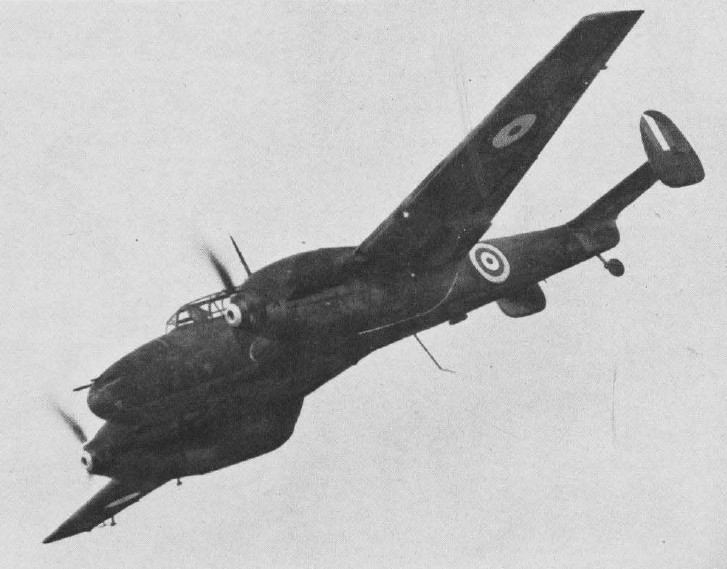
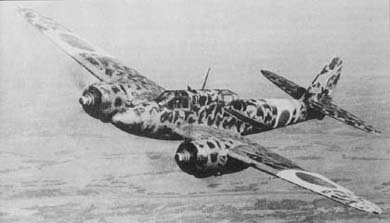
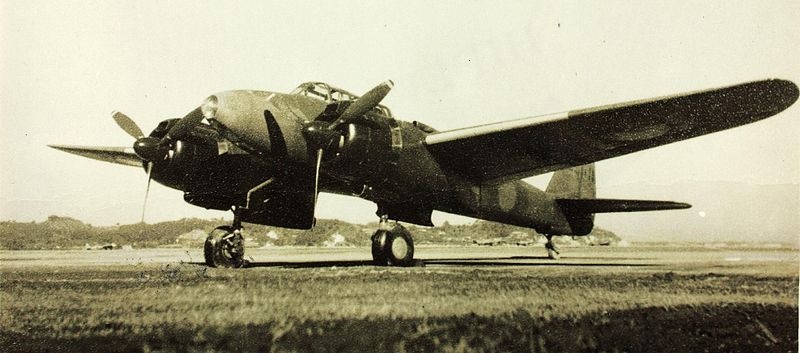
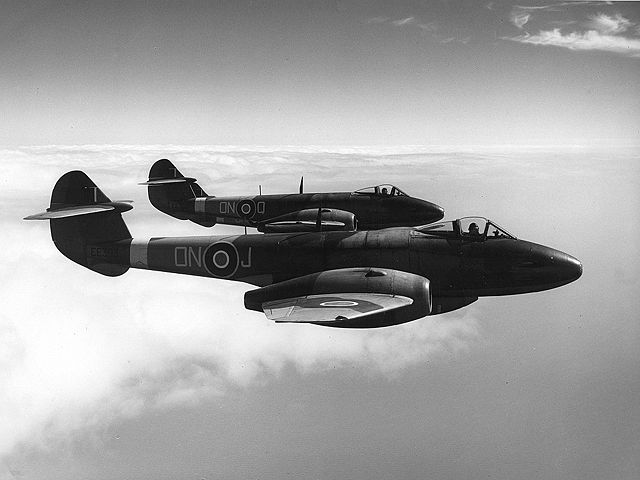
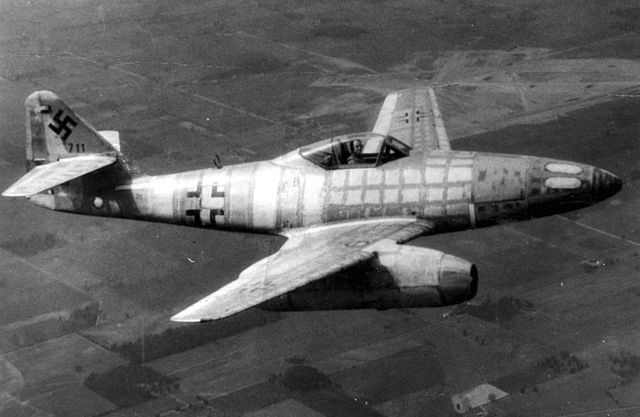
.jpg)
Max Climb Mass Max Bombs Max Engine Range # Year
speed mass alt Built
kph m/s ton ton ton km kWatt km
USA P51 Black Widow 589 12.9 10.6 16.2 2.9 10.6 2x1680 982 706 1944
USA A-20 Havoc 546 10.2 6.8 12.3 .9 7.2 2x1200 1690 7478 1941
USA F7F Tigercat 740 23 7.4 11.7 .9 12.3 2x1566 1900 364 1944
USA P-38 Lightning 667 24.1 5.8 9.8 2.3 13.0 2x1193 10037 1941
UK Fairey Firefly 509 8.8 4.4 6.4 .9 8.5 1x1290 2090 1702 1943
UK Mosquito 668 14.5 6.5 11.0 1.8 11.0 2x1103 2400 7781 1941
UK Beaufighter 515 8.2 7.1 11.5 .3 5.8 2x1200 2816 5928 1940
UK Fairie Fulmar 438 3.2 4.6 .1 8.3 1x 970 1255 600 1940
UK Defiant 489 9.0 2.8 3.9 0 9.2 1x 768 749 1064 1939
Japan Dragon Slayer 540 11.7 4.0 5.5 0 10.0 2x 783 1701 1941 Ki-45
Japan Flying Dragon 537 6.9 8.6 13.8 1.6 9.5 2x1417 3800 767 1942 Ki-67
Japan J1N Moonlight 507 8.7 4.5 8.2 0 2x 840 2545 479 1942
Ger. Hornet 624 9.3 6.2 10.8 1.0 10.0 2x1287 2300 1189 1943
Ger. Flying Pencil 557 3.5 9.1 16.7 4.0 7.4 2x1287 2145 1925 1941 Do-217
Ger. Heinkel He-219 616 13.6 0 9.3 2x1324 1540 300 1943
Ger. Junkers Ju-88 360 11.1 12.7 0 5.5 2x1044 1580 15183 1939
Ger. Me-110 595 12.5 7.8 0 11.0 2x1085 900 6170 1937
SU Petlyakov Pe-3 530 12.5 5.9 8.0 .7 9.1 2x 820 1500 360 1941
UK Gloster Meteor 965 35.6 4.8 7.1 .9 13.1 Jet 965 3947 1944
Ger. Me-262 Swallow 900 ~25 3.8 7.1 1.0 11.5 Jet 1050 1430 1944
Ger. Heinkel He-162 840 23.4 1.7 2.8 0 12.0 Jet 975 320 1945
Me-262 Swallow jet = 2x 8.8 kNewtons
Heinkel He-162 jet = 1x 7.8 kNewtons
Gloster Meteor jet = 2x16.0 kNewtons
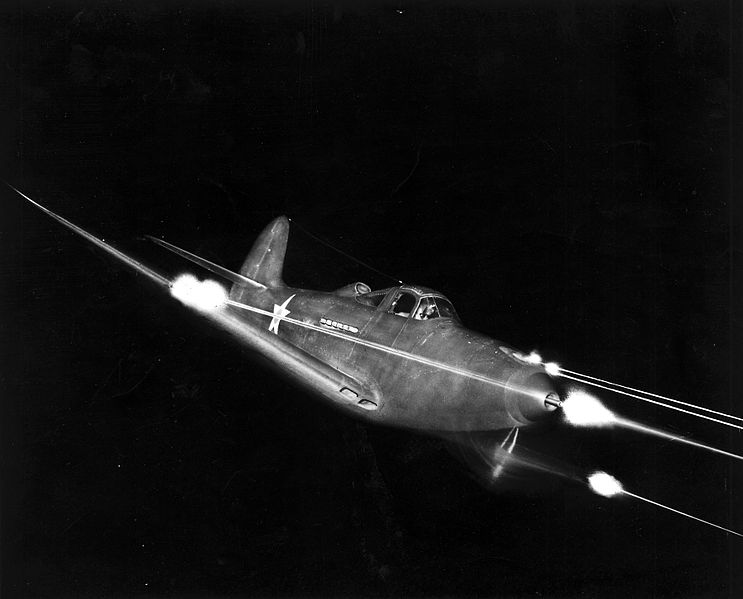
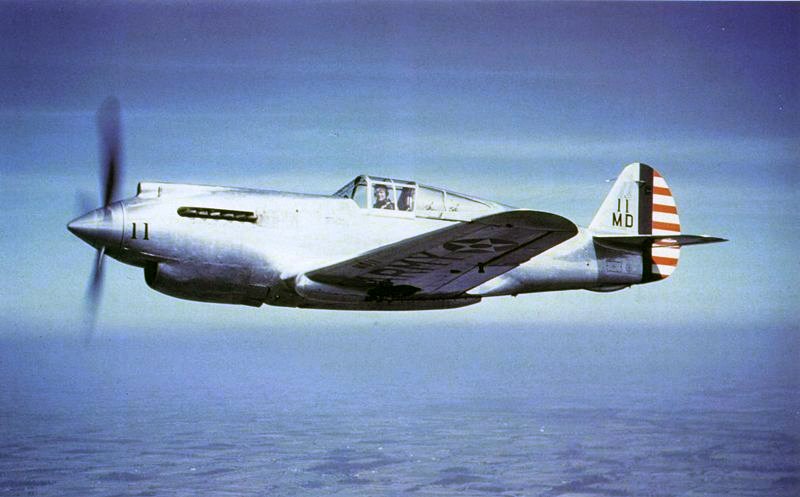
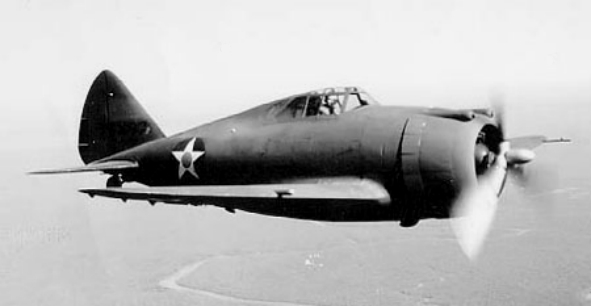
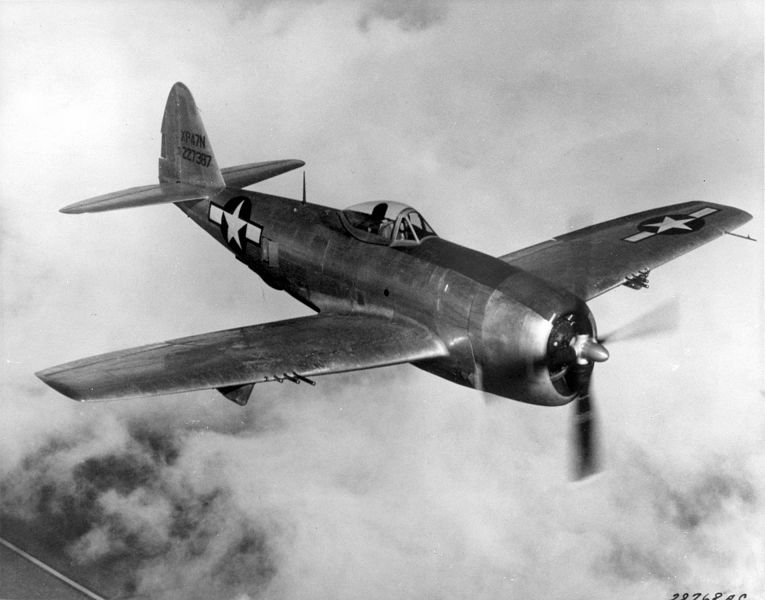
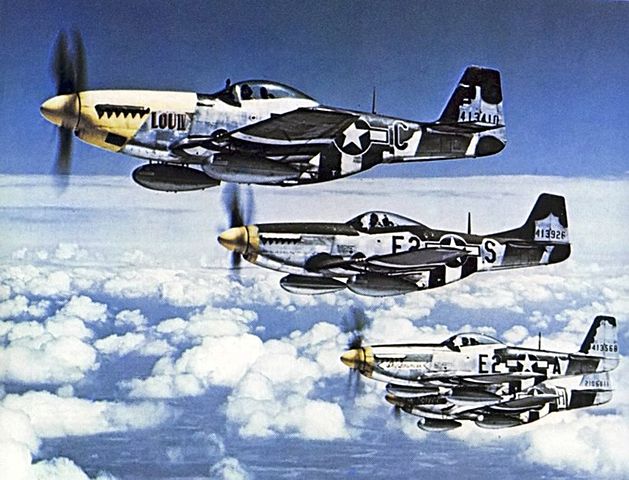
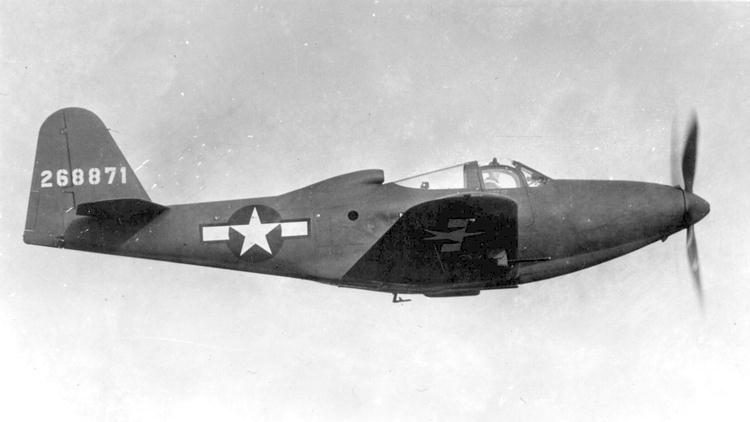
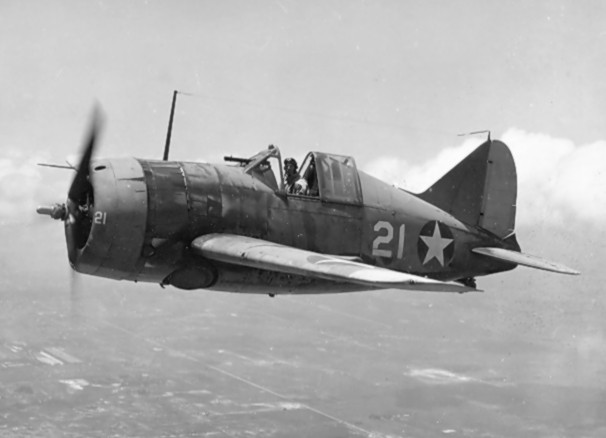
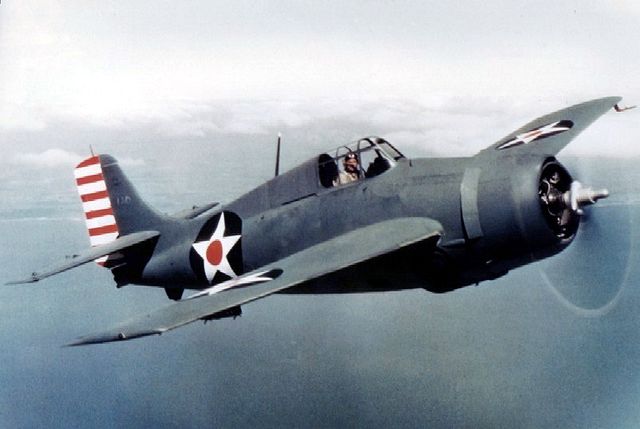
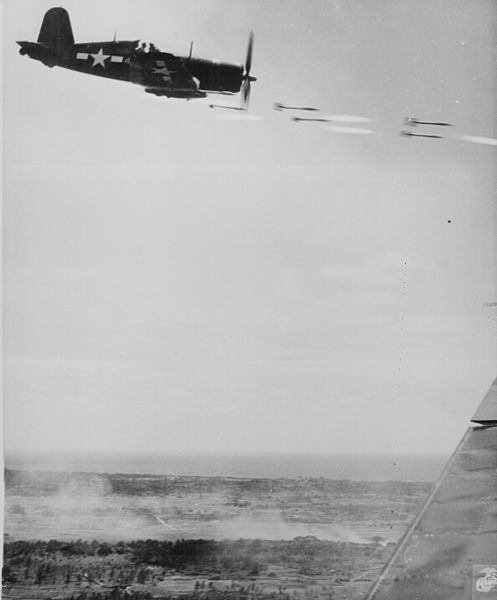
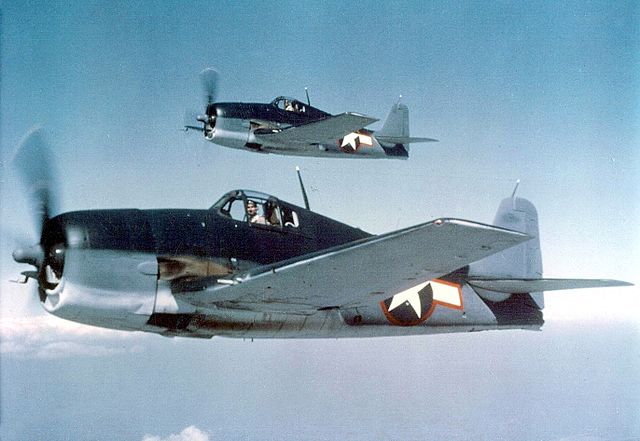
.jpg)
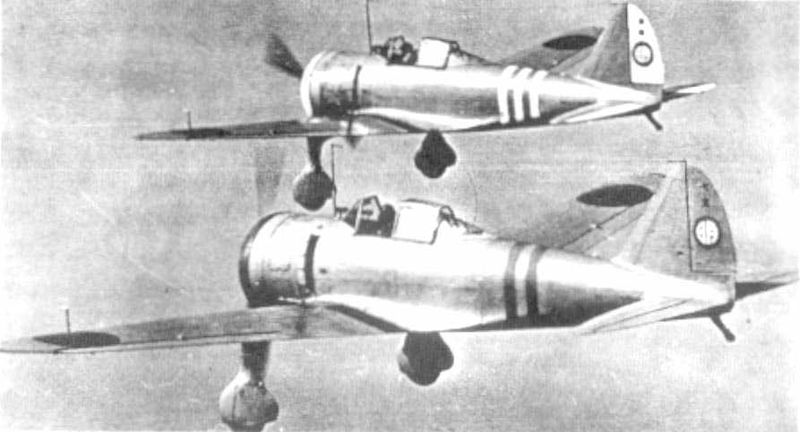
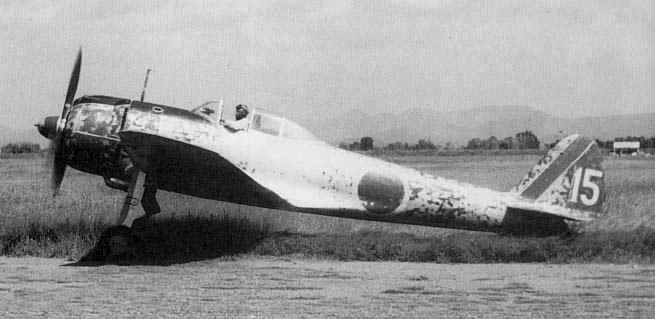
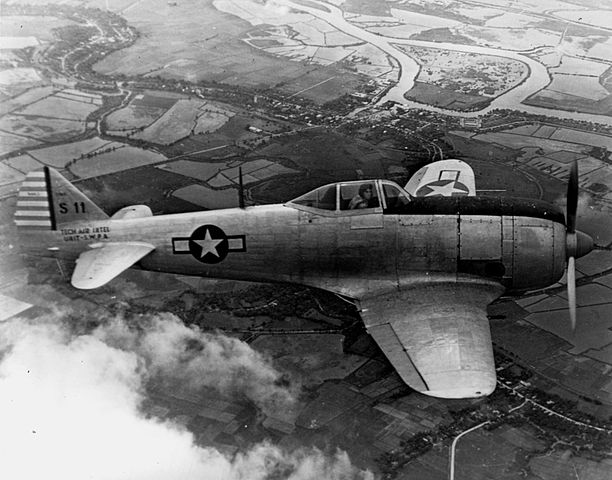
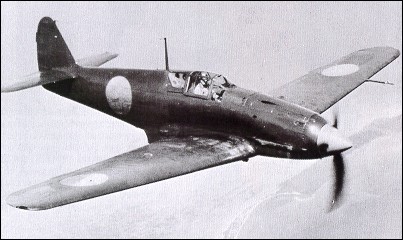
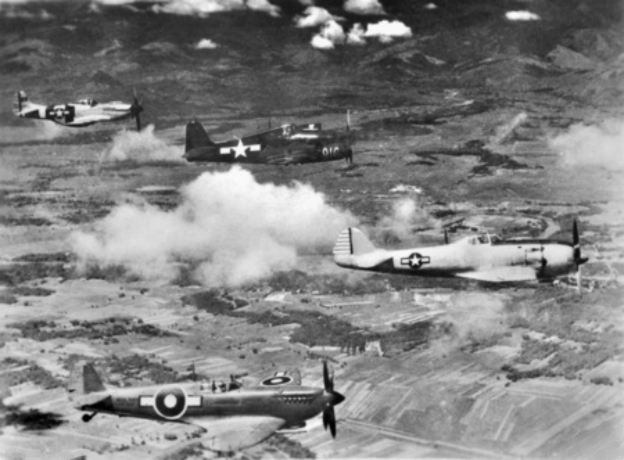
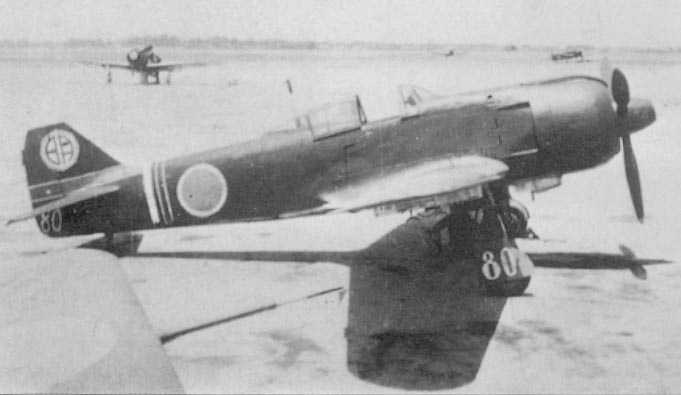
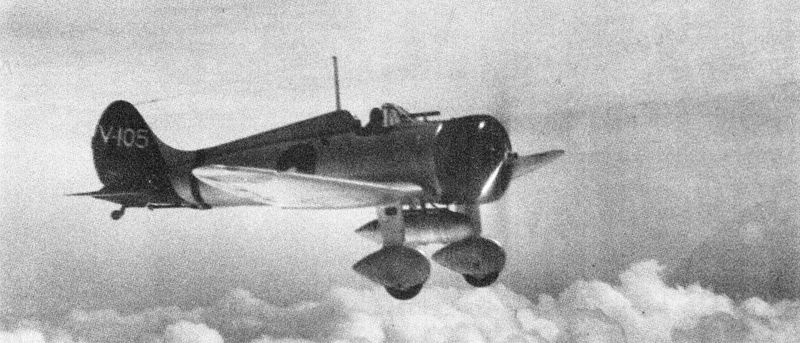
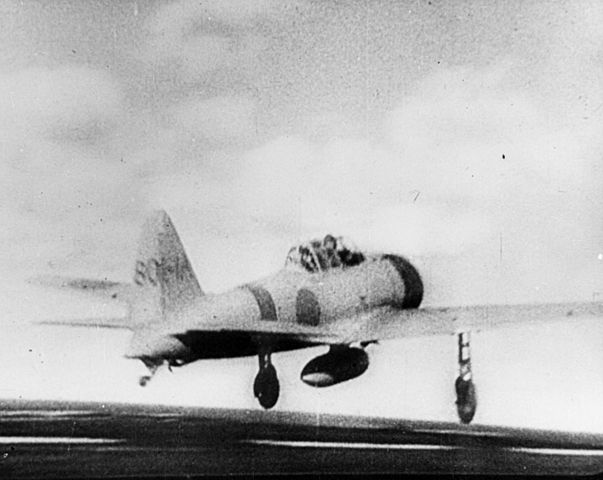
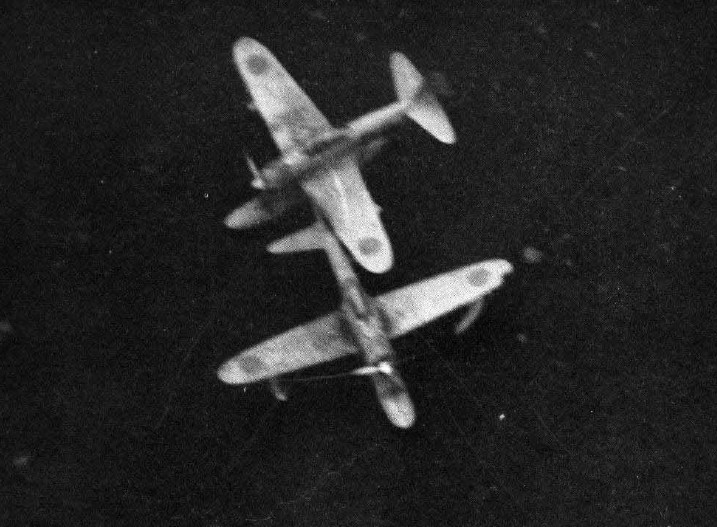
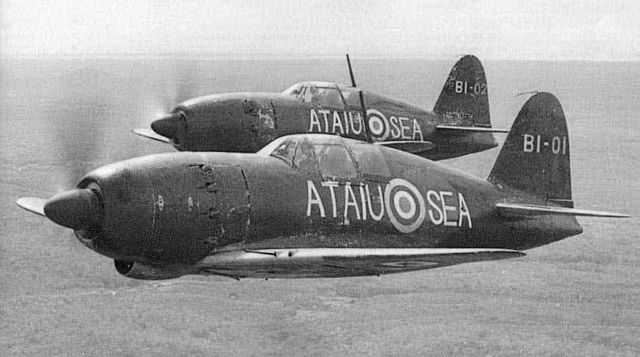
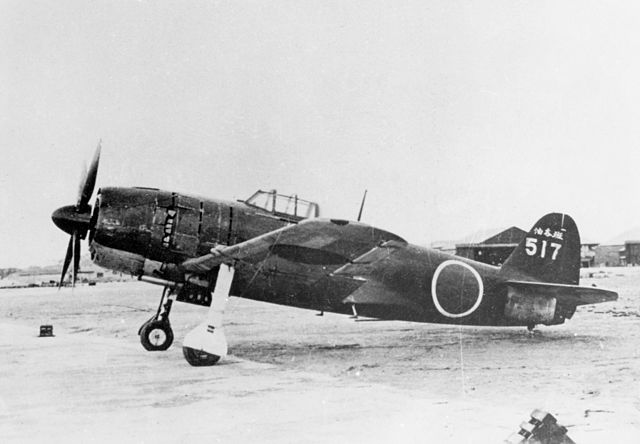
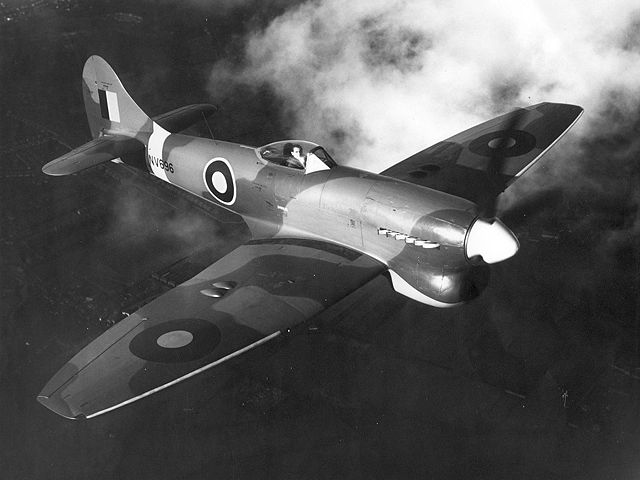
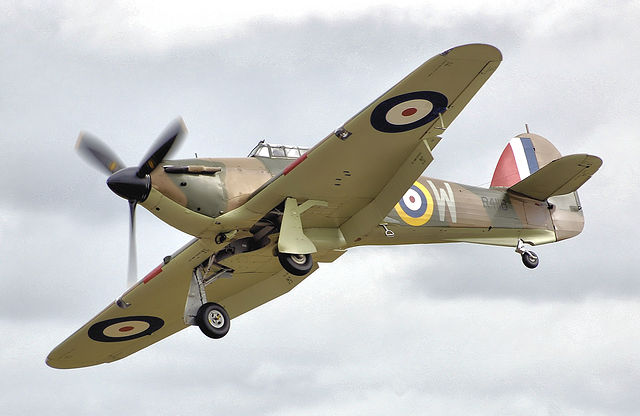
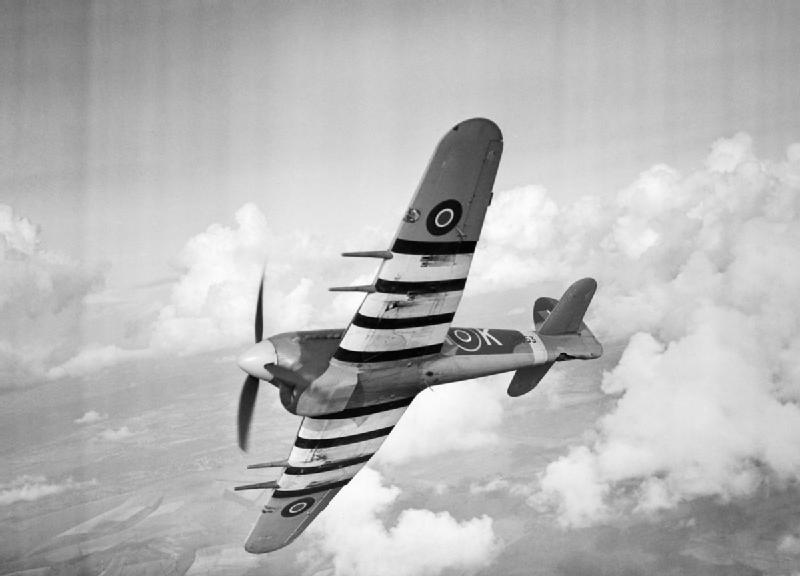
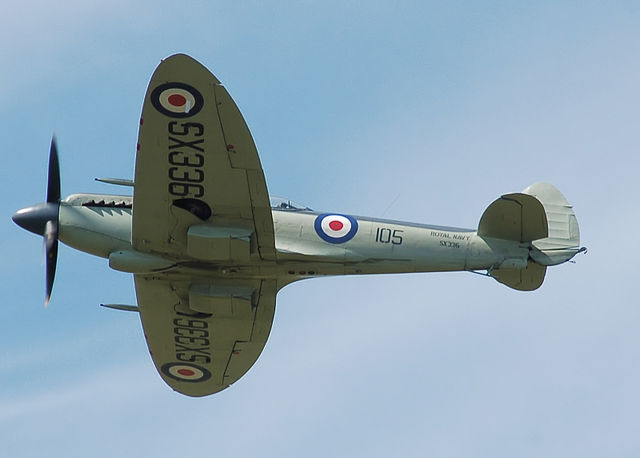
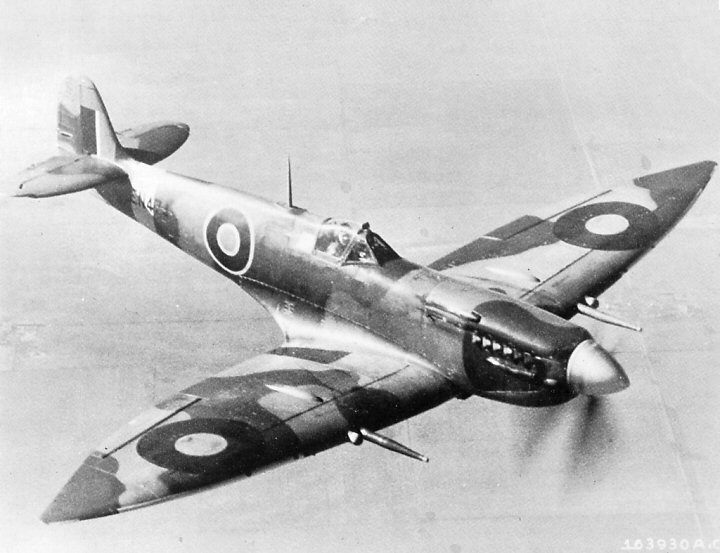
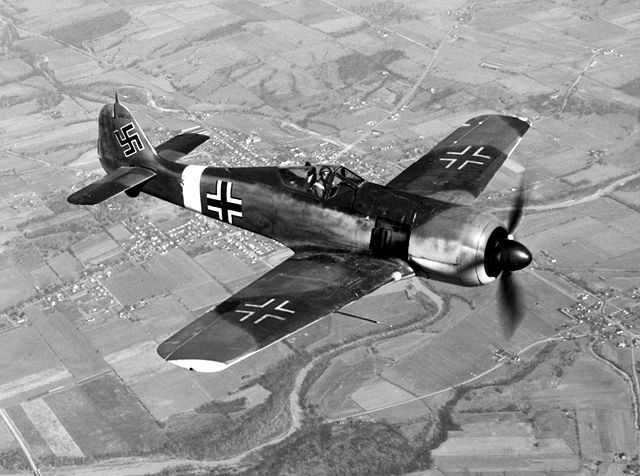
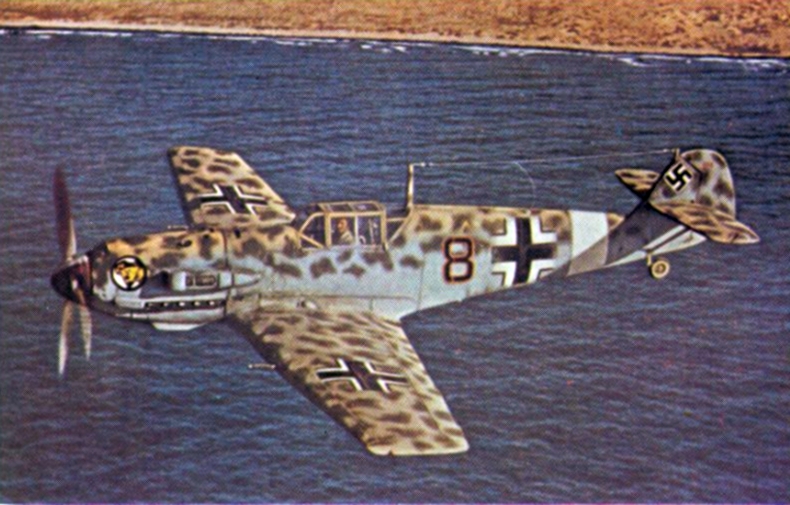
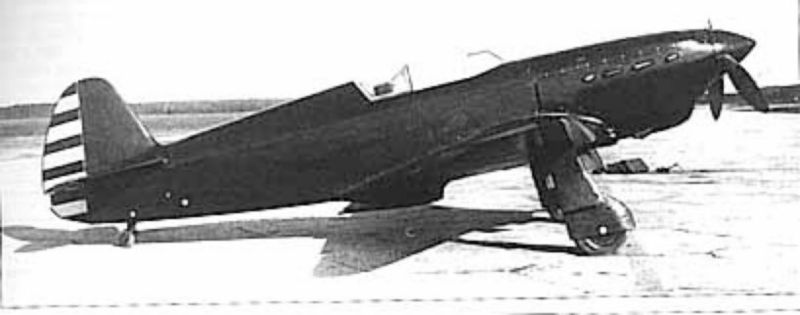
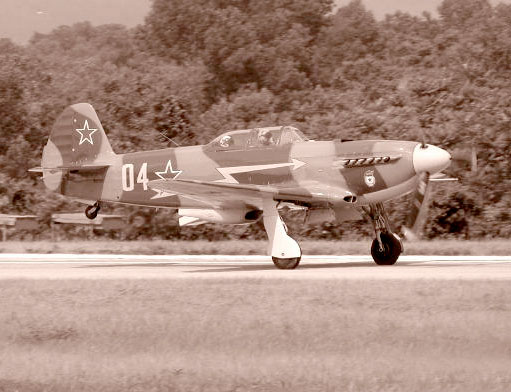
.jpg)
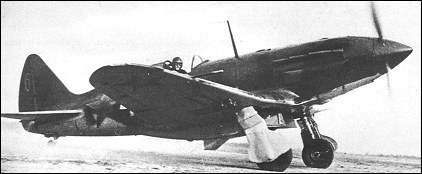
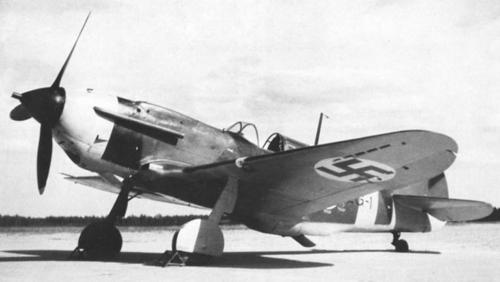
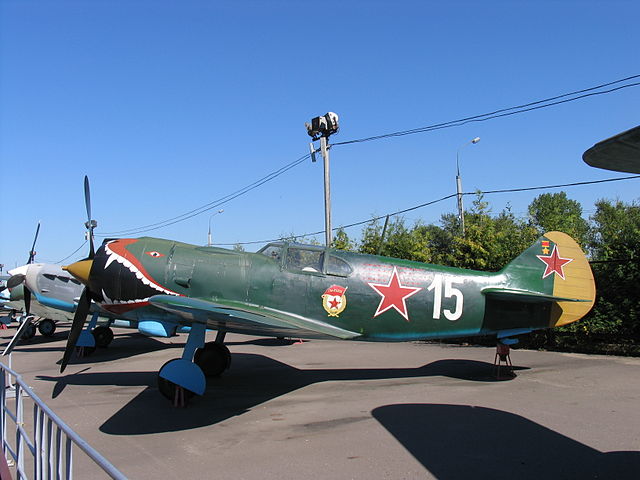
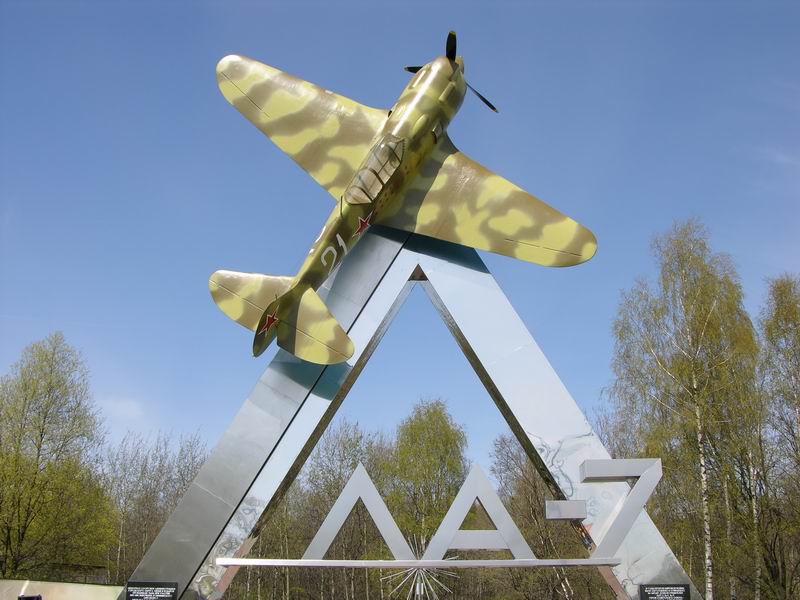
Max Climb Mass Max Bombs Max Engine Range # Year
speed mass alt Built
kph m/s ton ton ton km kWatt km
USA P-39 Airacobra 626 19.3 3.0 3.8 .2 10.7 1x 894 840 9588 1941
USA P-63 Kingcobra 660 12.7 3.1 4.9 .7 13.1 1x1340 725 3303 1943
USA F2A Buffalo 517 12.4 2.1 3.2 0 10.1 1x 890 1553 509 1939
USA P-40 Warhawk 580 11.0 2.8 4.0 .9 8.8 1x 858 1100 13738 1939
USA P-51 Mustang 703 16.3 3.5 5.5 .5 12.8 1x1111 2755 >15000 1942
USA F4F Wildcat 515 11.2 2.7 4.0 0 10.4 1x 900 1337 7885 1940
USA F6F Hellcat 629 17.8 4.2 7.0 1.8 11.4 1x1491 1520 12275 1943
USA F8F Bearcat 730 23.2 3.2 6.1 .5 12.4 1x1678 1778 1265 1945
USA P-43 Lancer 573 13.0 2.7 3.8 0 11.0 1x 895 1046 272 1941
USA P-47 Thunderbolt 713 16.2 4.5 7.9 1.1 13.1 1x1938 1290 15677 1942
USA F4U Corsair 717 22.1 4.2 5.6 1.8 12.6 1x1775 1617 12571 1942
Japan Zero 534 15.7 1.7 2.8 .3 10.0 1x 700 3104 10939 1940
Japan N1K Strong Wind 658 20.3 2.7 4.9 .5 10.8 1x1380 1716 1532 1943
Japan Ki-84 "Gale" 686 18.3 2.7 4.2 .7 11.8 1x1522 2168 3514 1943
Japan Ki-61 580 15.2 2.6 3.5 .5 11.6 1x 864 580 3078 1942
Japan Ki-100 580 13.9 2.5 3.5 0 11.0 1x1120 2200 396 1945
Japan A5M 440 1.2 1.8 0 9.8 1x 585 1200 1094 1936
Japan A6M2 436 12.4 1.9 2.9 .1 10.0 1x 709 1782 327 1942
Japan J2M Thunderbolt 655 23.4 2.8 3.2 .1 11.4 1x1379 560 671 1942
Japan Ki-27 470 15.3 1.1 1.8 .1 12.2 1x 485 627 3368 1937
Japan Ki-43 530 1.9 2.9 .5 11.2 1x 858 1760 5919 1941
Japan Ki-44 605 19.5 2.1 3.0 0 11.2 1x1133 1225 1942
UK Hawker Hurricane 547 14.1 2.6 4.0 .5 11.0 1x 883 965 14583 1943
UK Hawker Tempest 700 23.9 4.2 6.2 .9 11.1 1x1625 1190 1702 1944
UK Hawker Typhoon 663 13.6 4.0 6.0 .9 10.7 1x1685 821 3317 1941
UK Submarine Seafire 578 13.4 2.8 3.5 9.8 1x1182 825 2334 1942
UK Submarine Spitfire 595 13.2 2.3 3.0 0 11.1 1x1096 756 20351 1938
Ger. Fw-190 685 17.0 3.5 4.8 .5 12.0 1x1287 835 >20000 1941
Ger. Bf-109 640 17.0 2.2 3.4 .3 12.0 1x1085 850 34826 1937
SU MiG-3 640 13.0 2.7 3.4 .2 12.0 1x 993 820 3172 1941
SU Yak-1 592 15.4 2.4 2.9 0 10.0 1x 880 700 8700 1940
SU Yak-3 655 18.5 2.1 2.7 0 10.7 1x 970 650 4848 1944
SU Yak-7 571 12.0 2.4 2.9 0 9.5 1x 780 643 6399 1942
SU Yak-9 672 16.7 2.5 3.2 0 10.6 1x1120 675 16769 1942
SU LaGG-3 575 14.9 2.2 3.2 .2 9.7 1x 924 1000 6528 1941
SU La-5 648 16.7 2.6 3.4 .2 11.0 1x1385 765 9920 1942
SU La-7 661 15.7 3.3 .2 10.4 1x1230 665 5753 1944
SU Polykarpov I-16 525 14.7 1.5 2.1 .5 14.7 1x 820 700 8644 1934
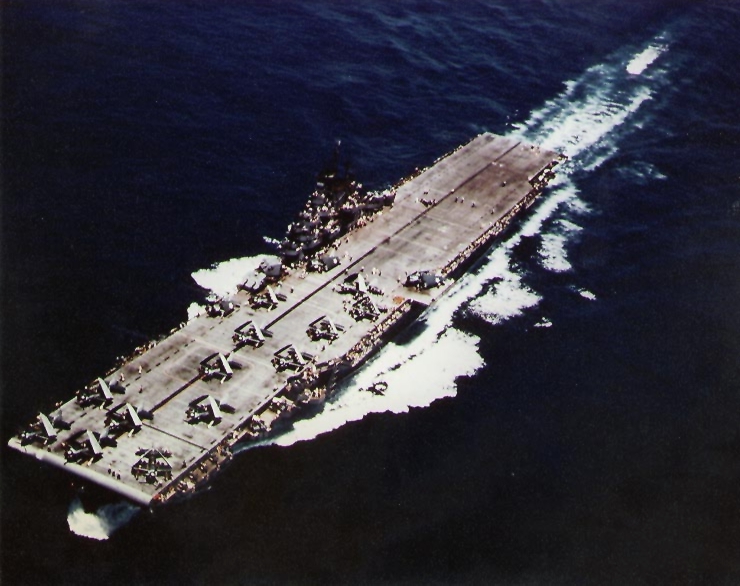
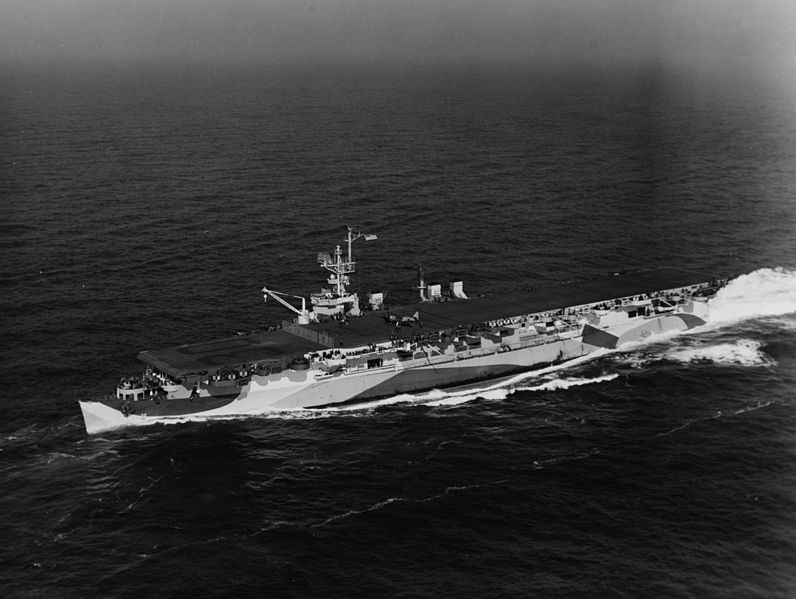
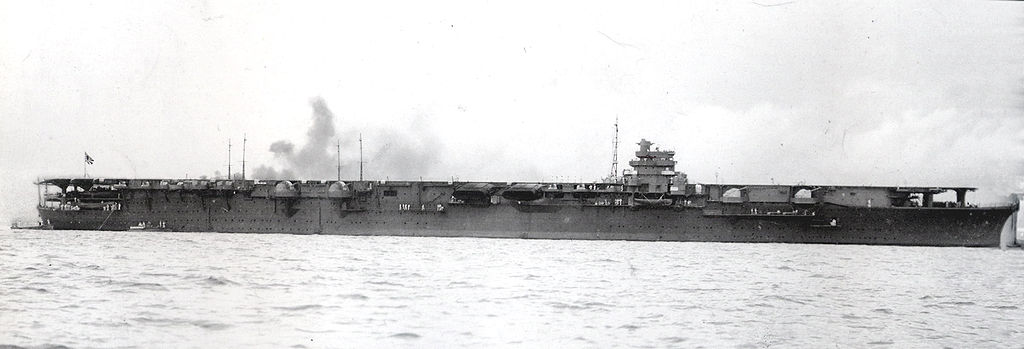
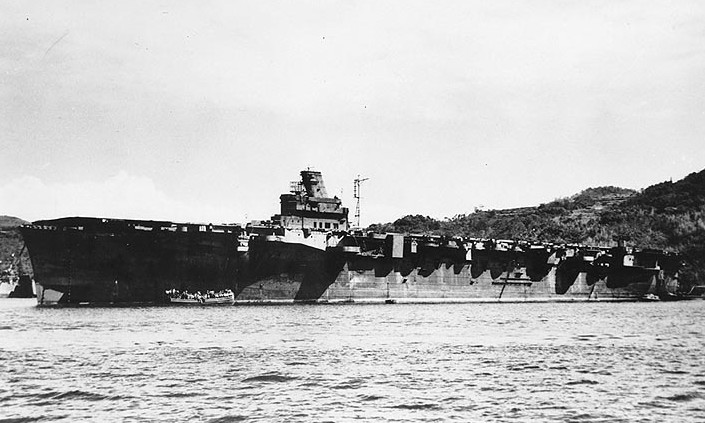
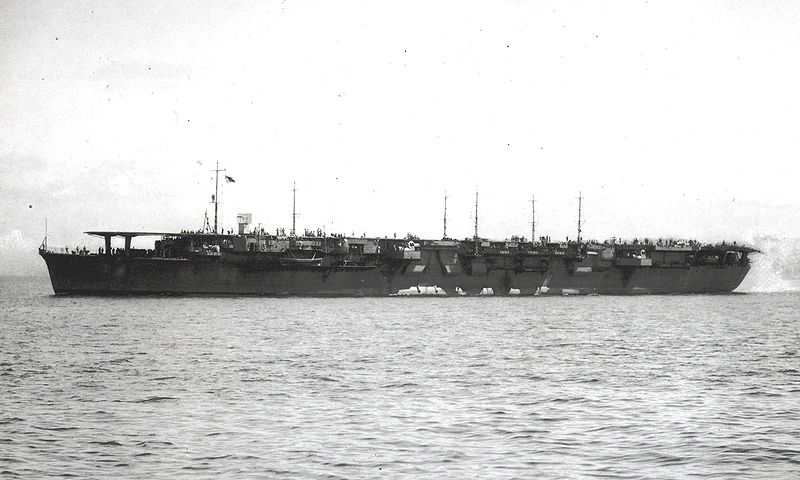
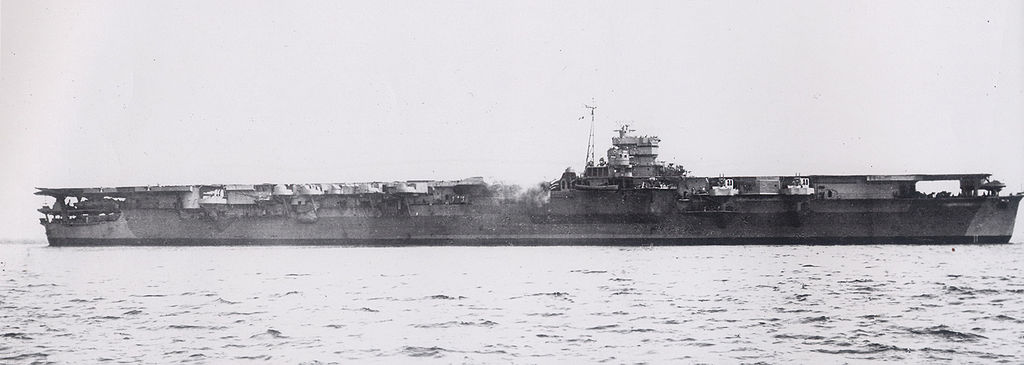

Class Speed Power Length Displace Planes # Year
kph MWatt m kton built
USA Essex 60.6 110 263 47 100 24 1942
USA Independence 58 75 190 11 33 9 1942
Japan Shokaku 63.9 120 257.5 32.1 72 2 1941
Japan Hiyo 47.2 42 219.3 24.2 53 3 1944
Japan Unryu 63 113 227.4 17.8 65 3 1944
Japan Chitose 53.5 42.4 192.5 15.5 30 2 1944
Japan Zuiho 52 39 205.5 11.4 30 2 1940

.jpg)
.jpg)

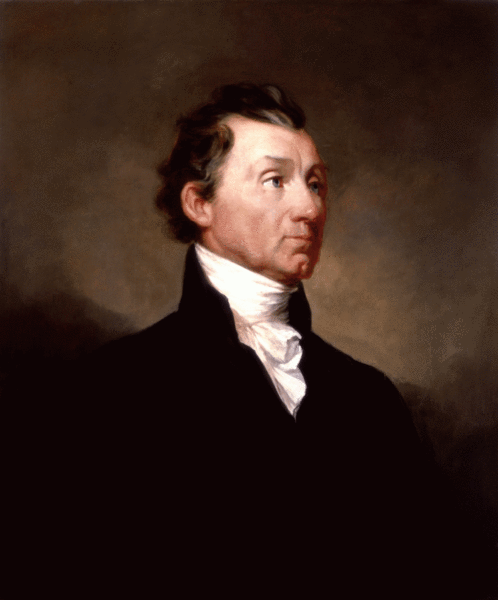

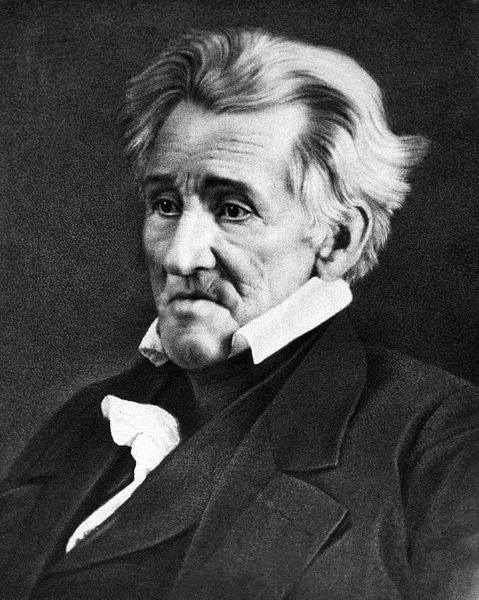
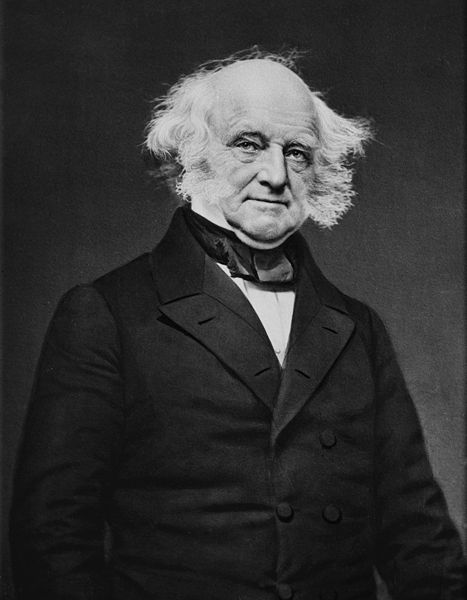

.jpg)

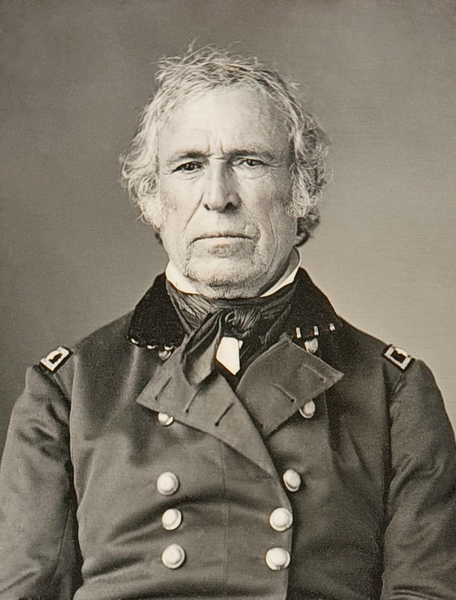
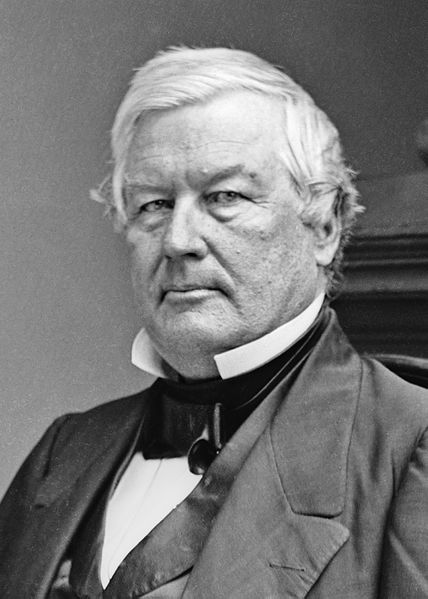
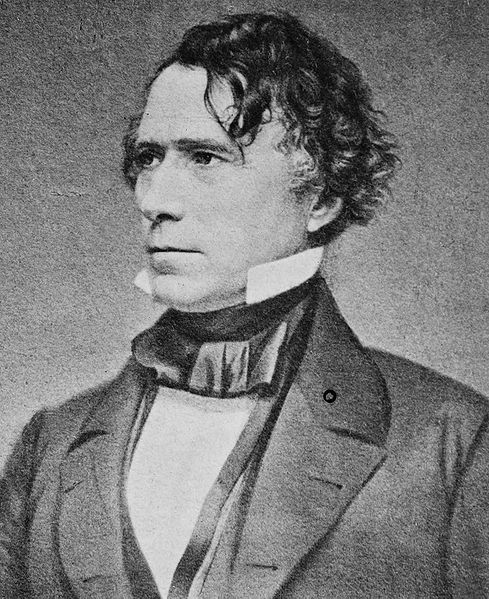
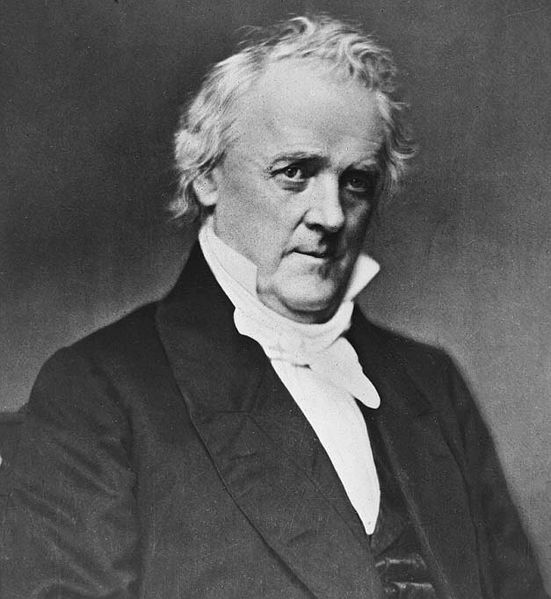
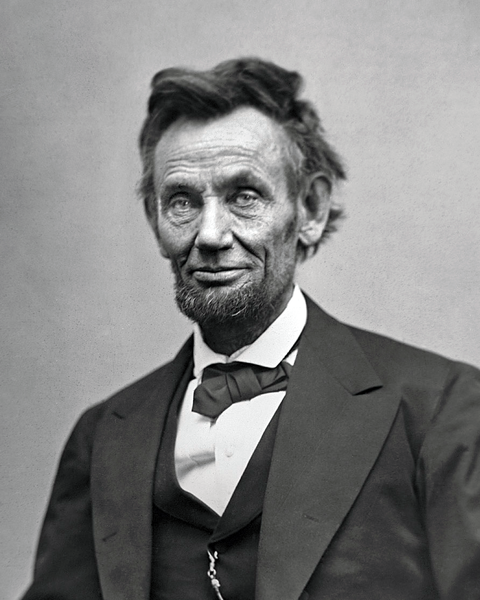
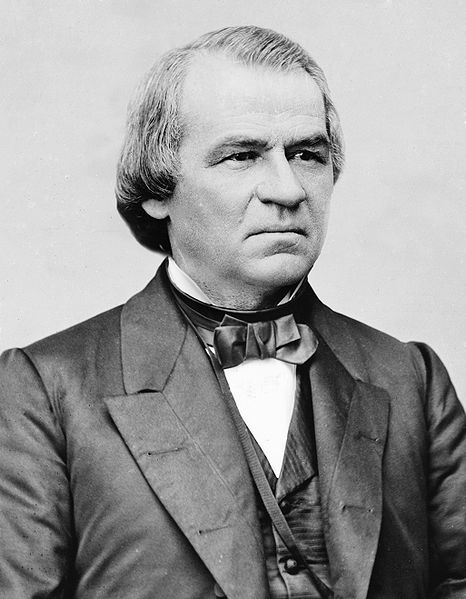
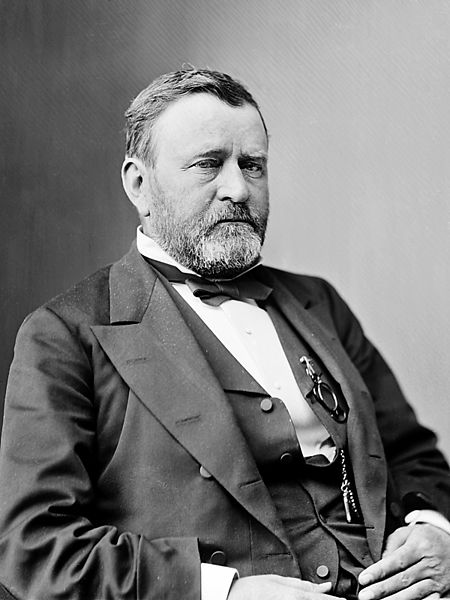

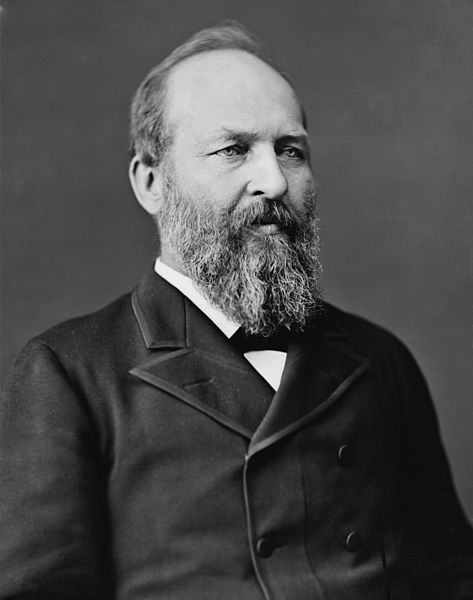
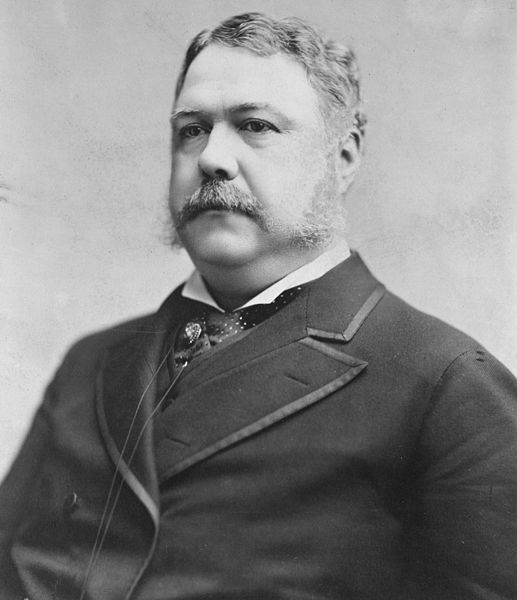
.jpg)
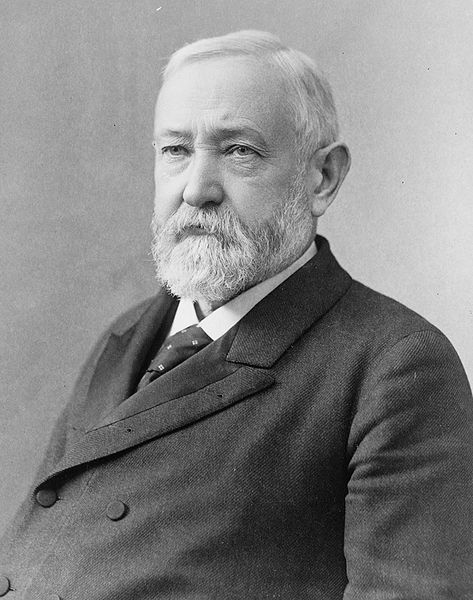
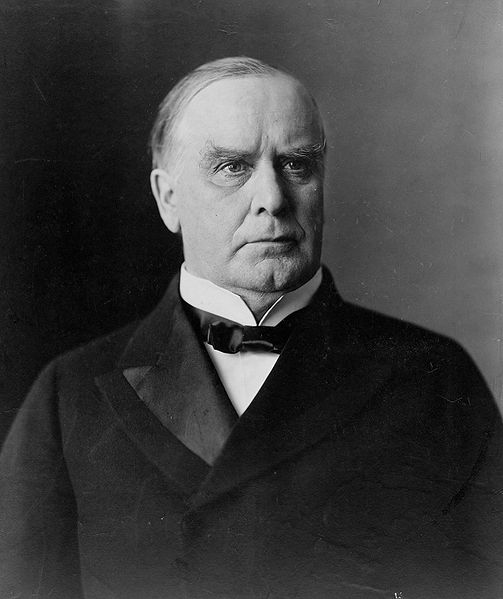
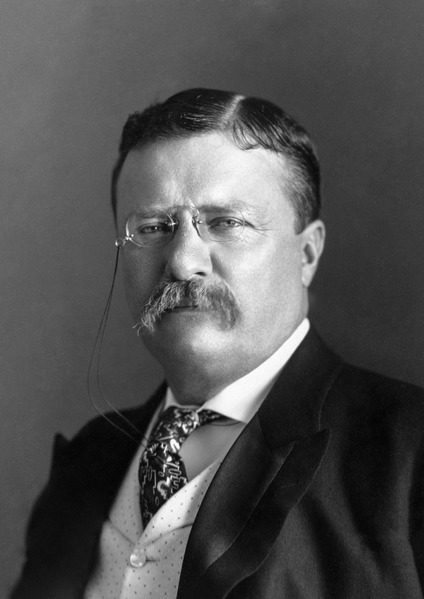
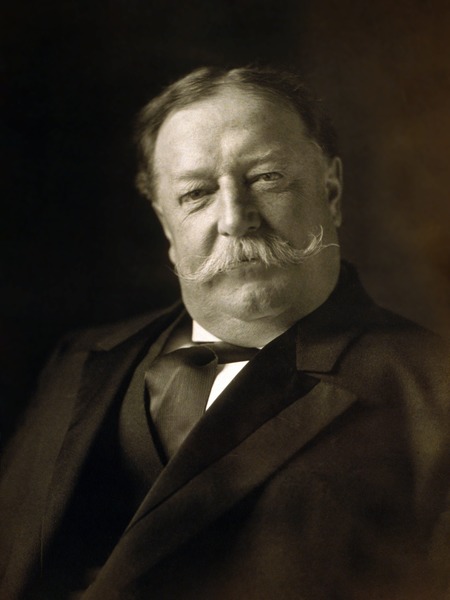
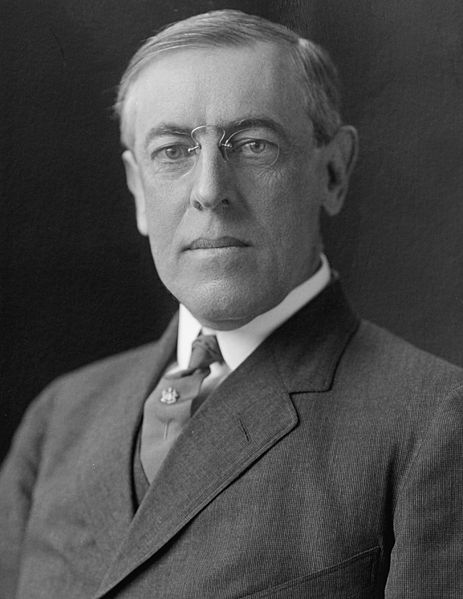
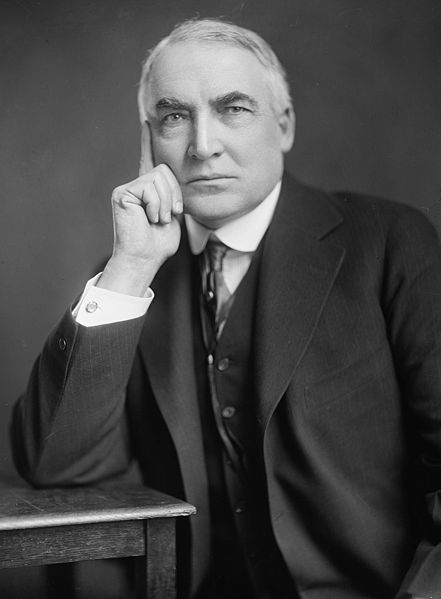
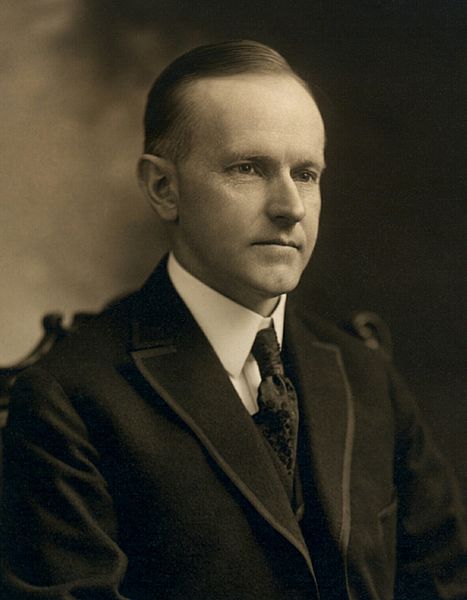
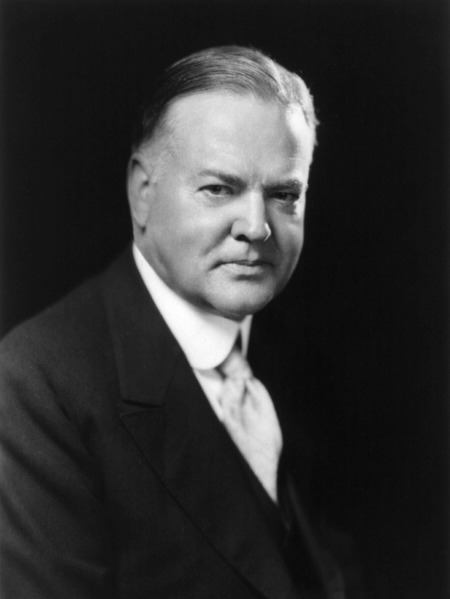
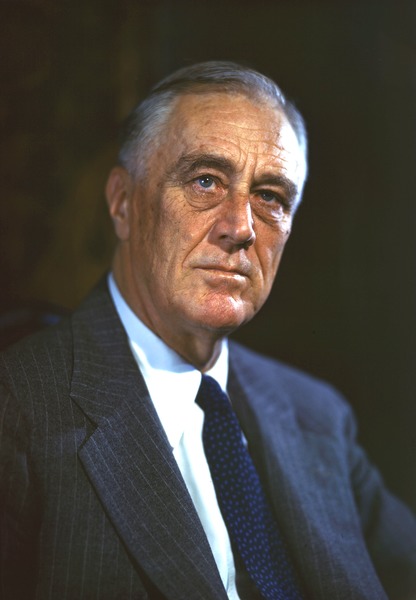
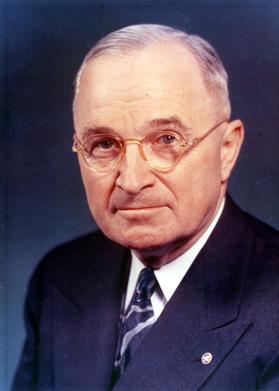
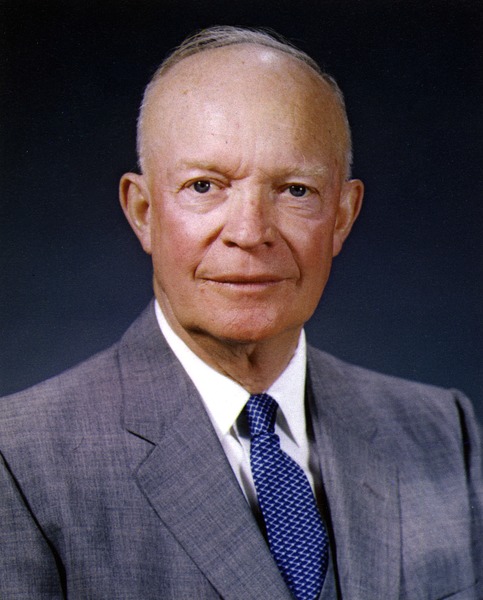

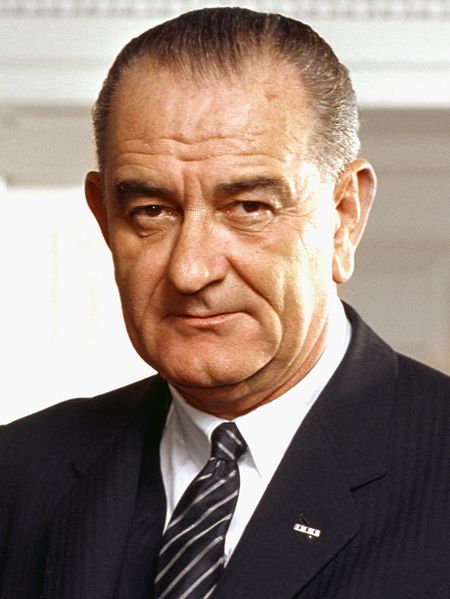
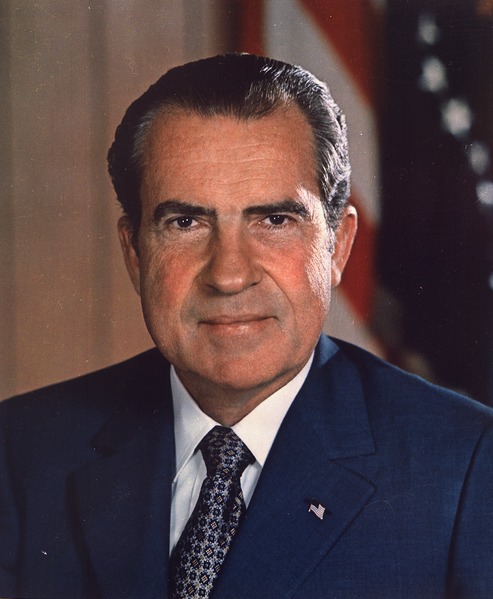
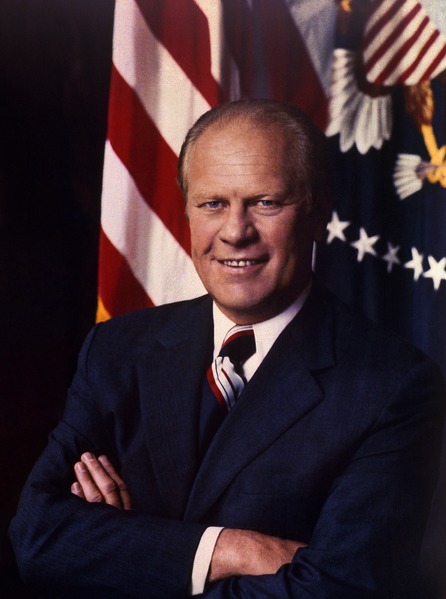
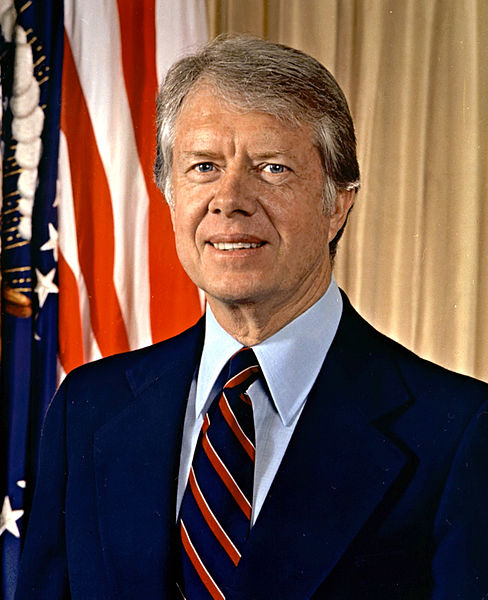
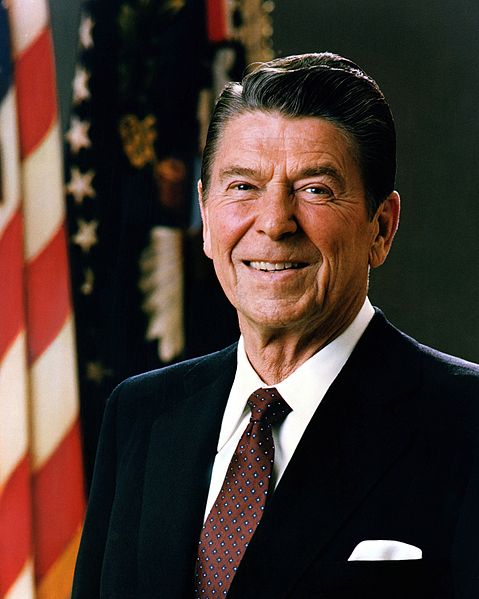
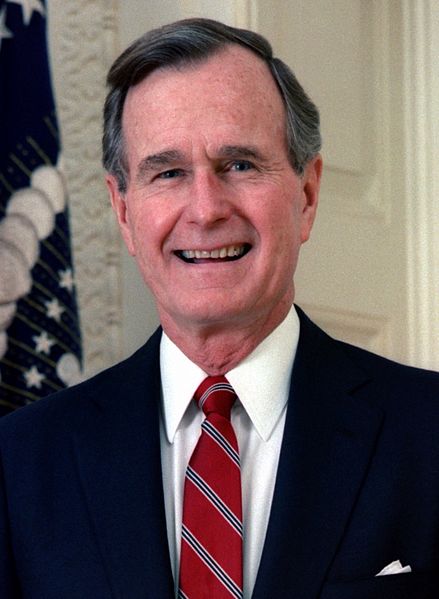
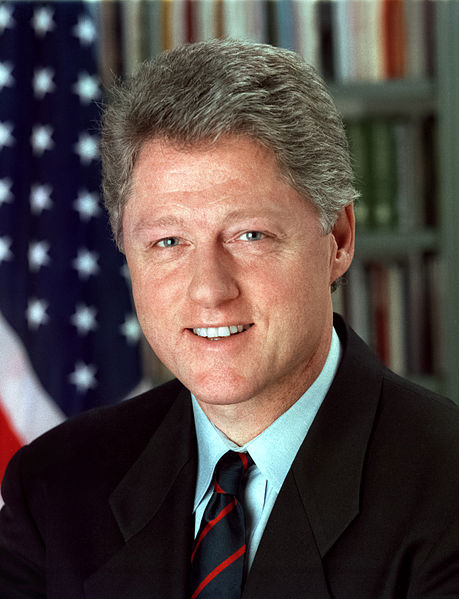
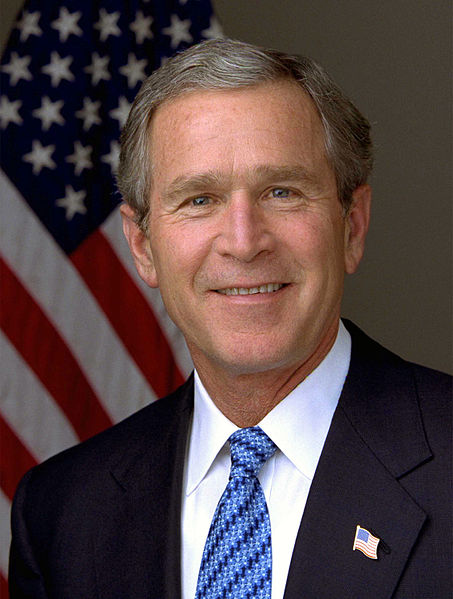
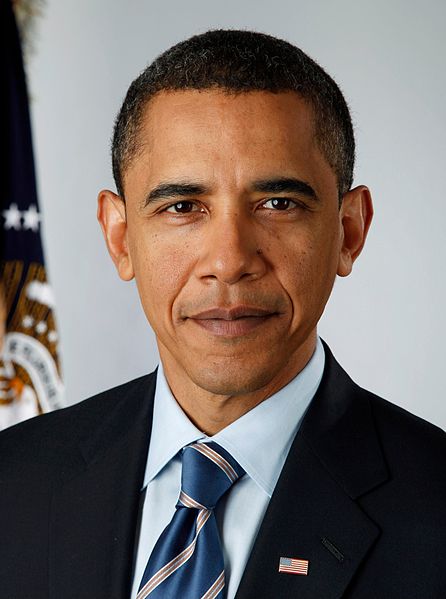
.jpg)
Hunters Deaths
Michigan 800000 0
Pennsylvania 750000 1
New York 600000 0
Wisconsin 589830 0
West Virginia 250000 0
Maine 224039 0
Total 3213869 1

© Jason Maron, all rights reserved.